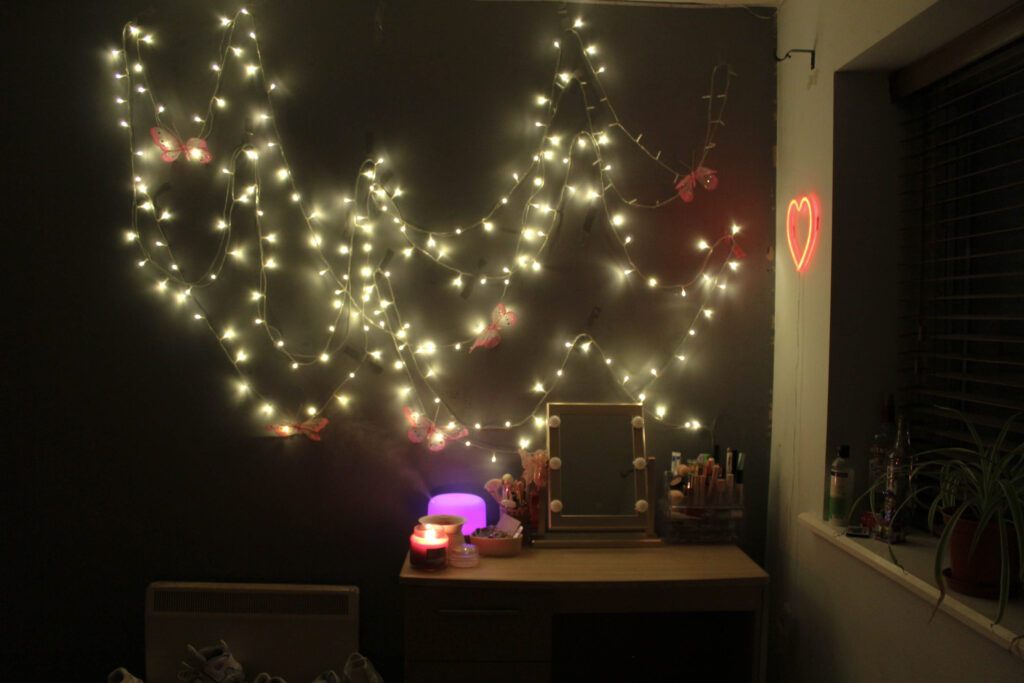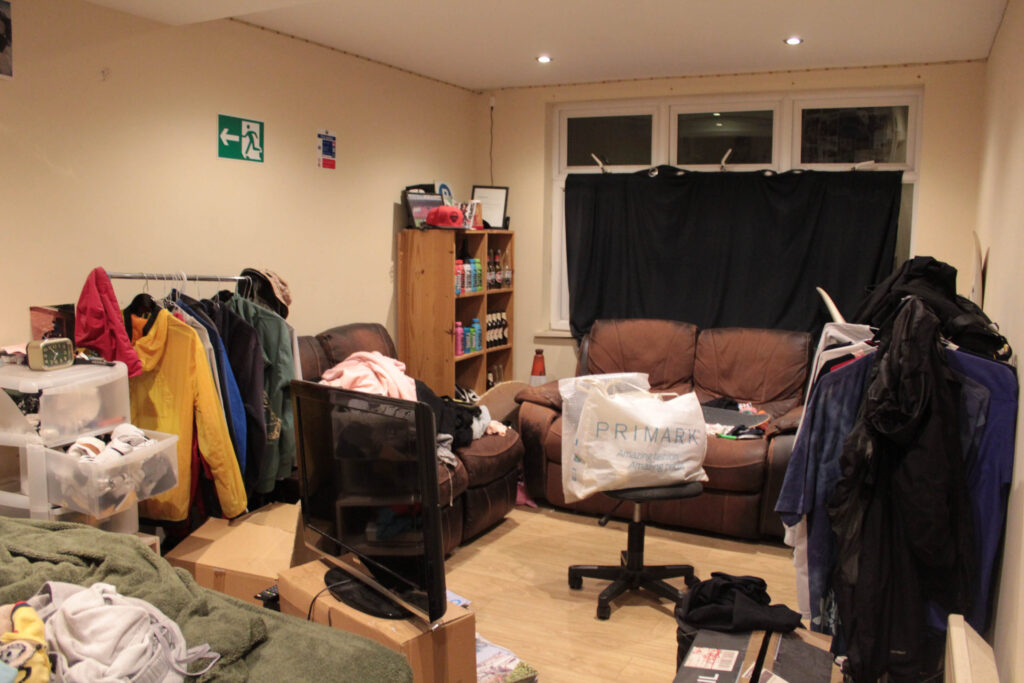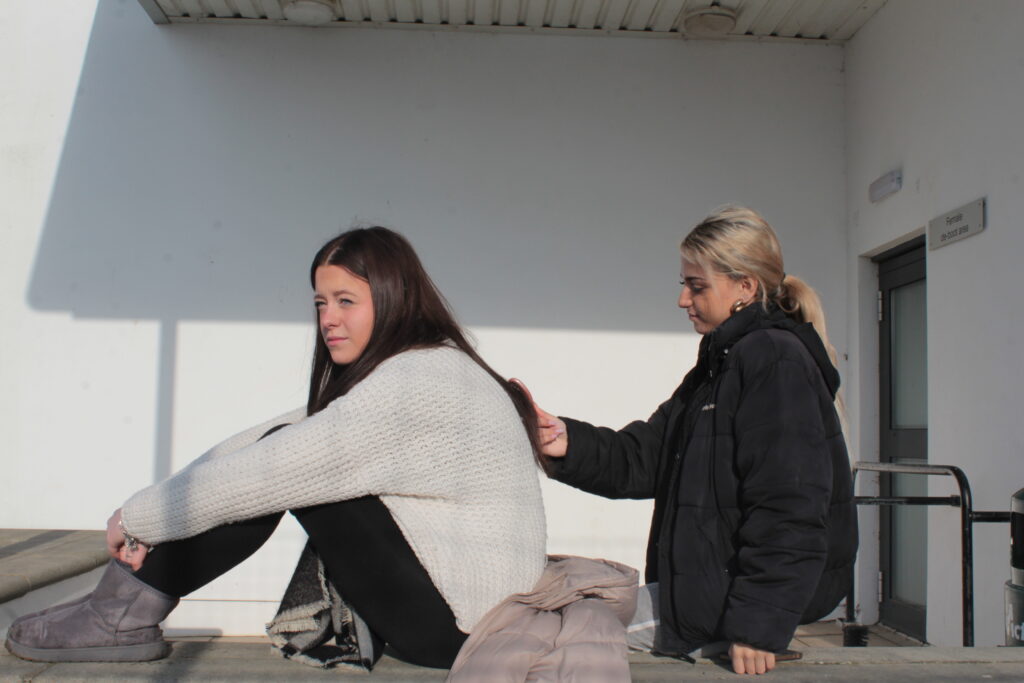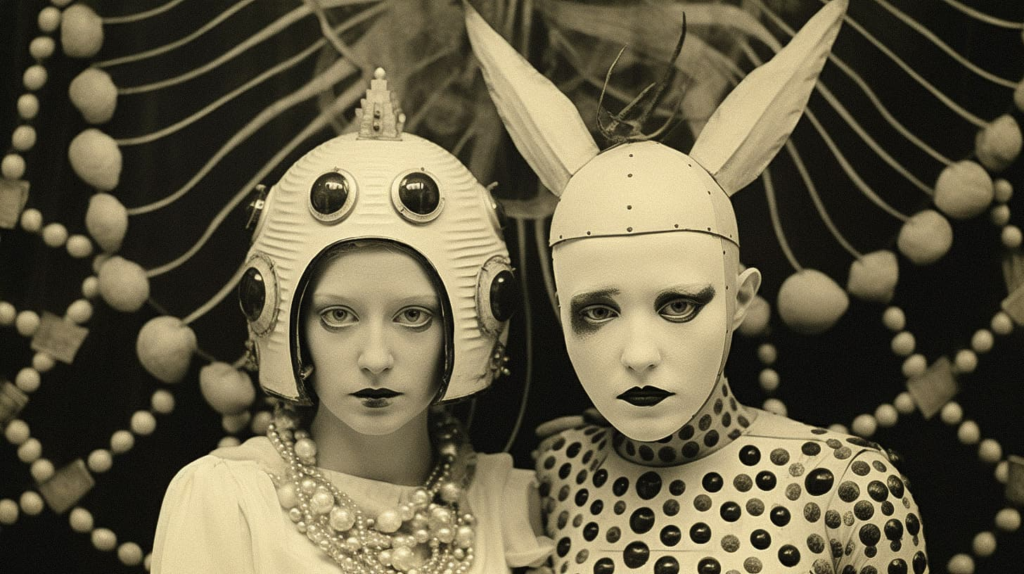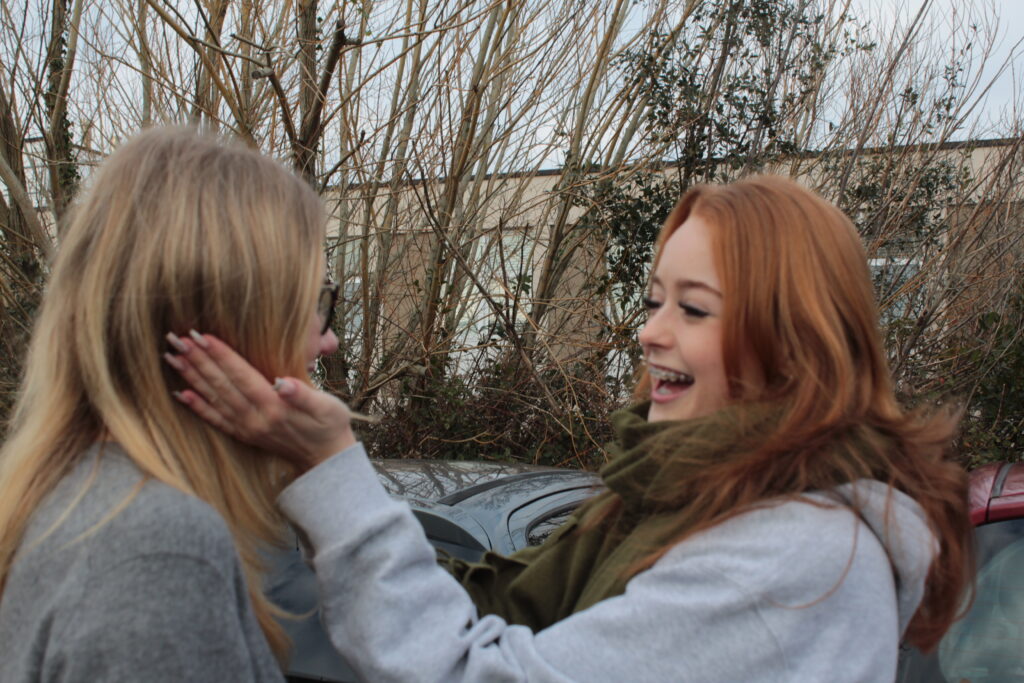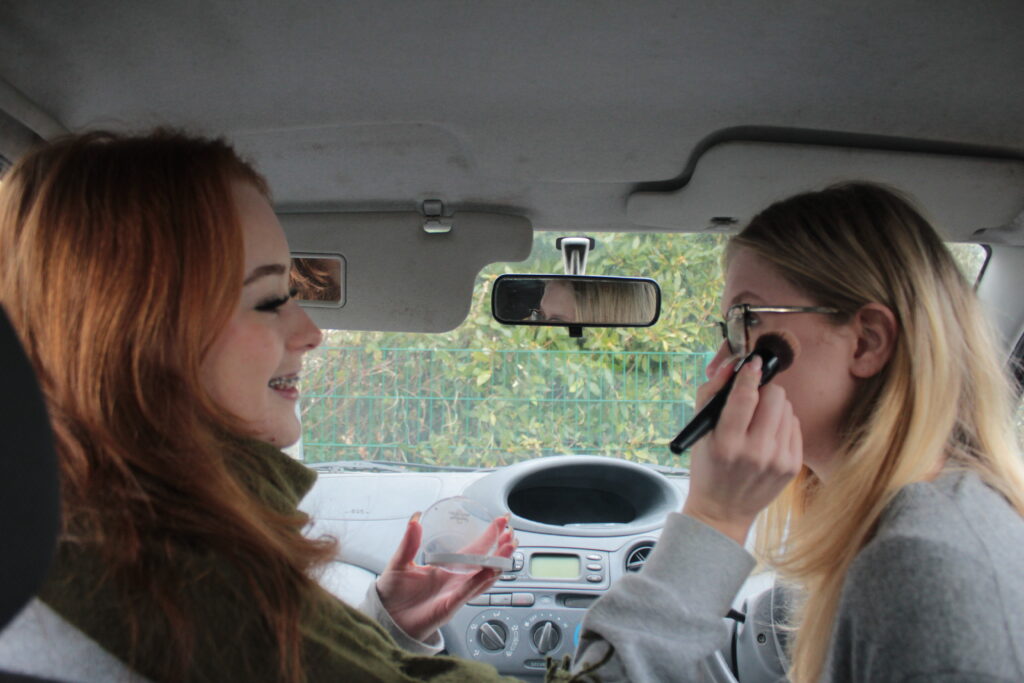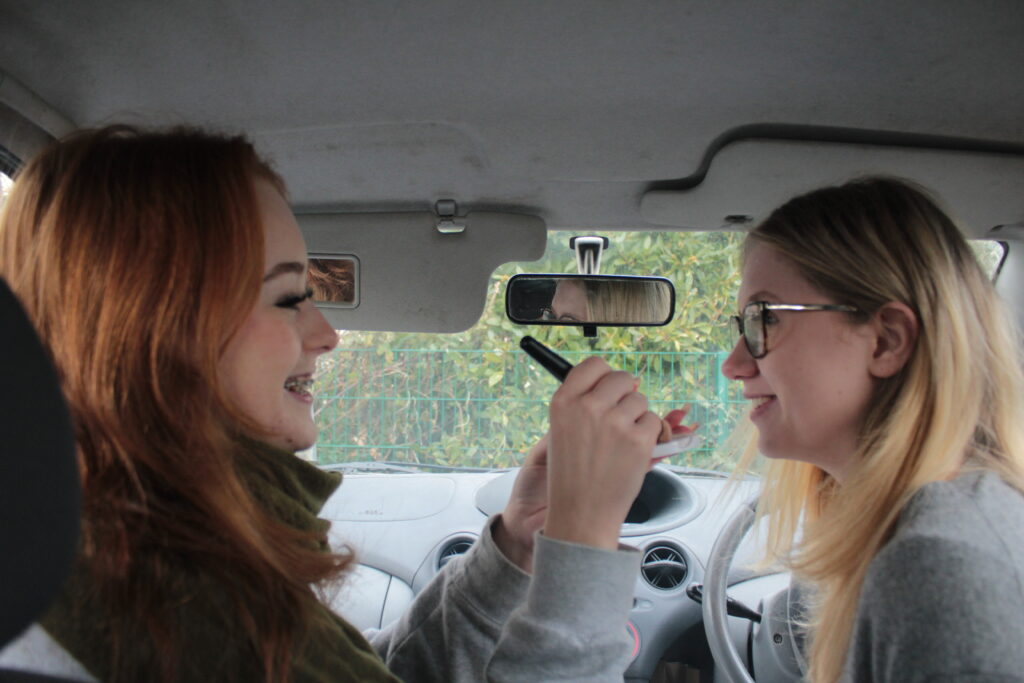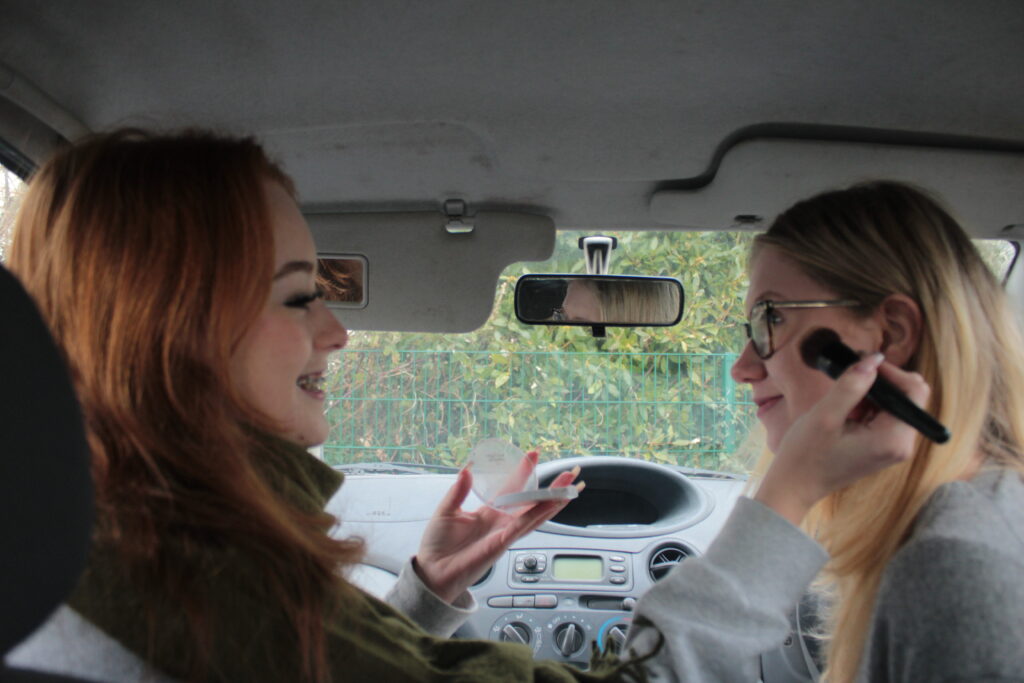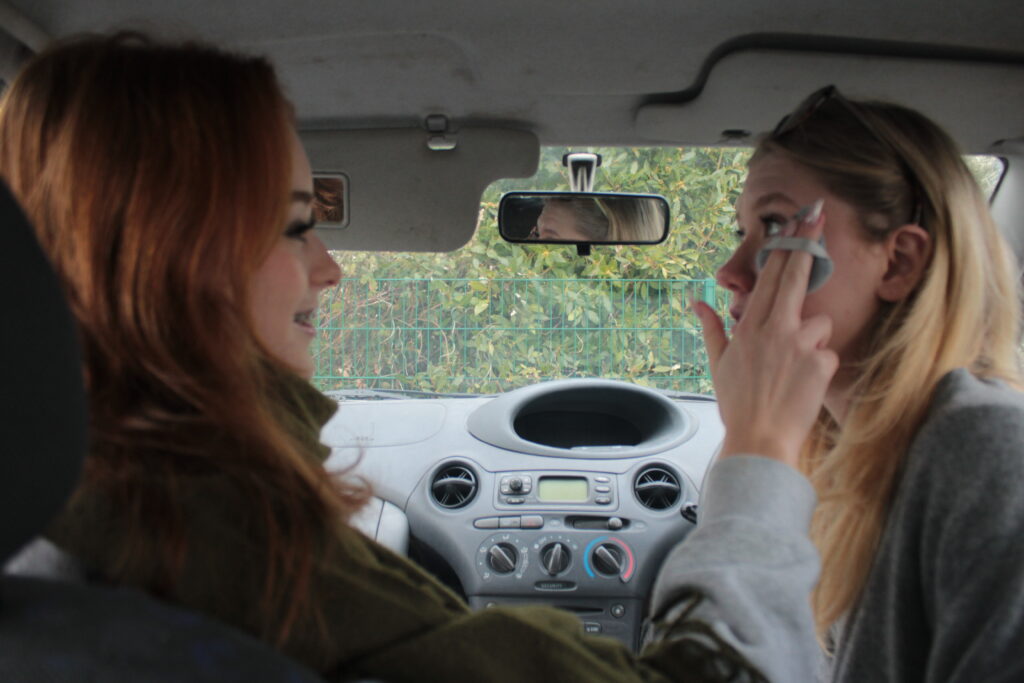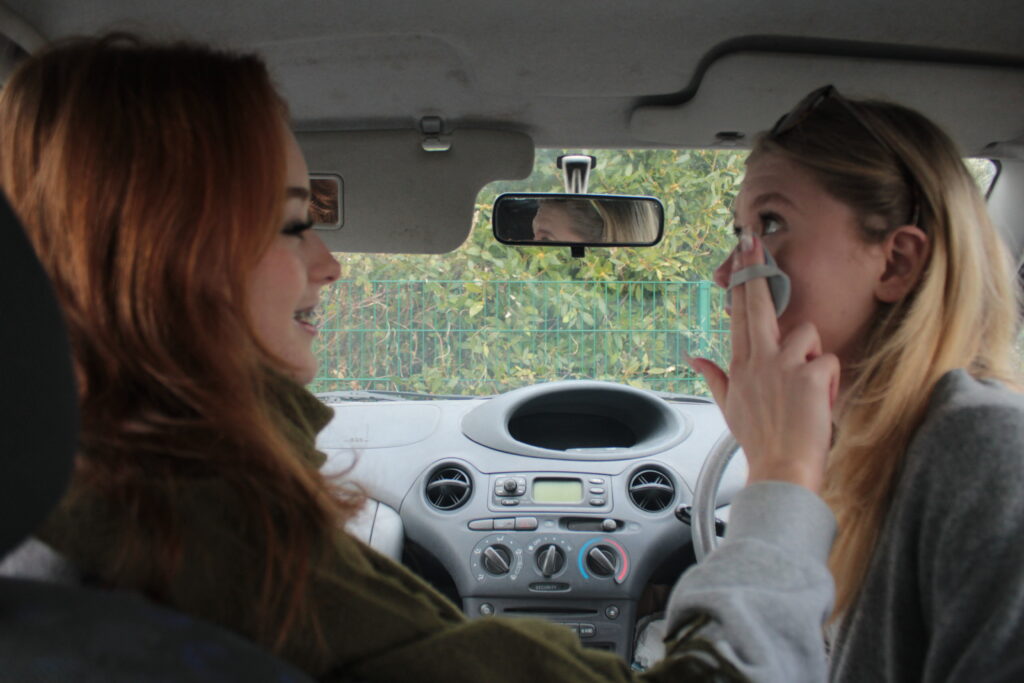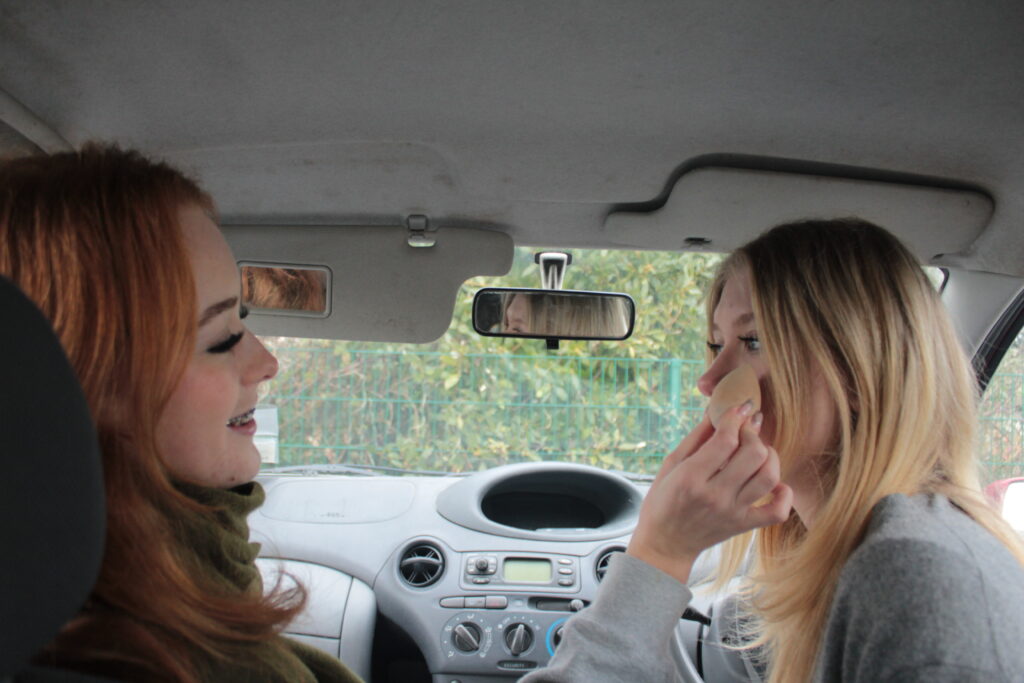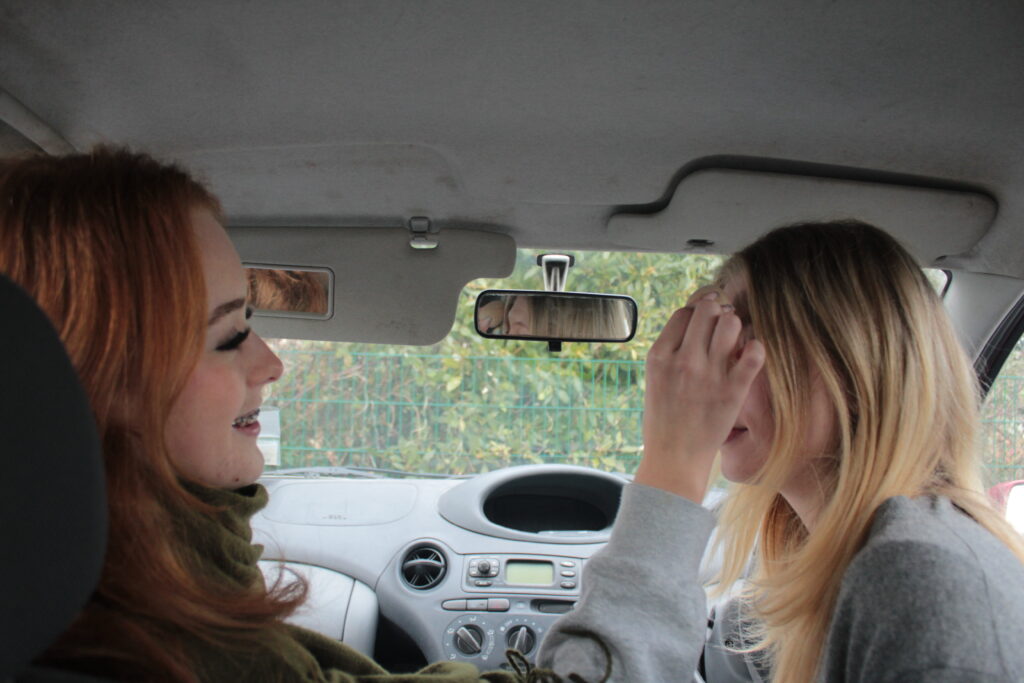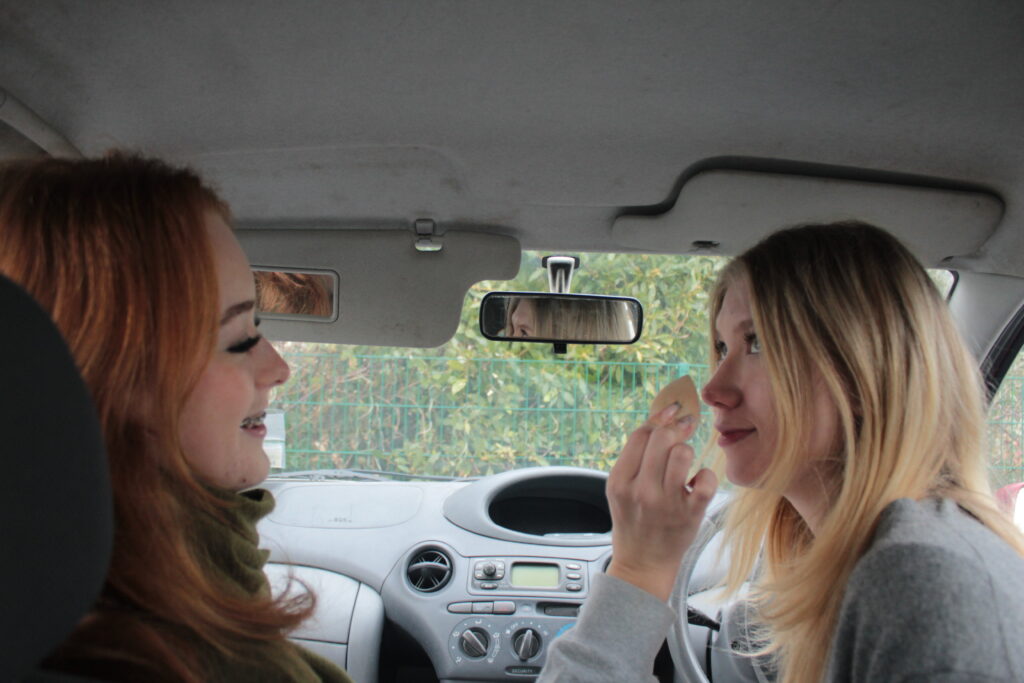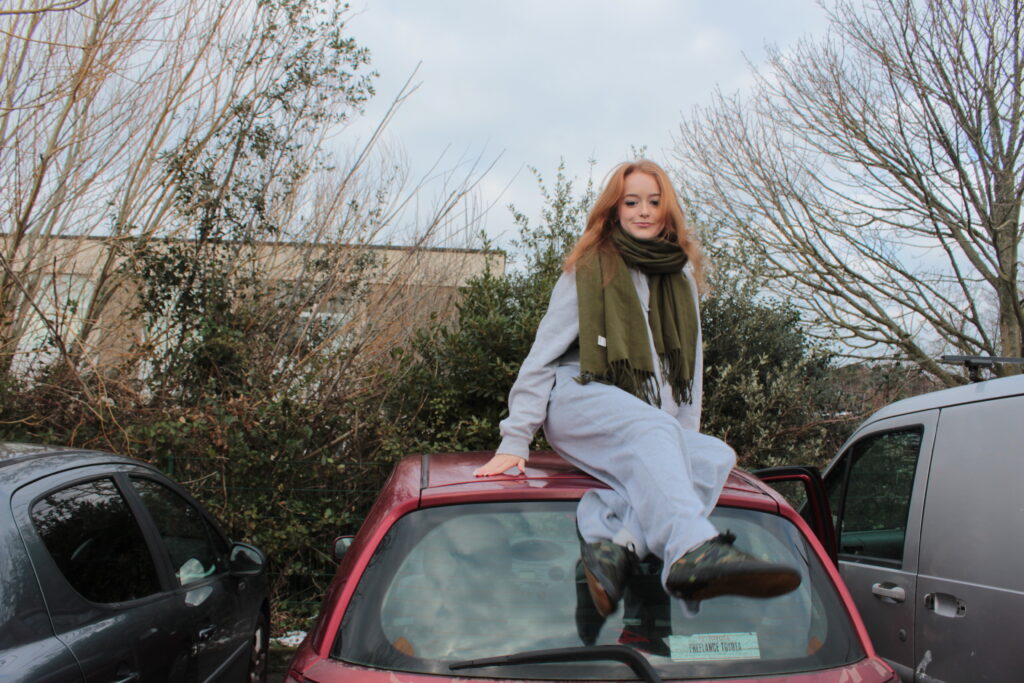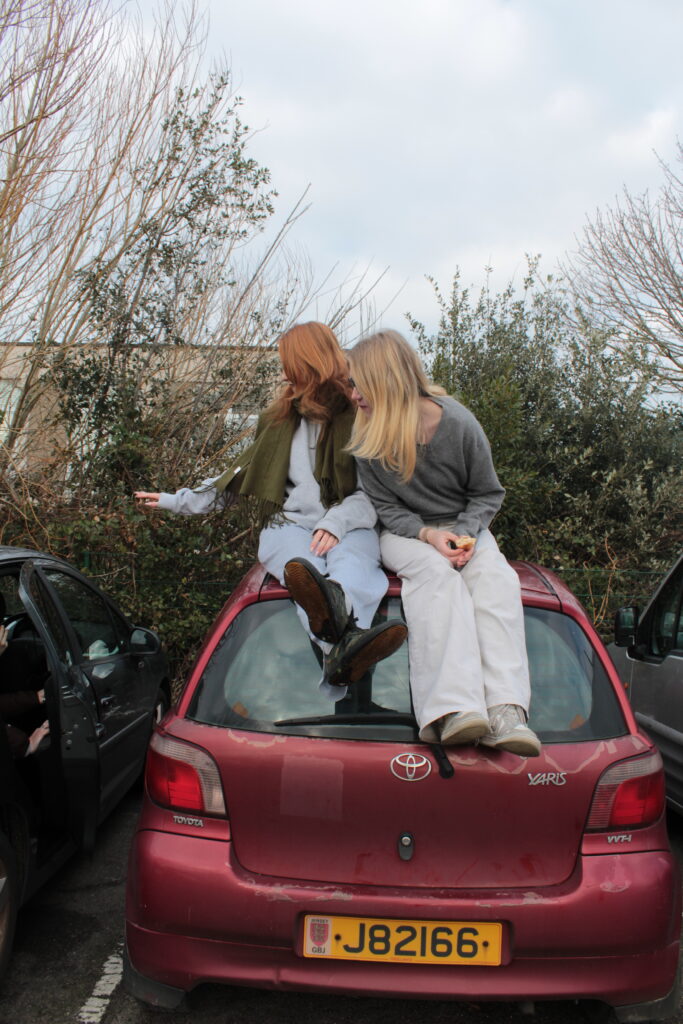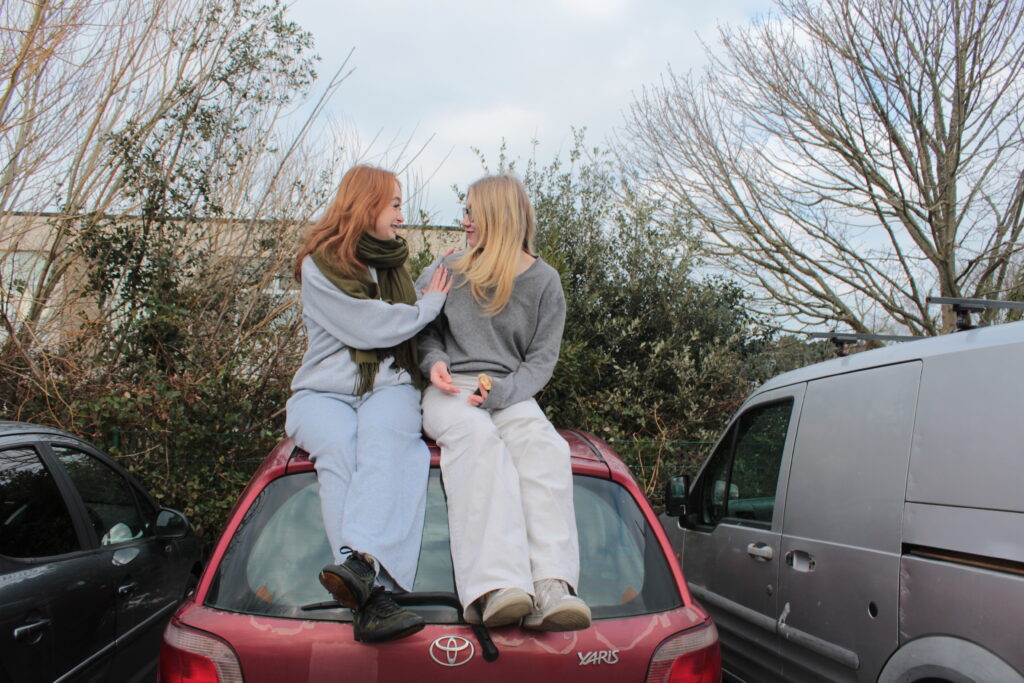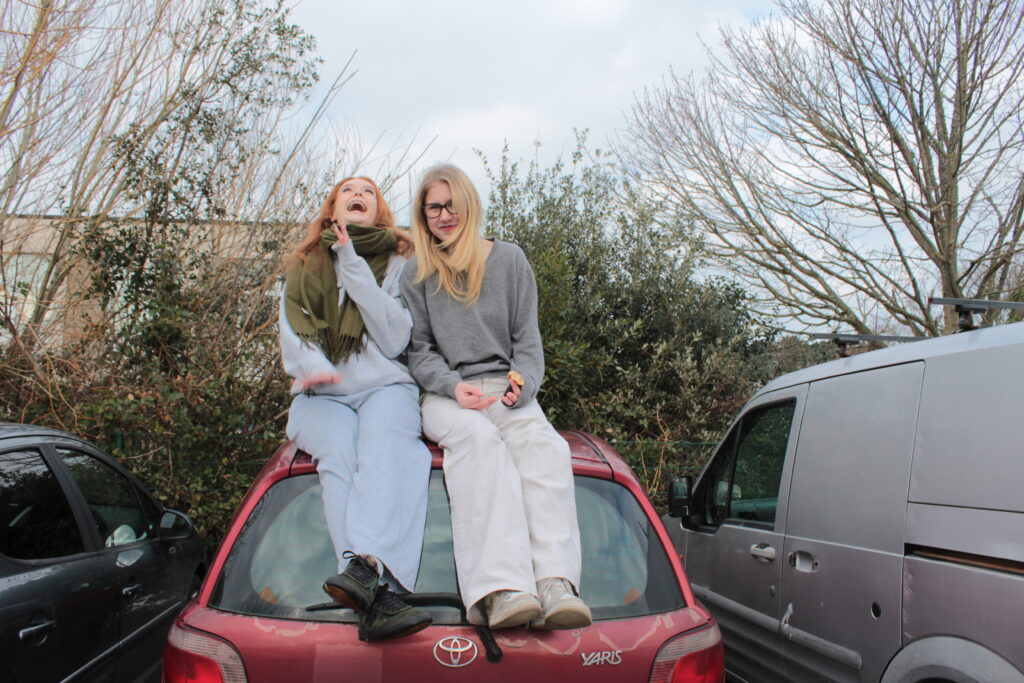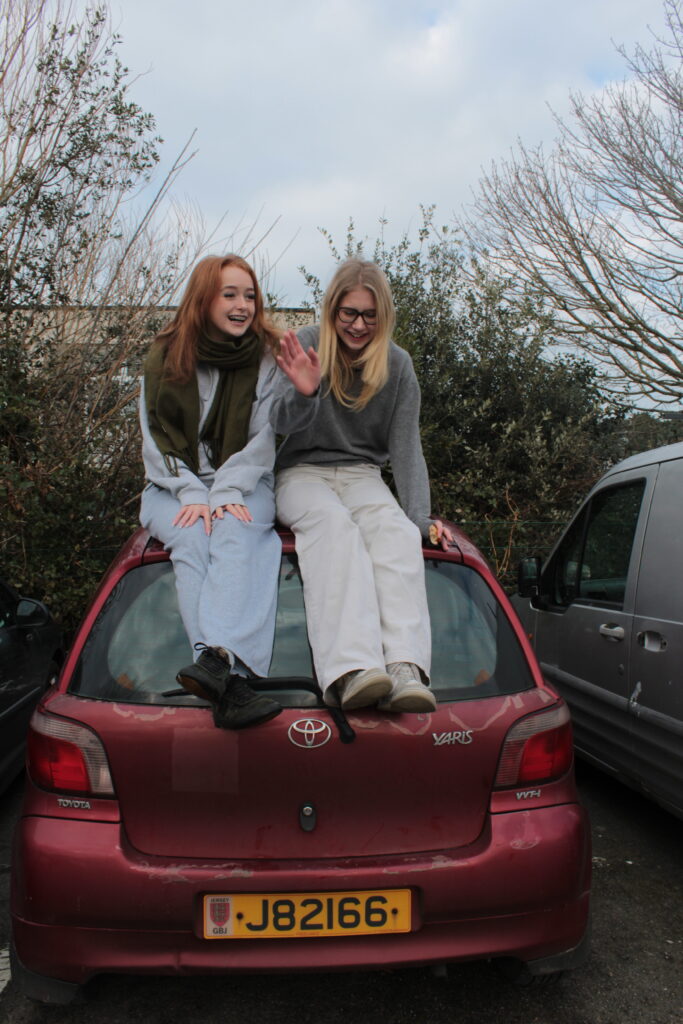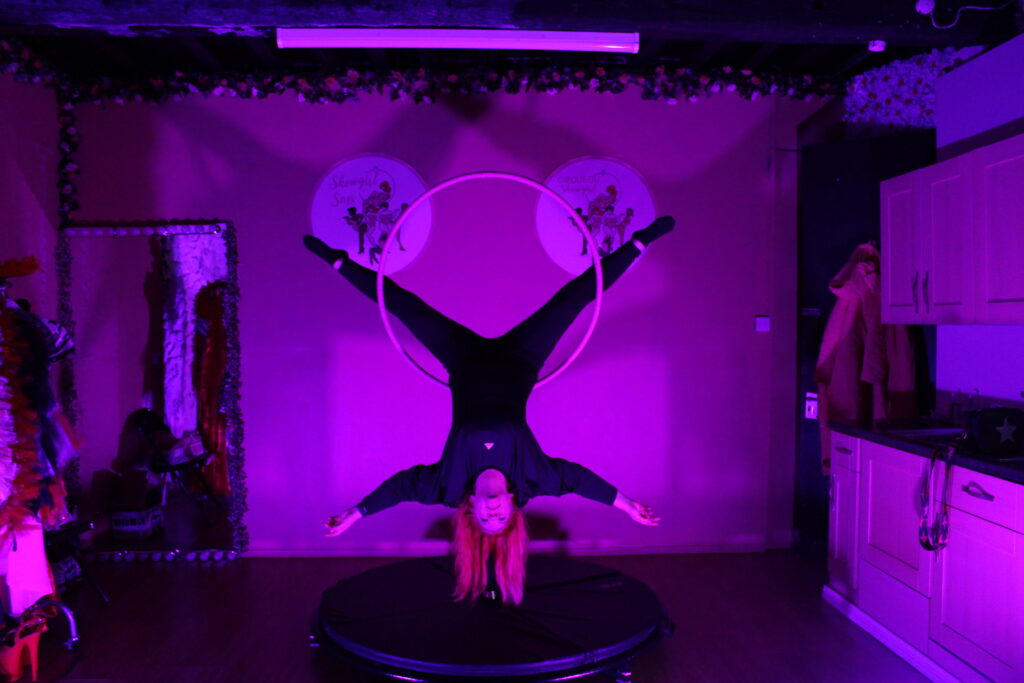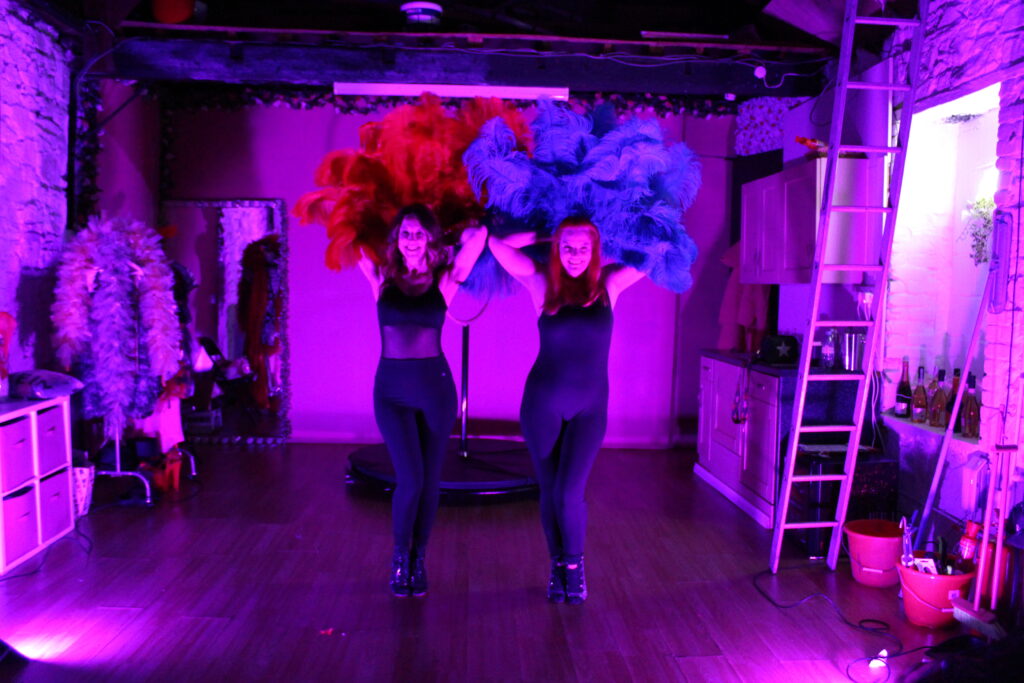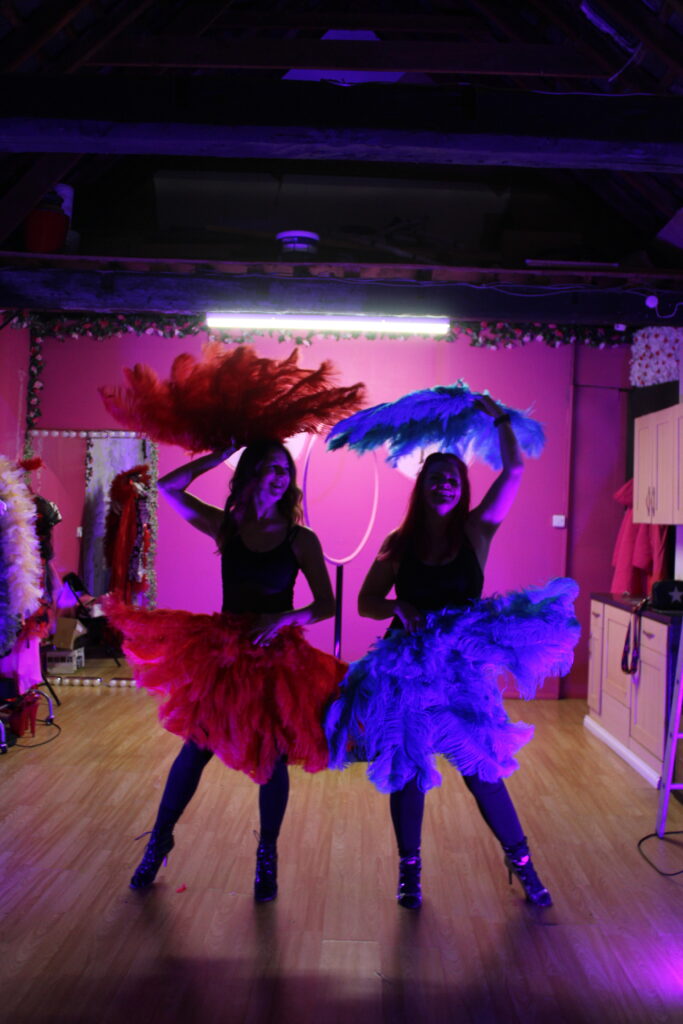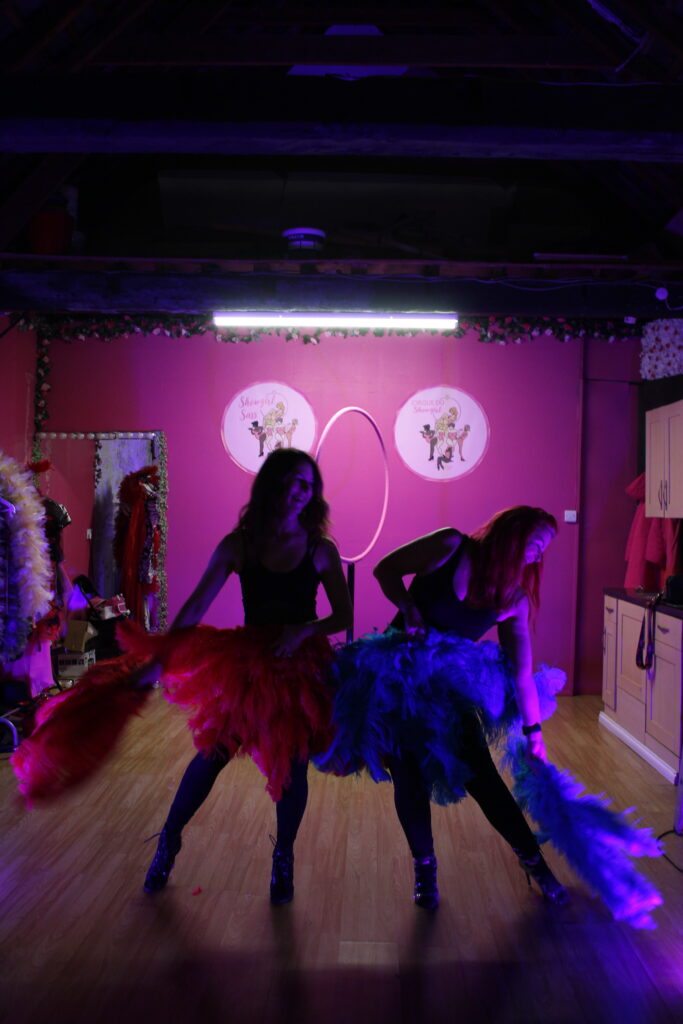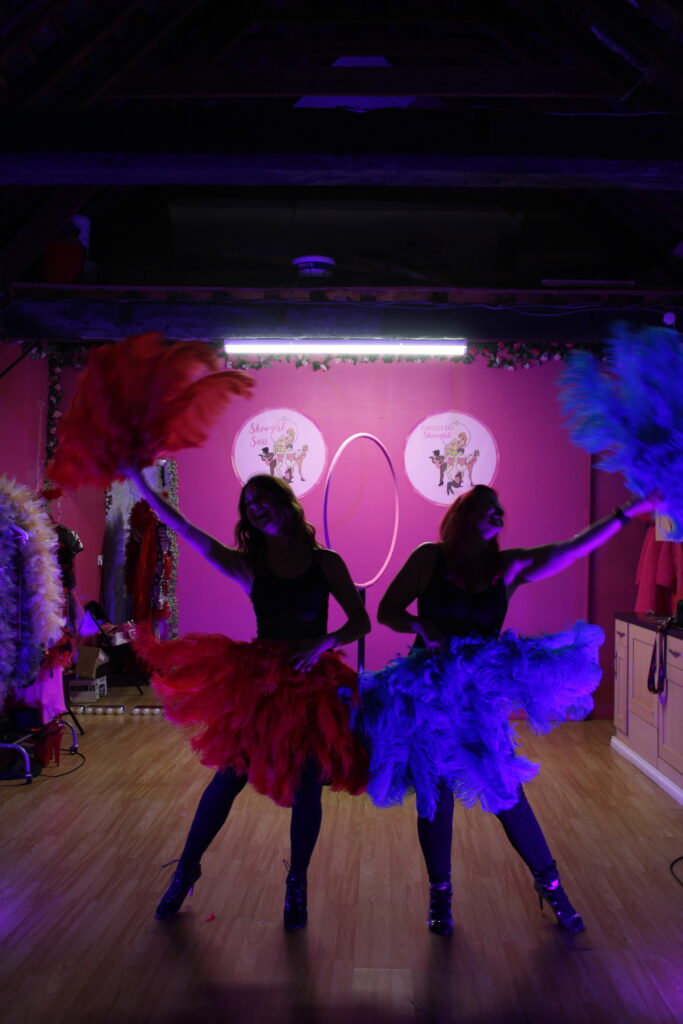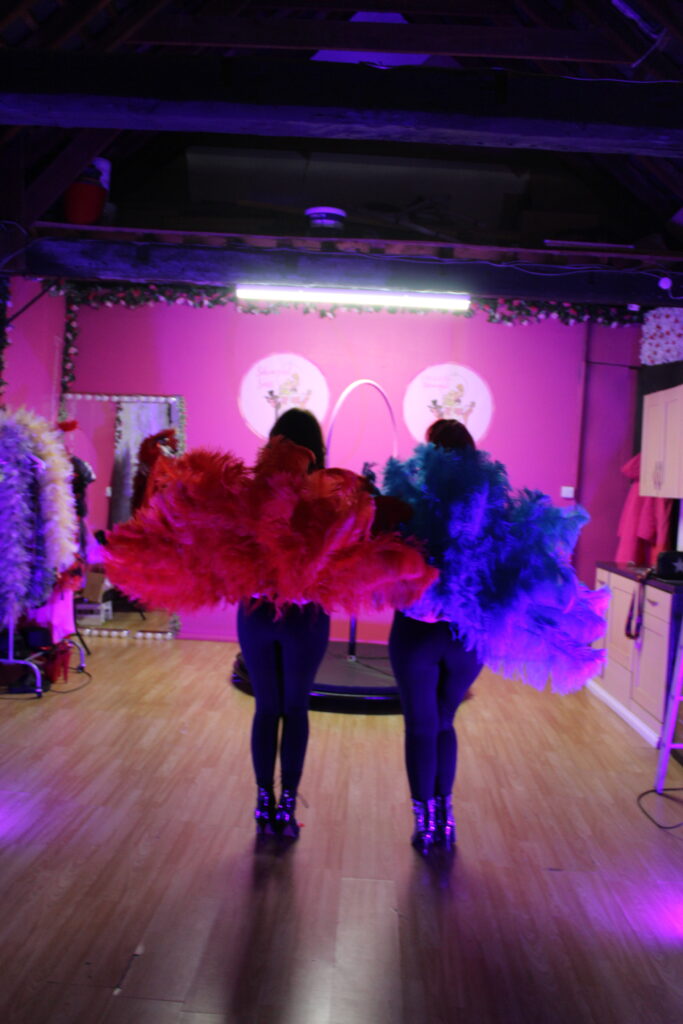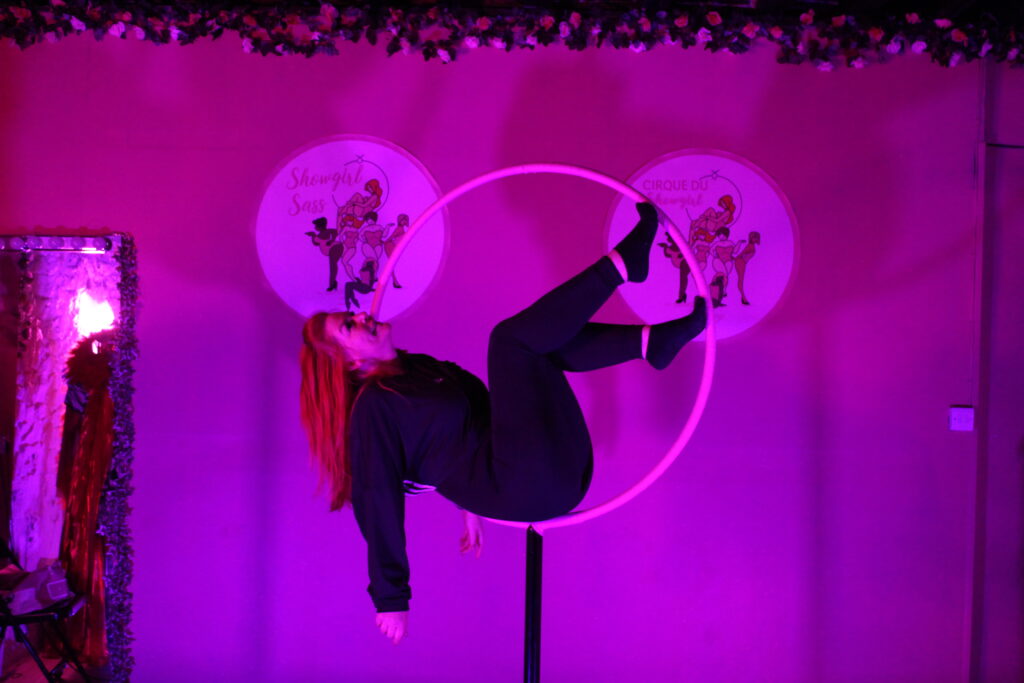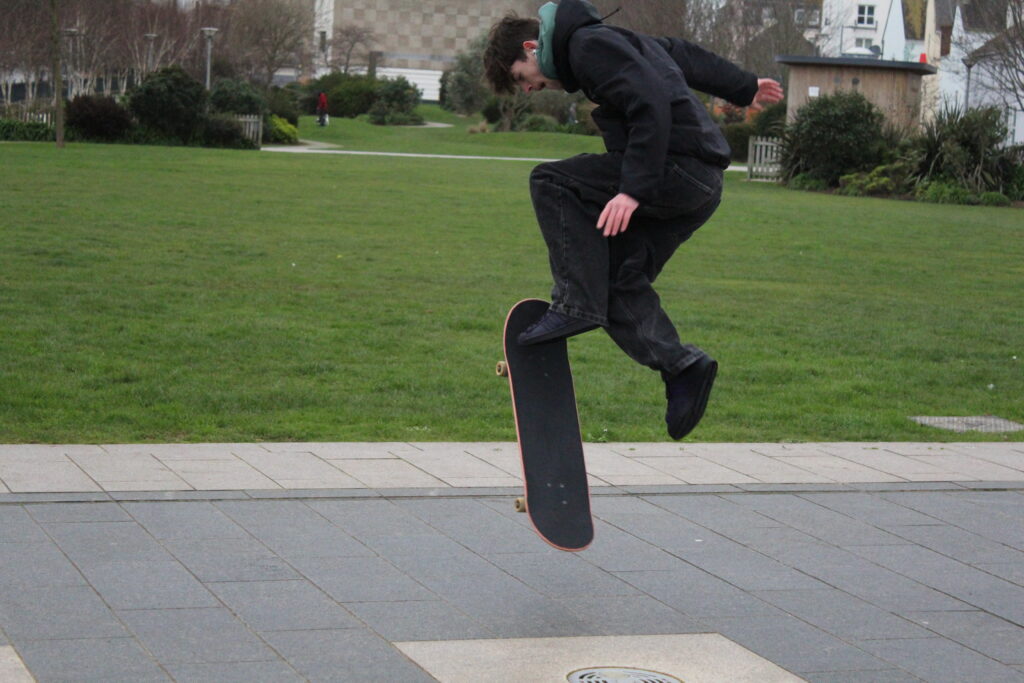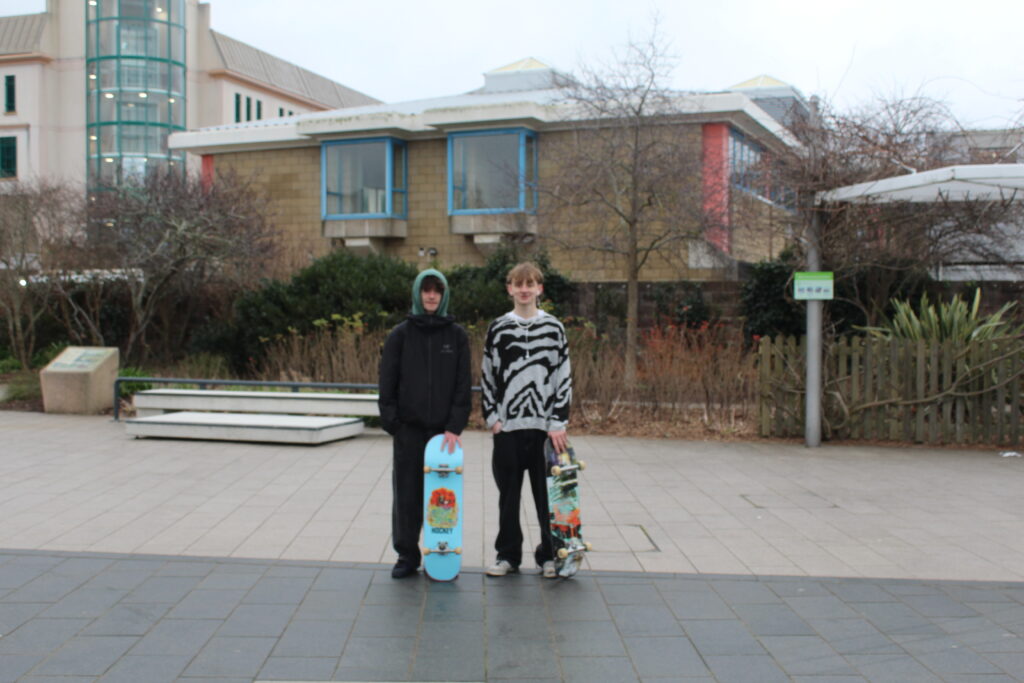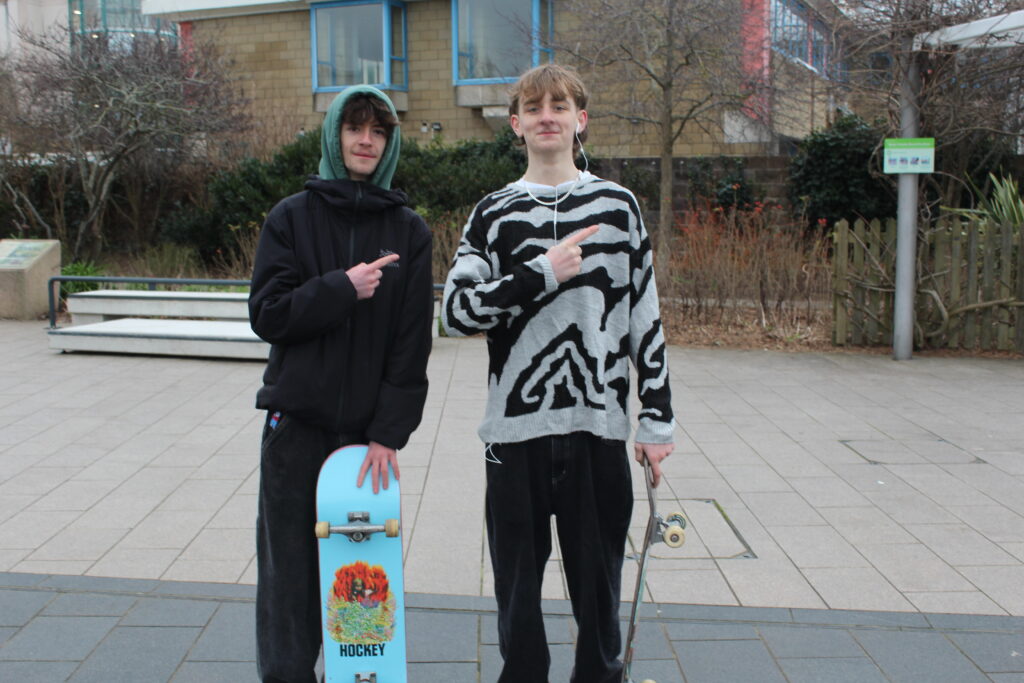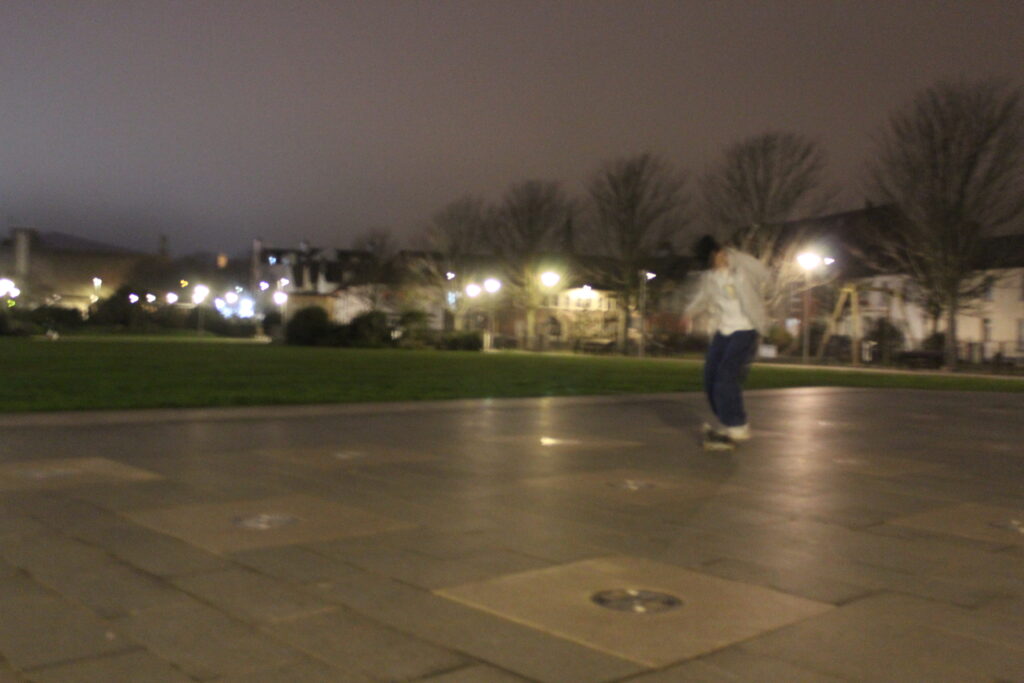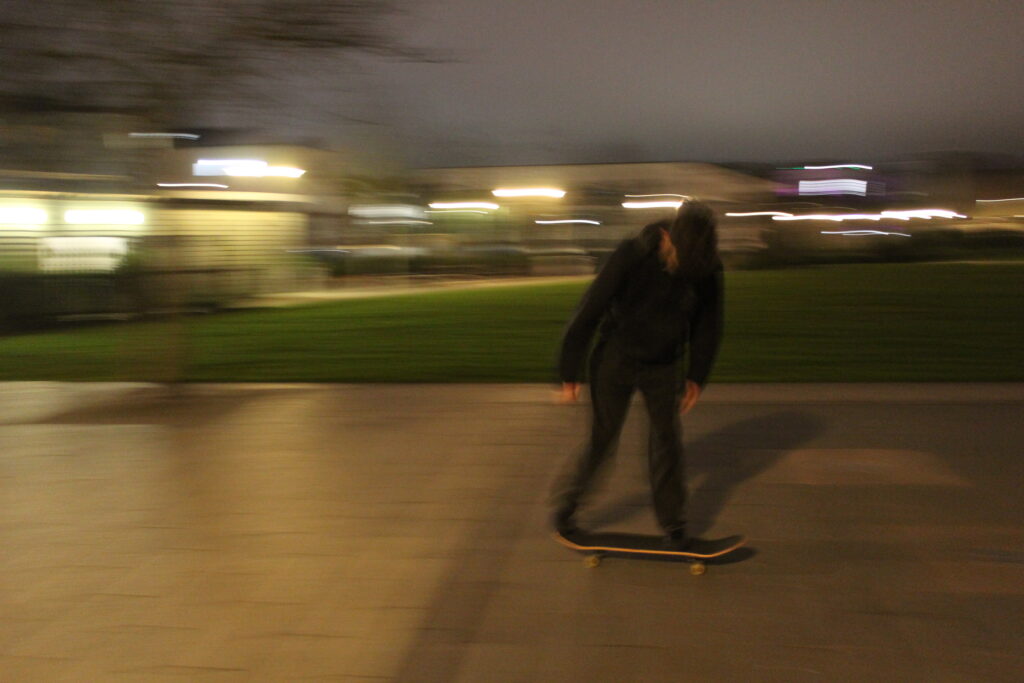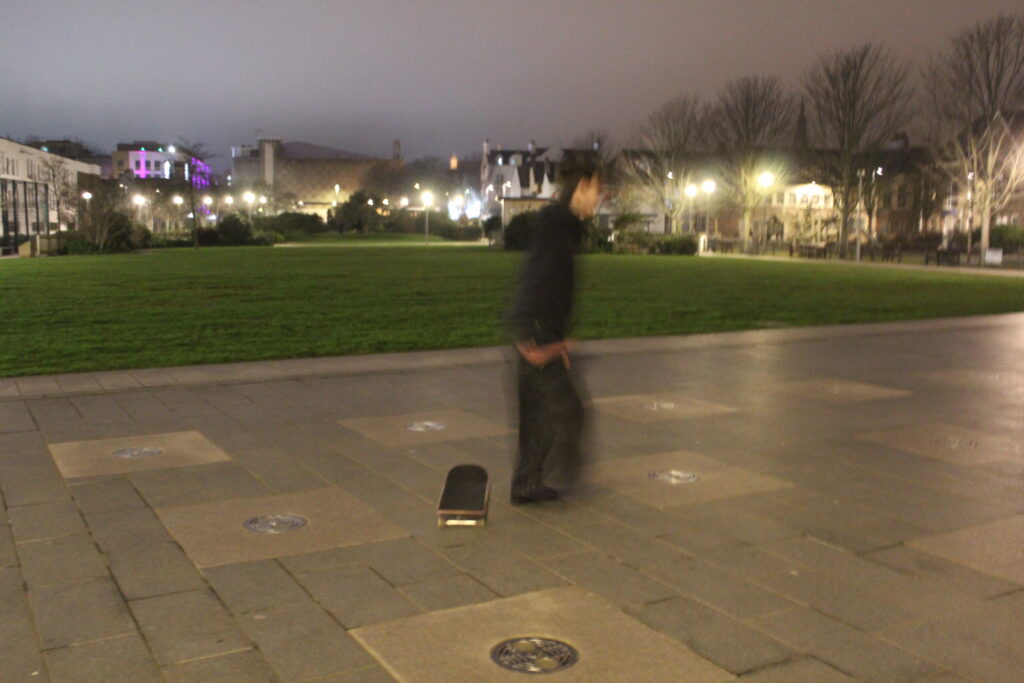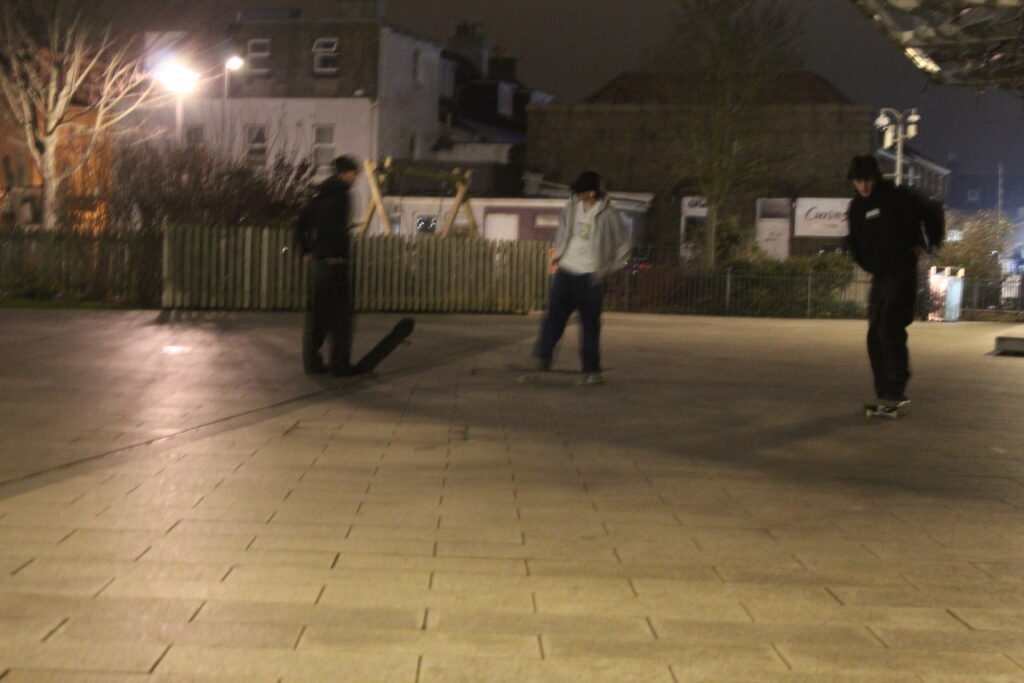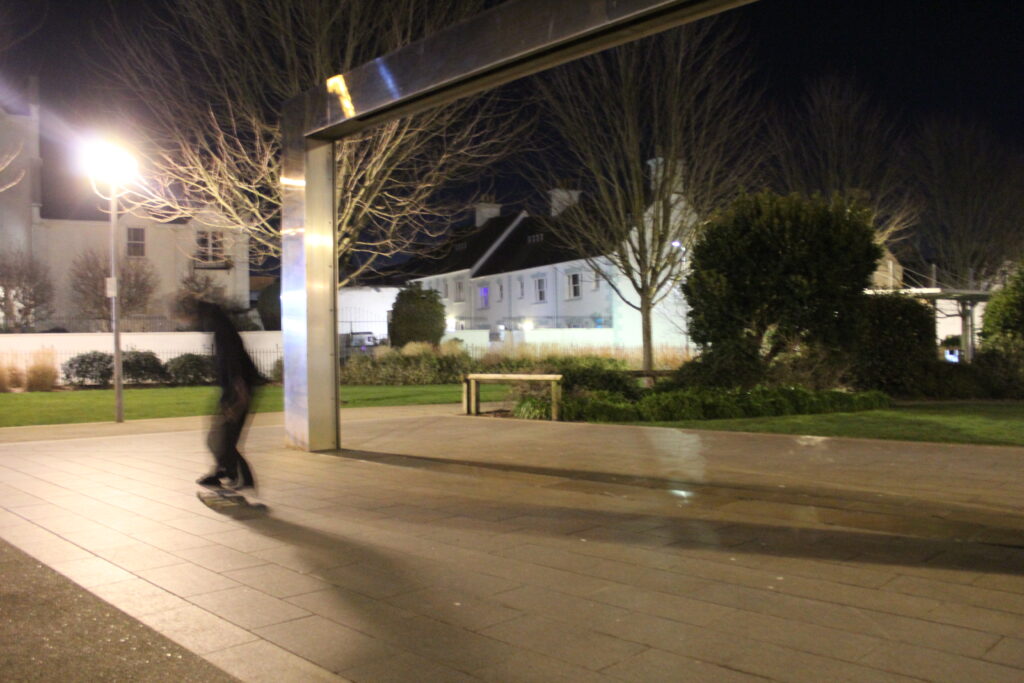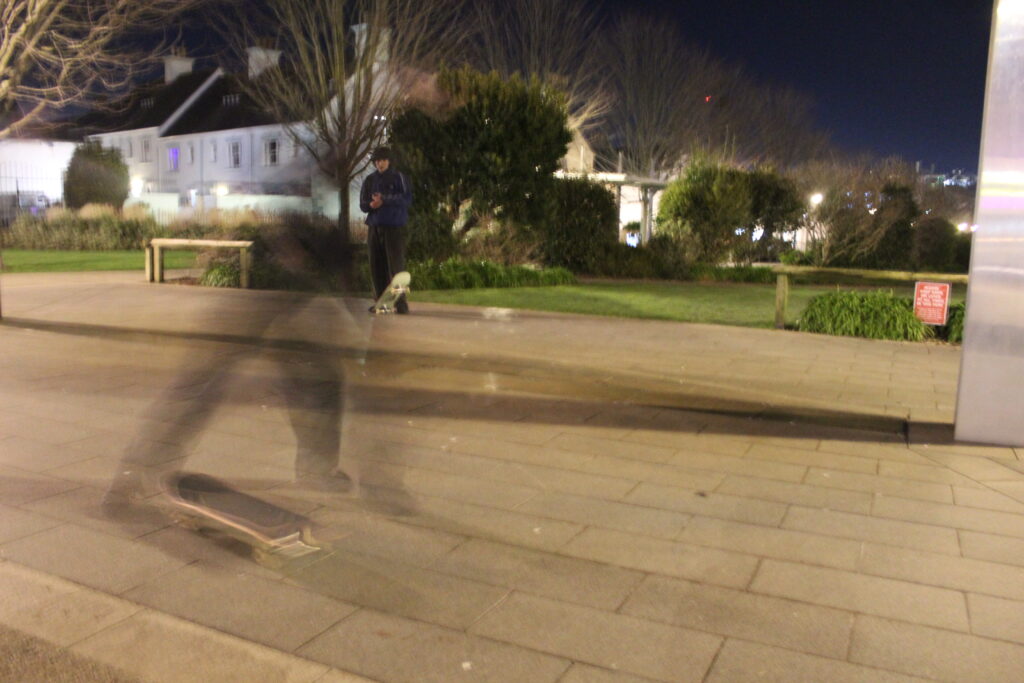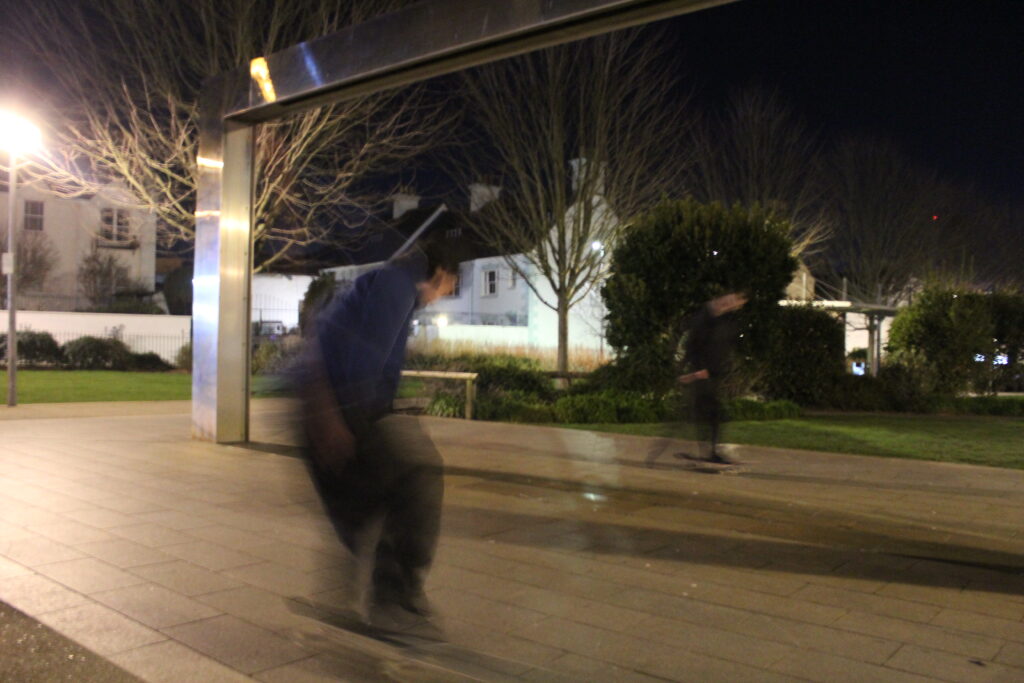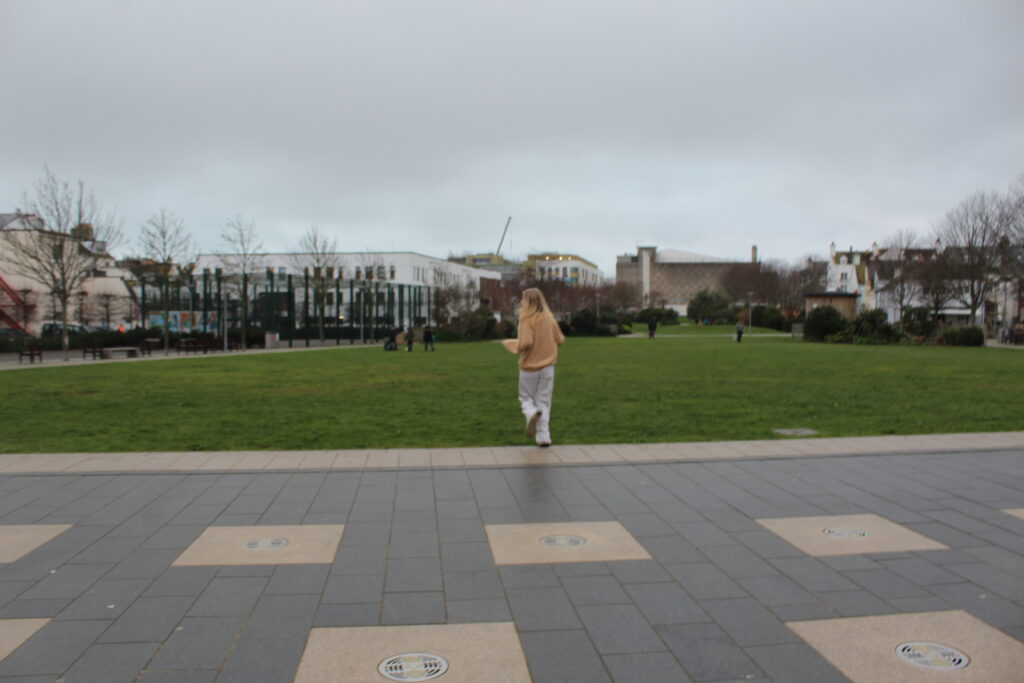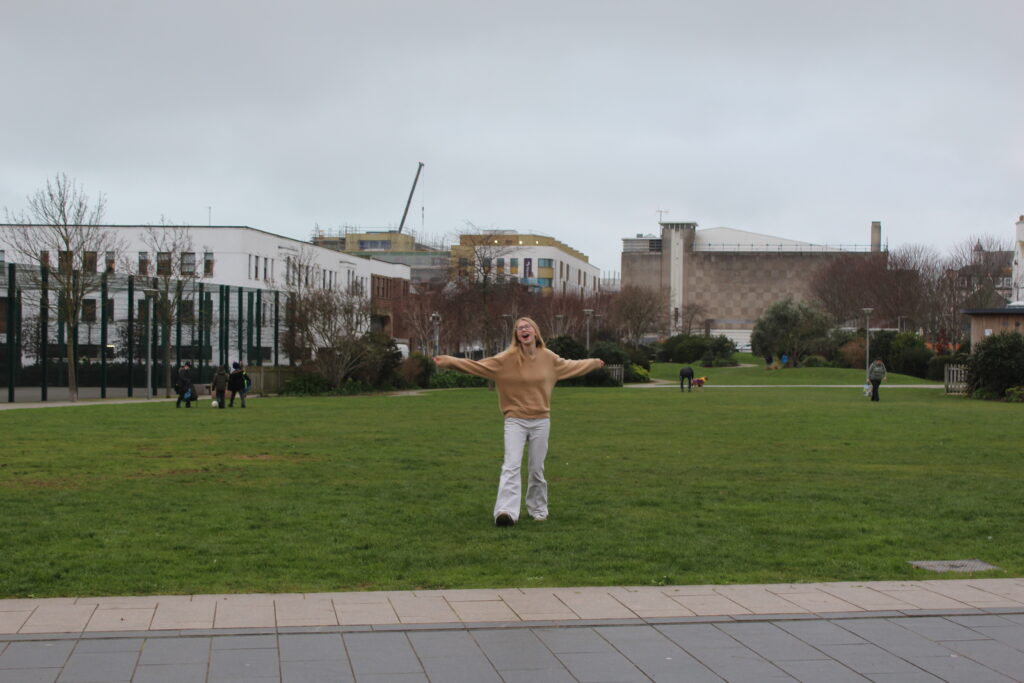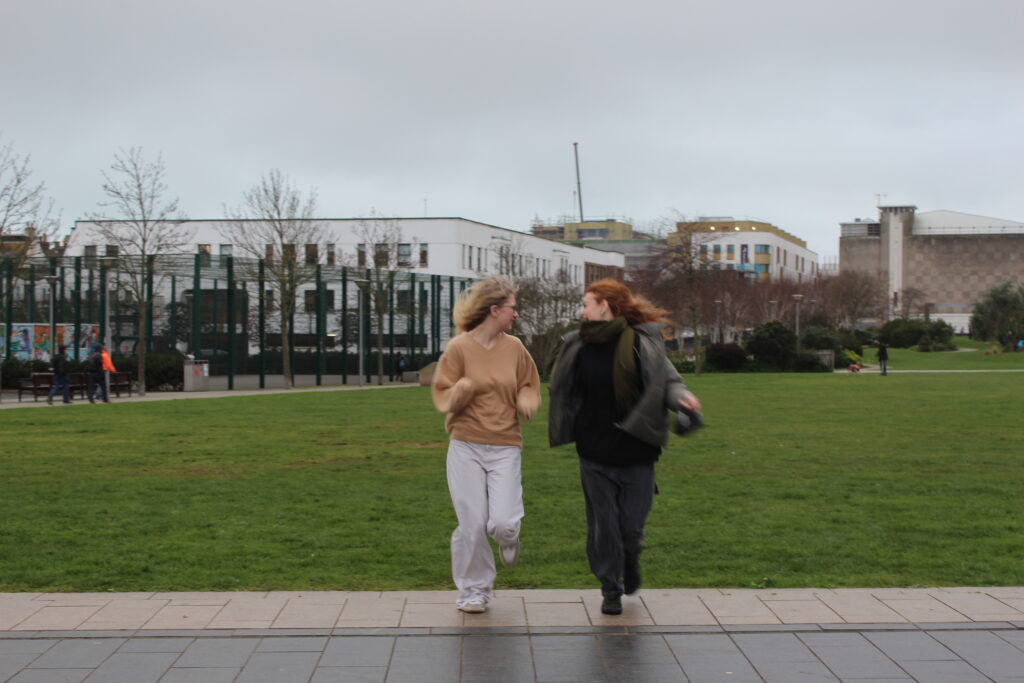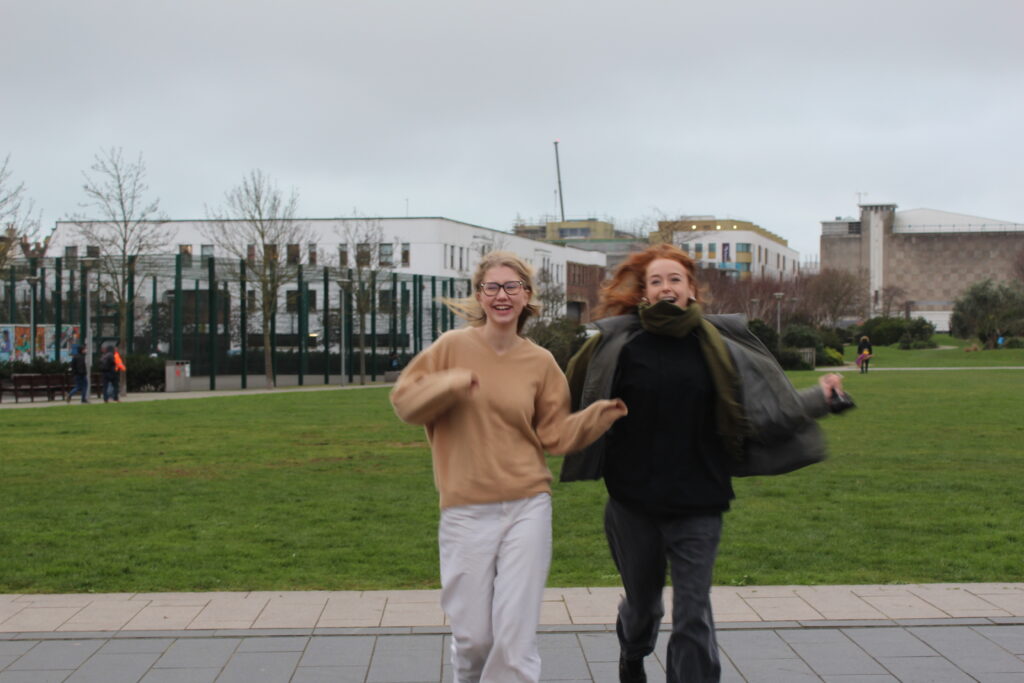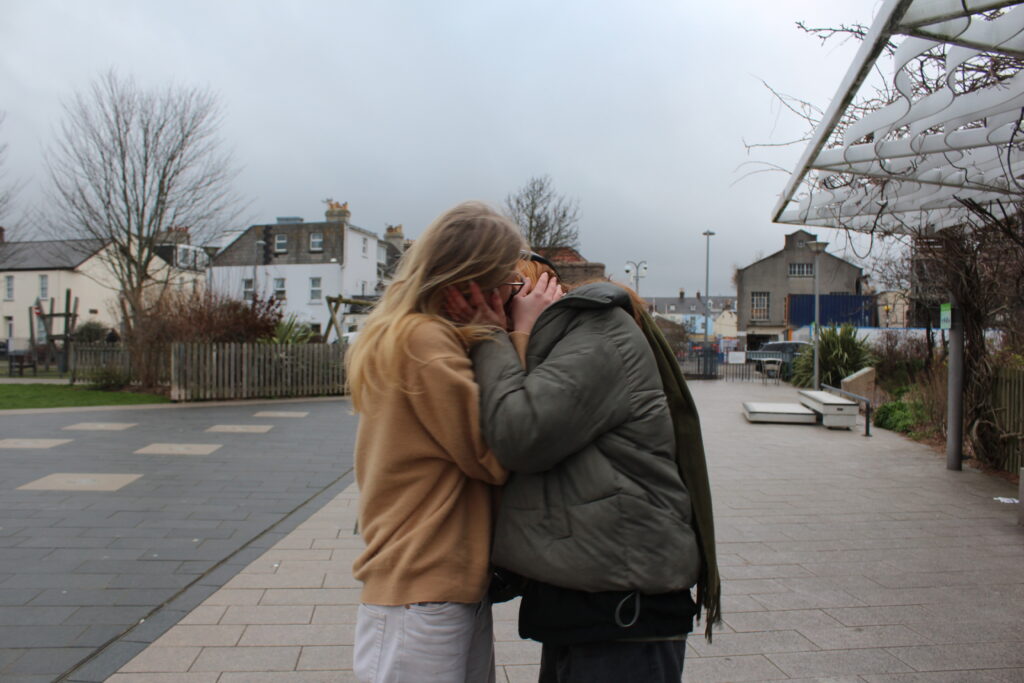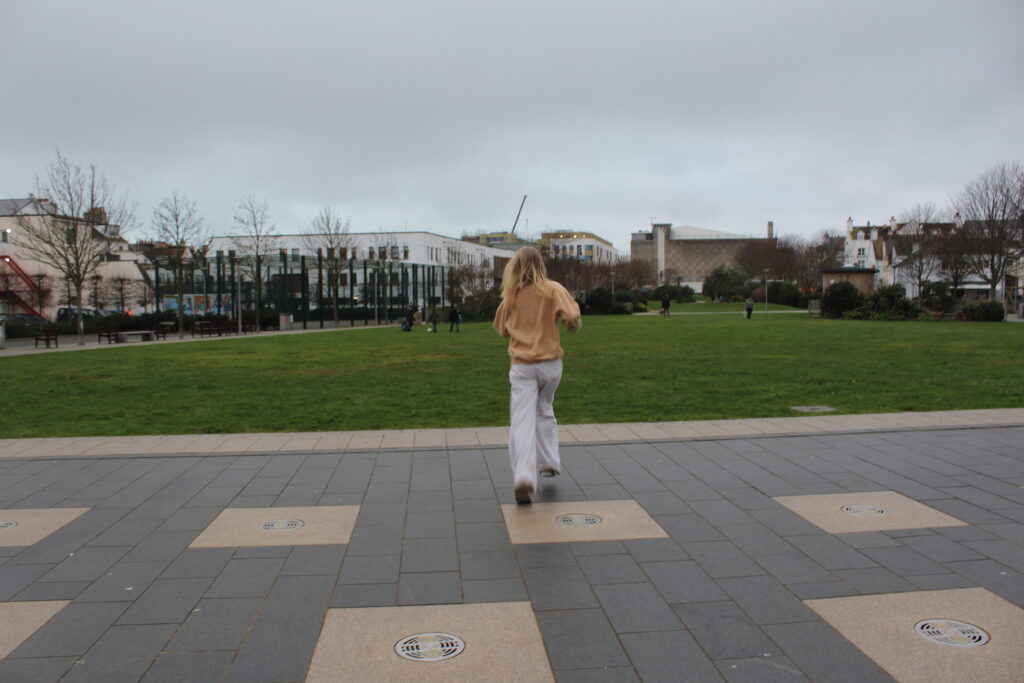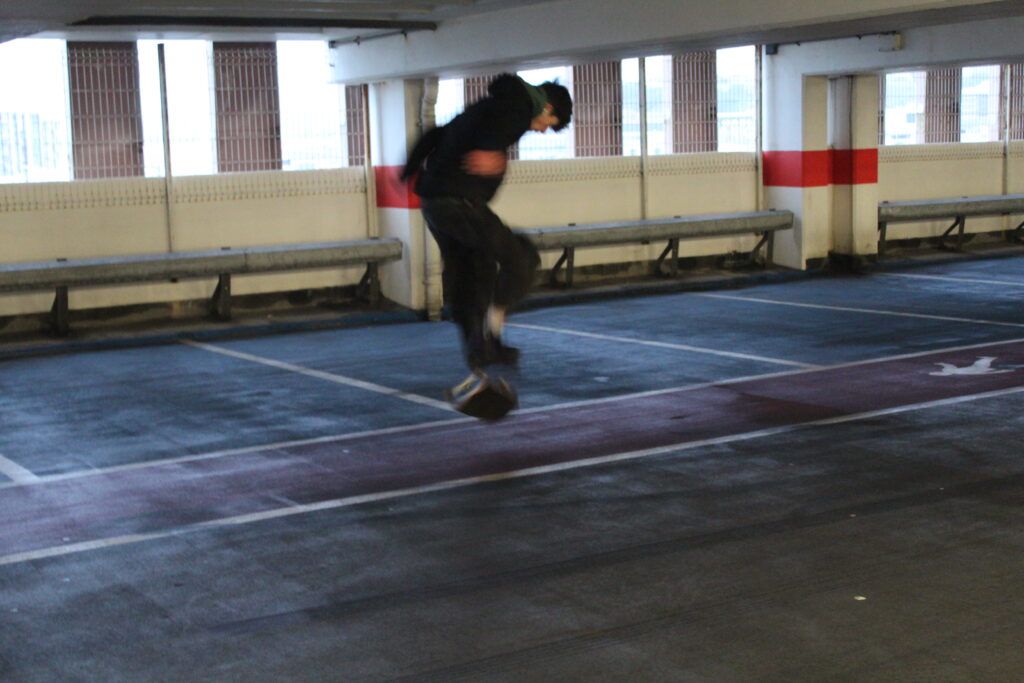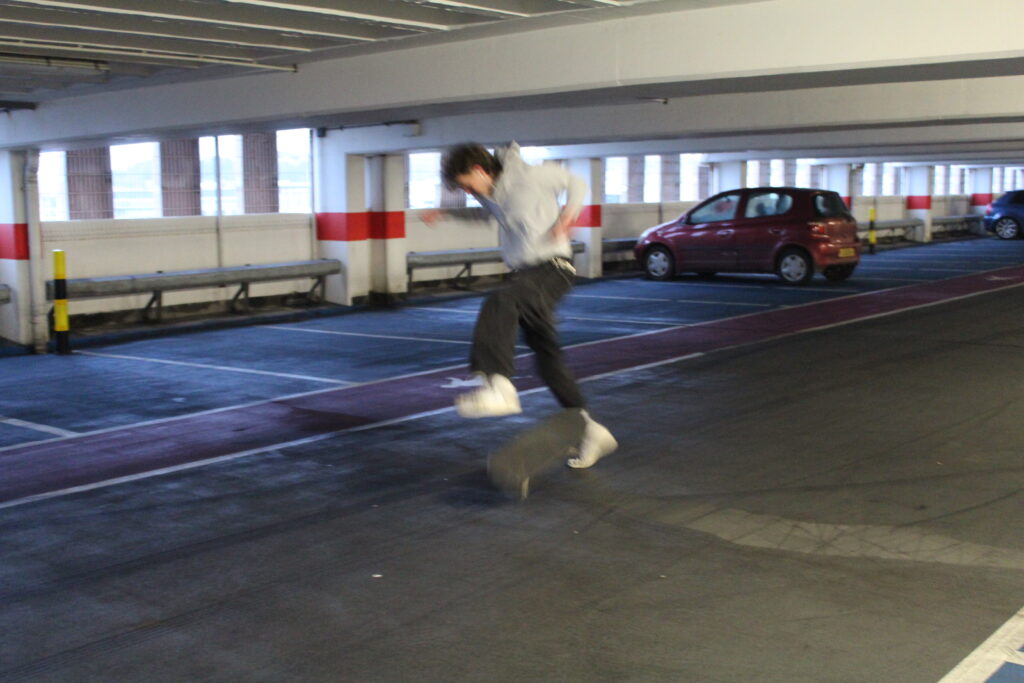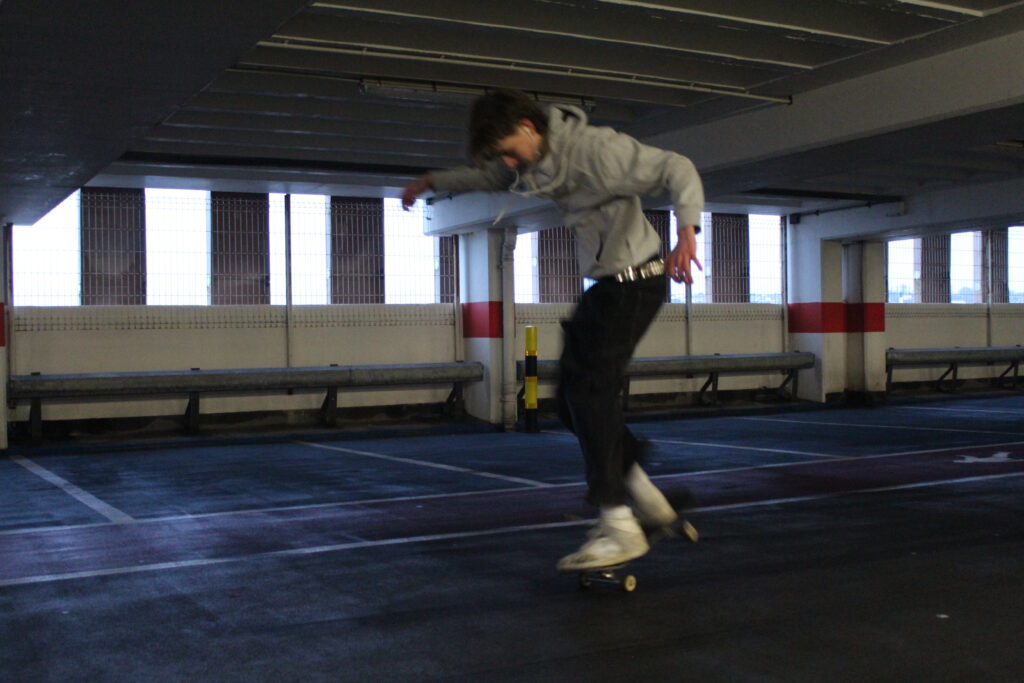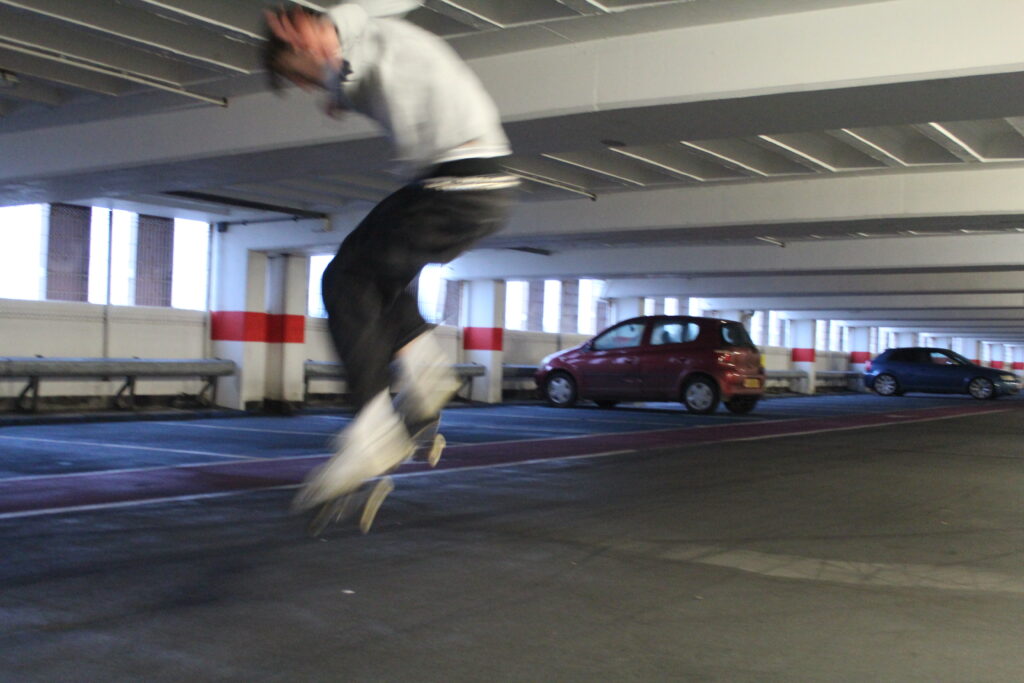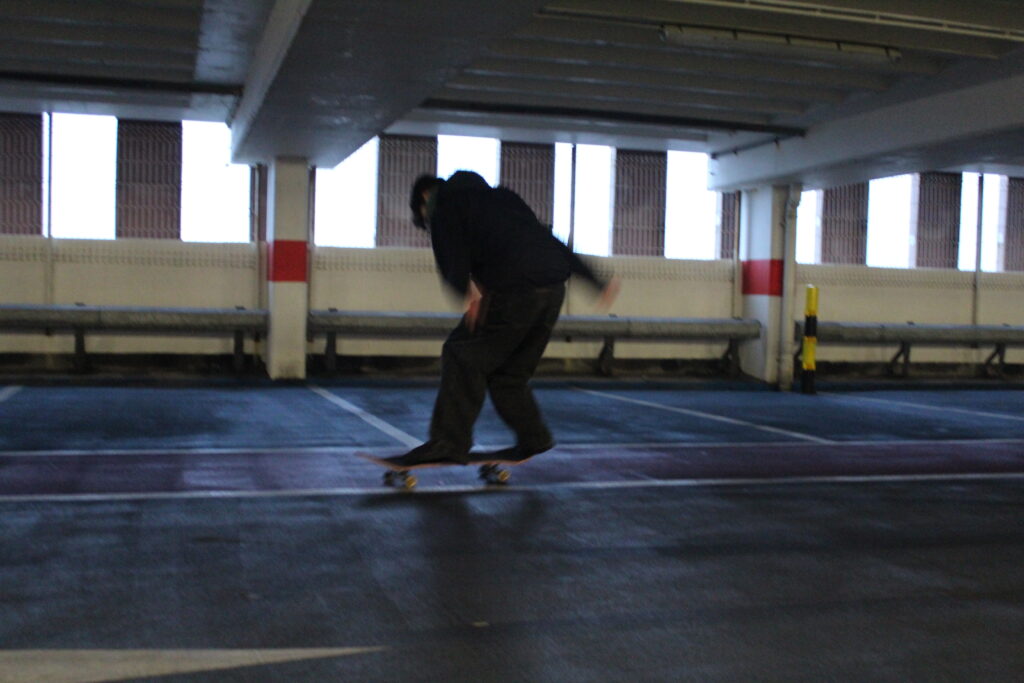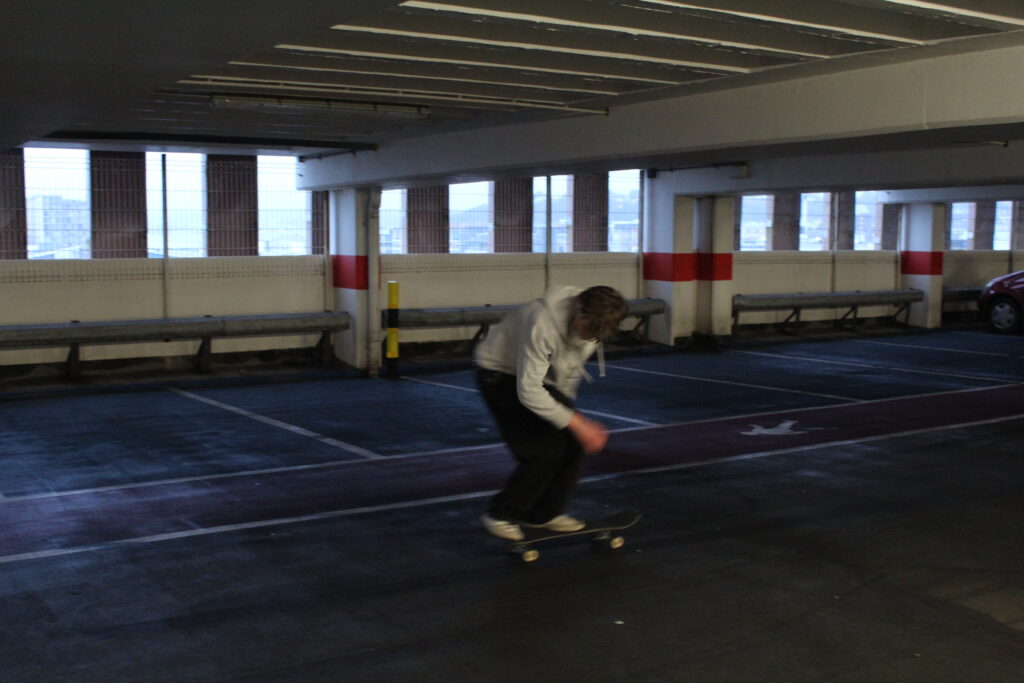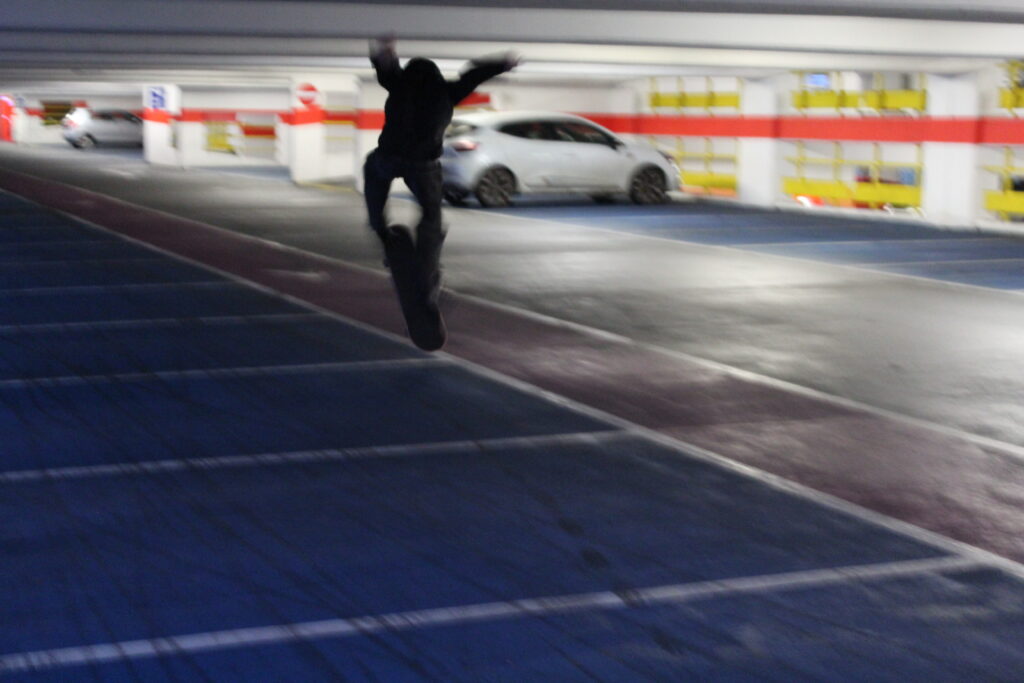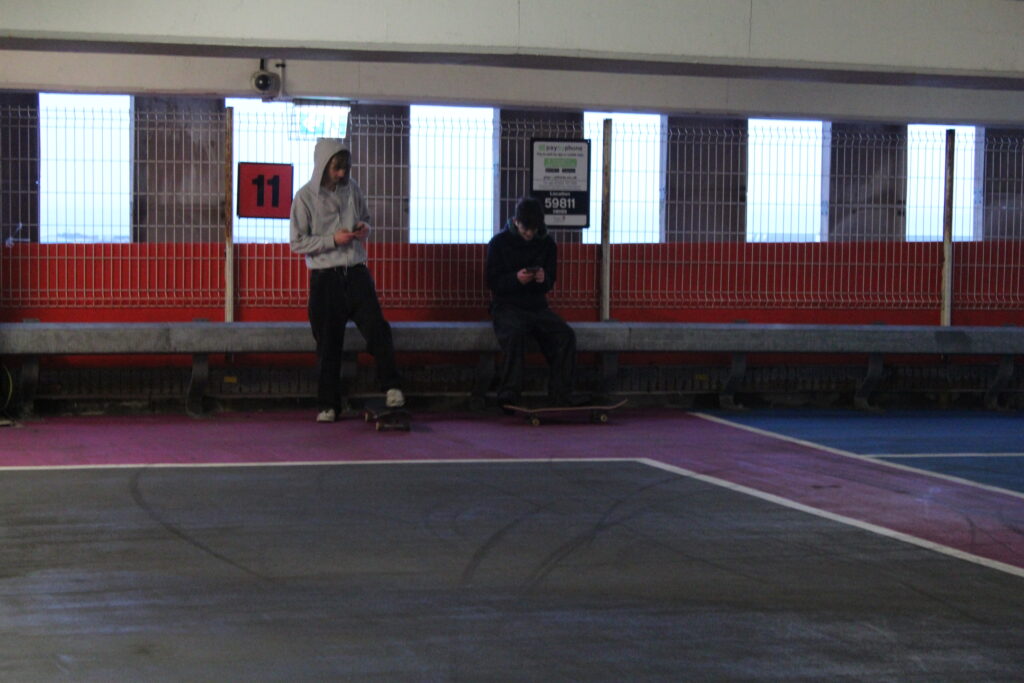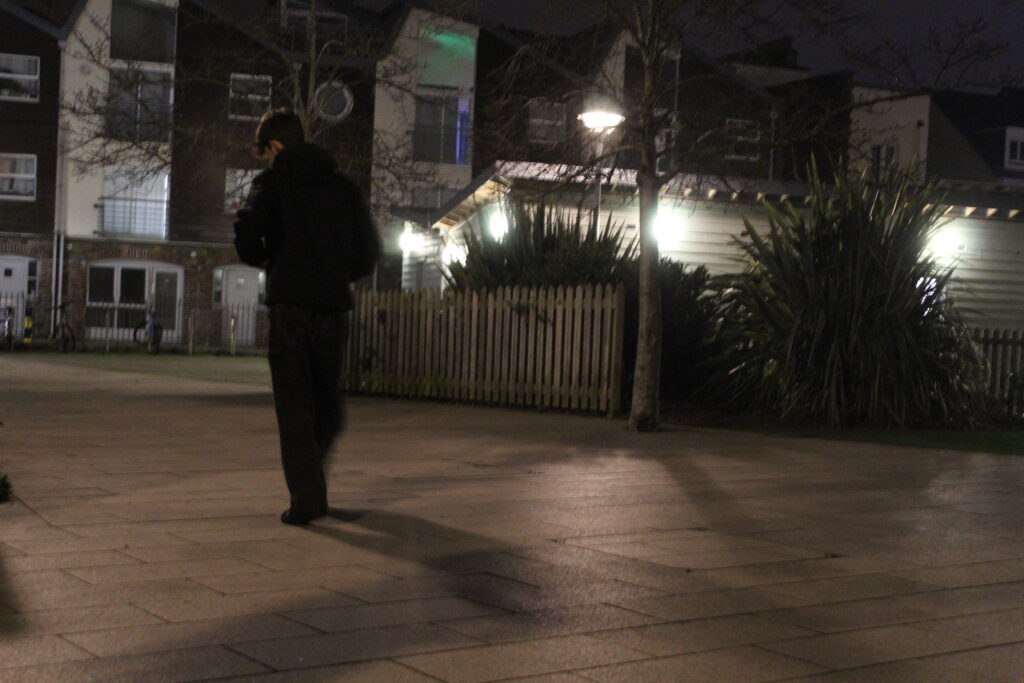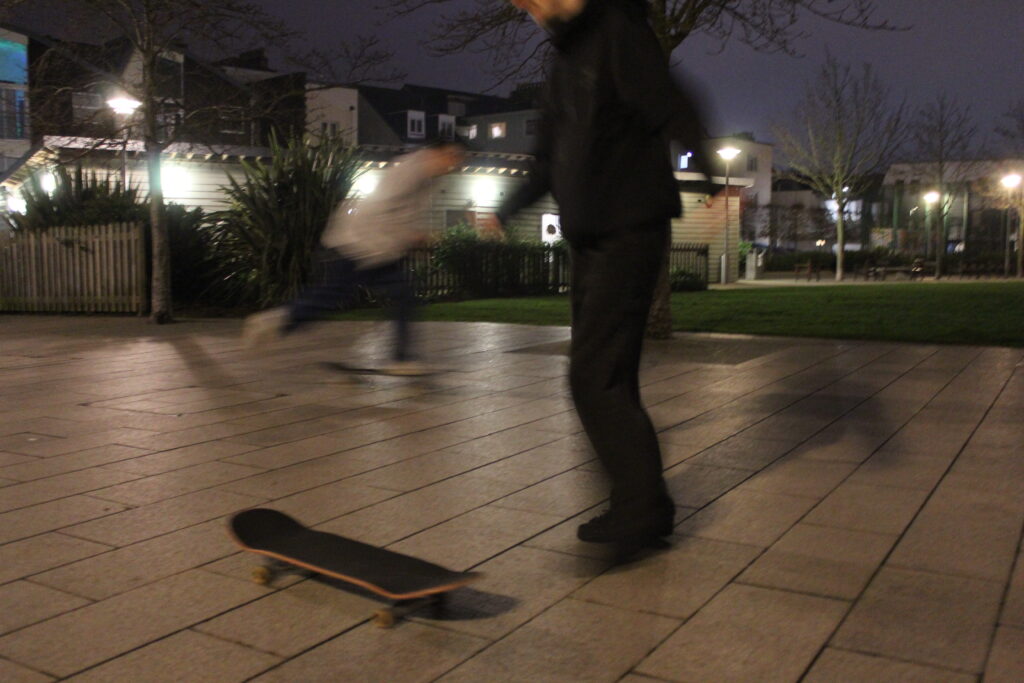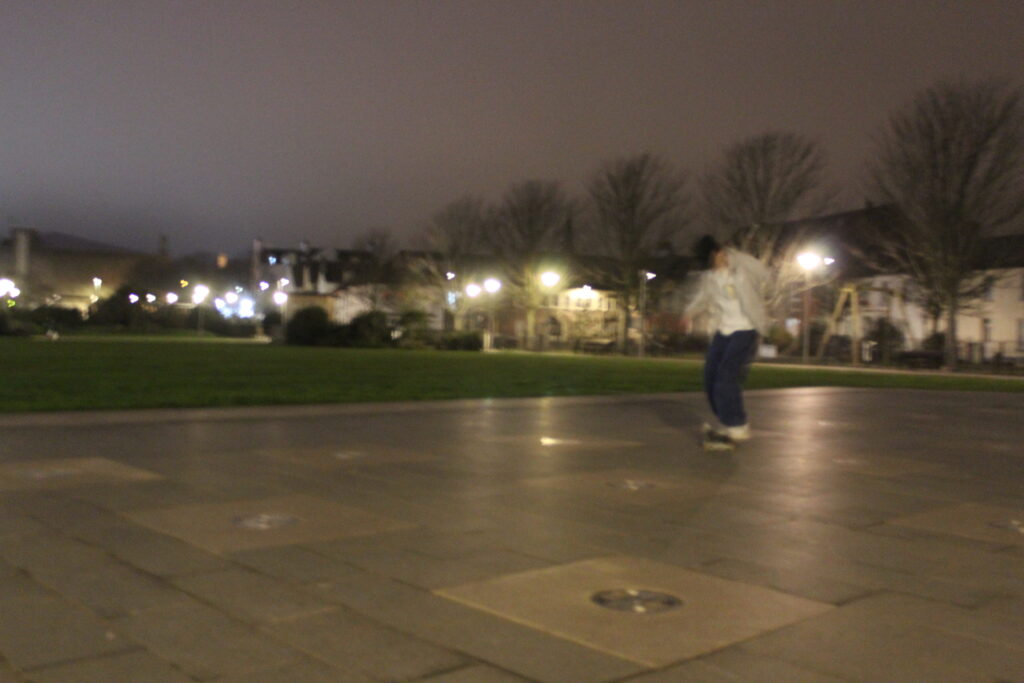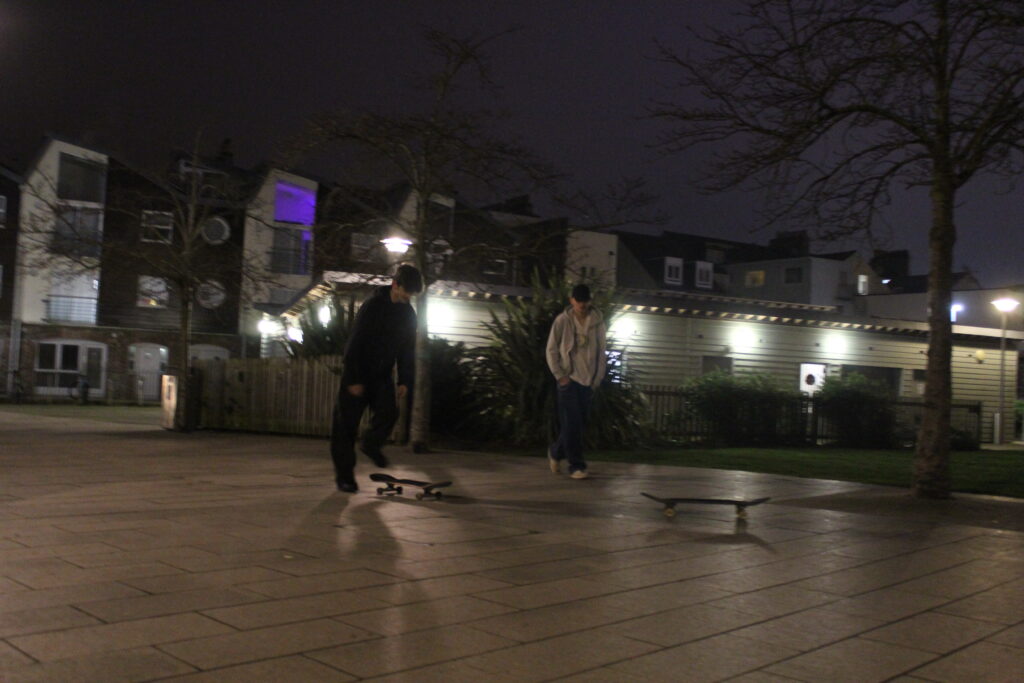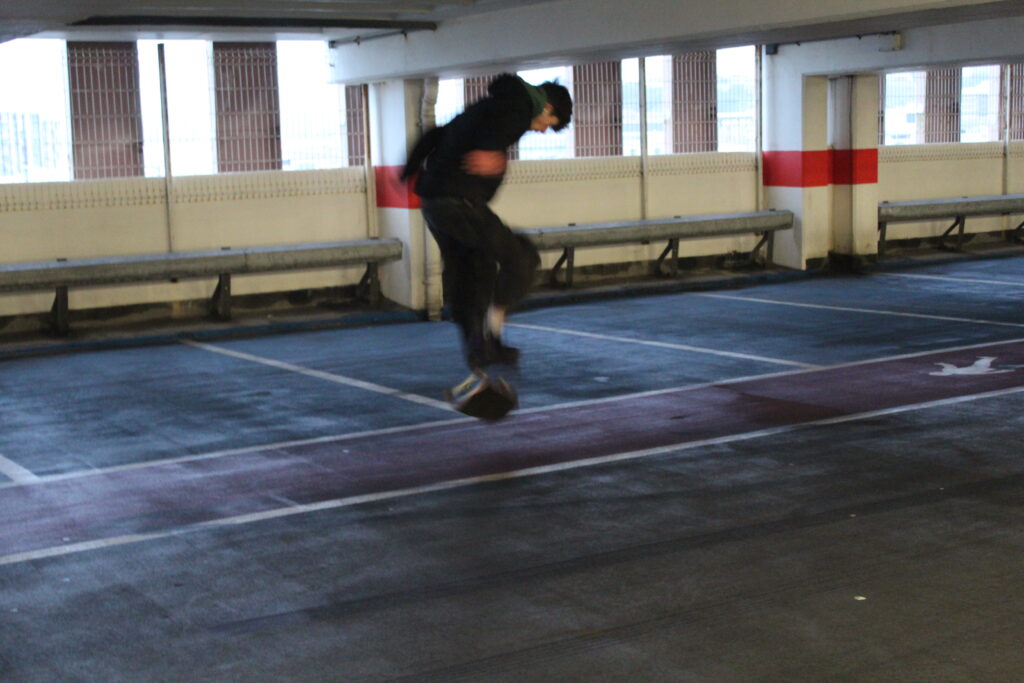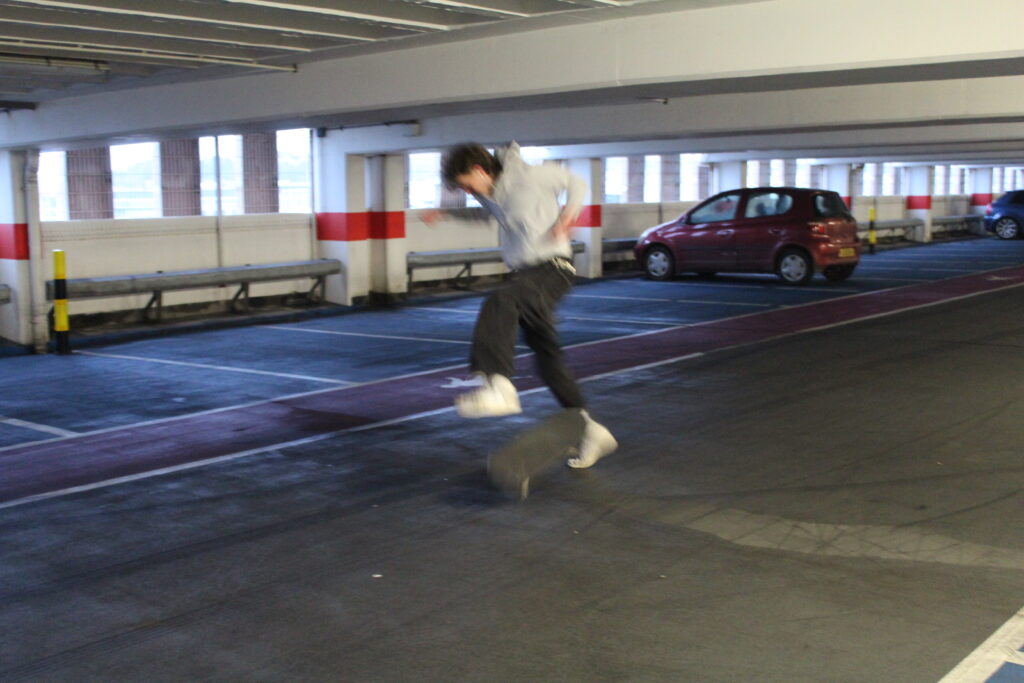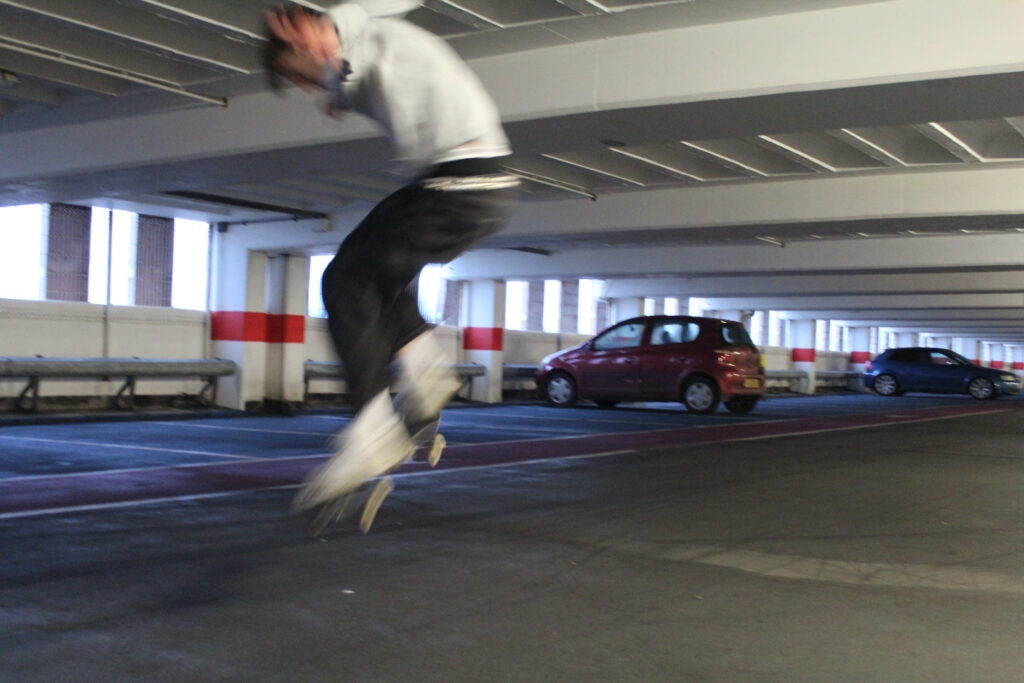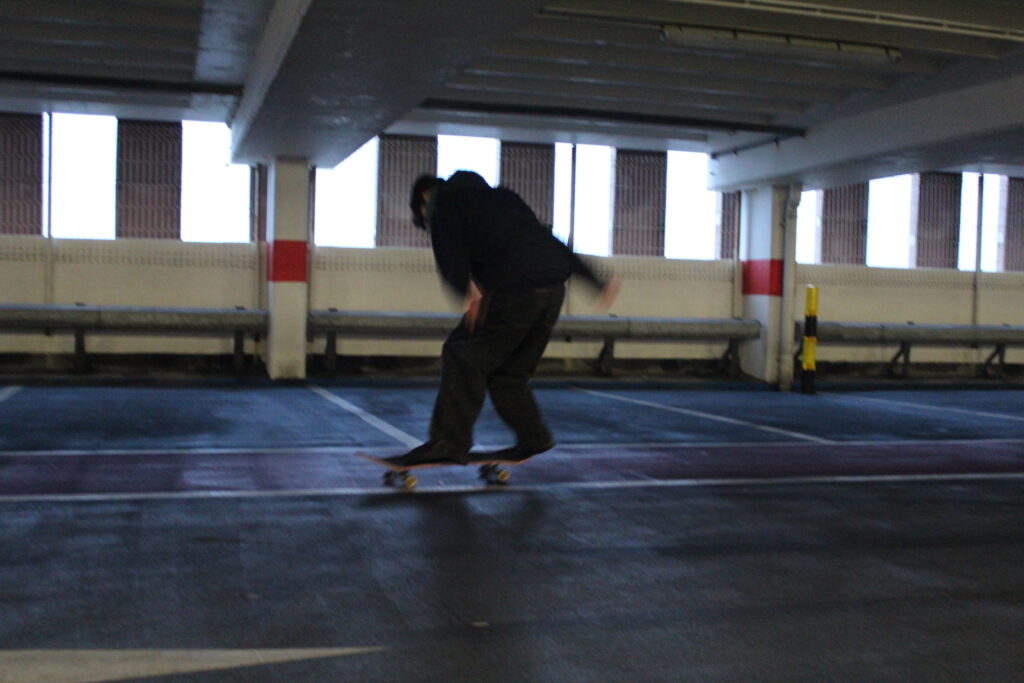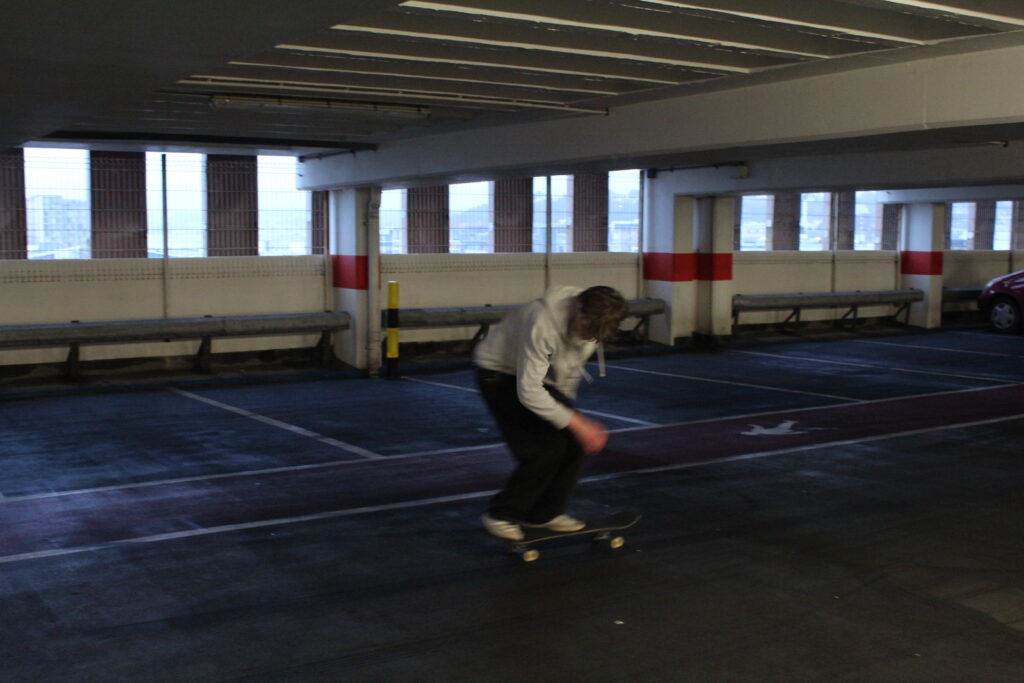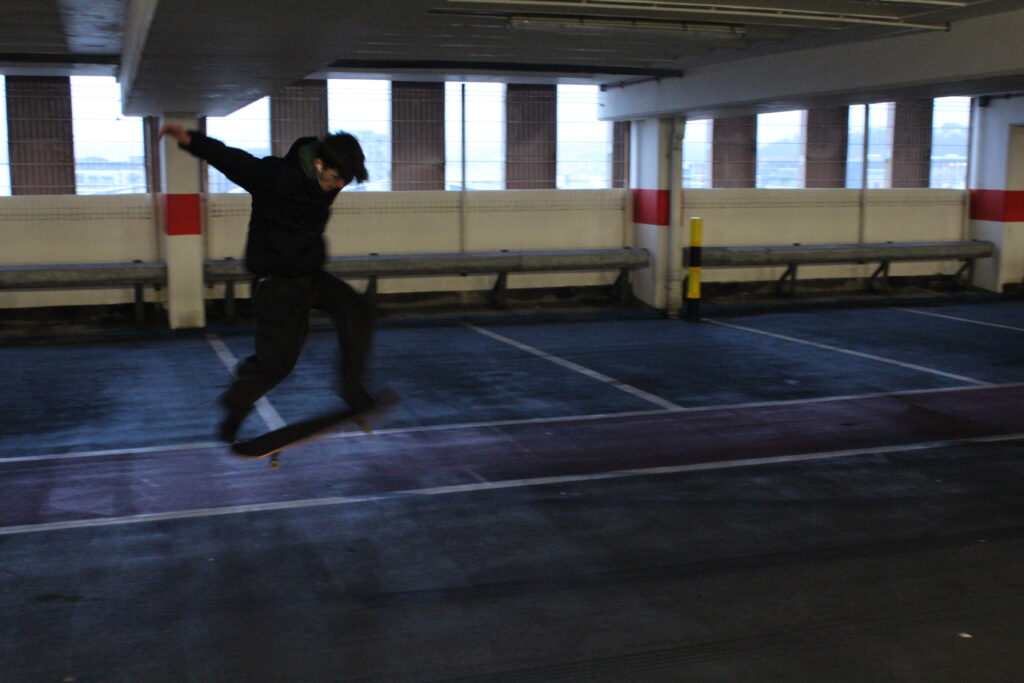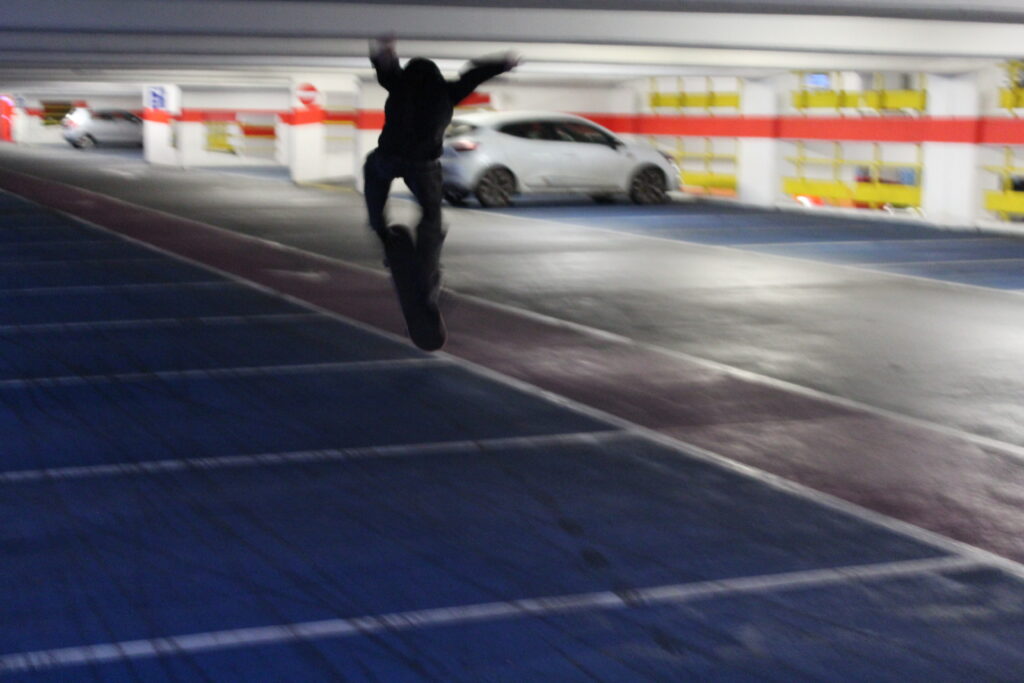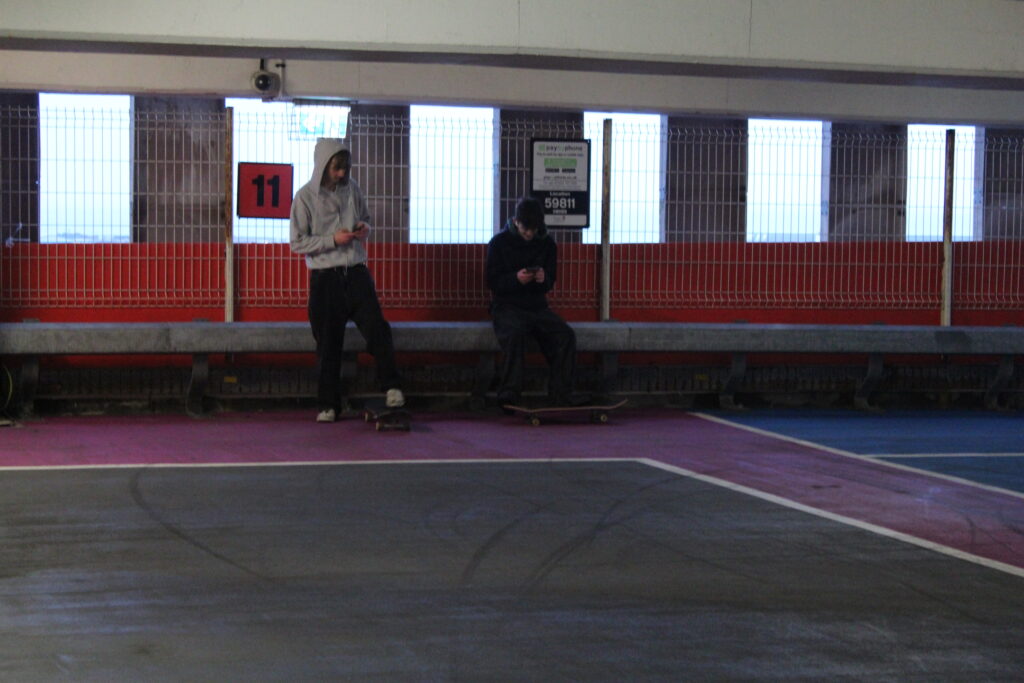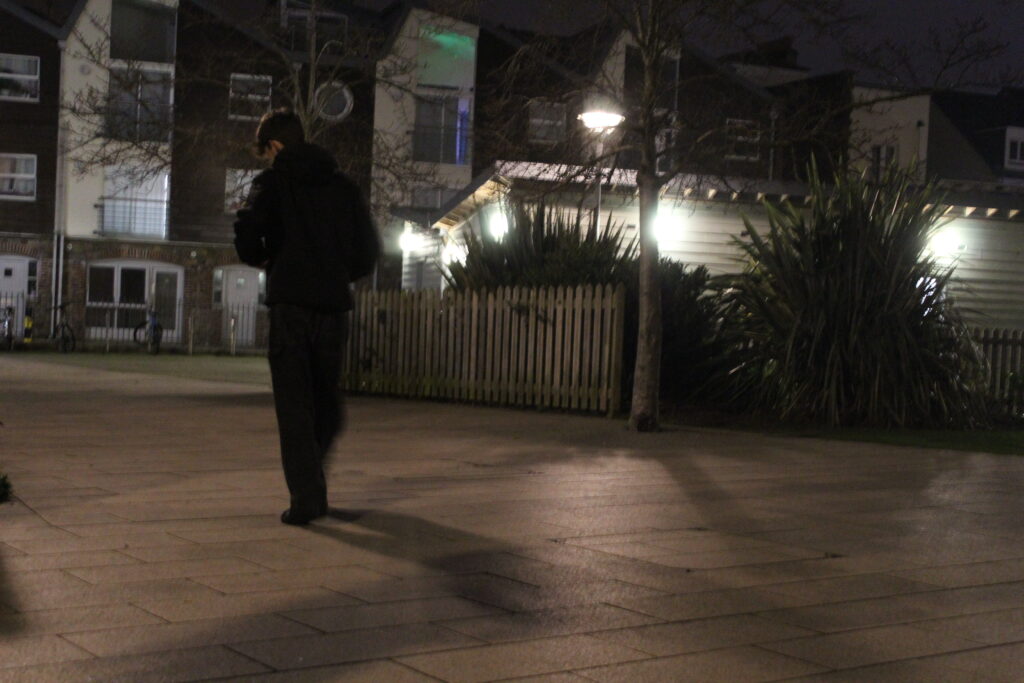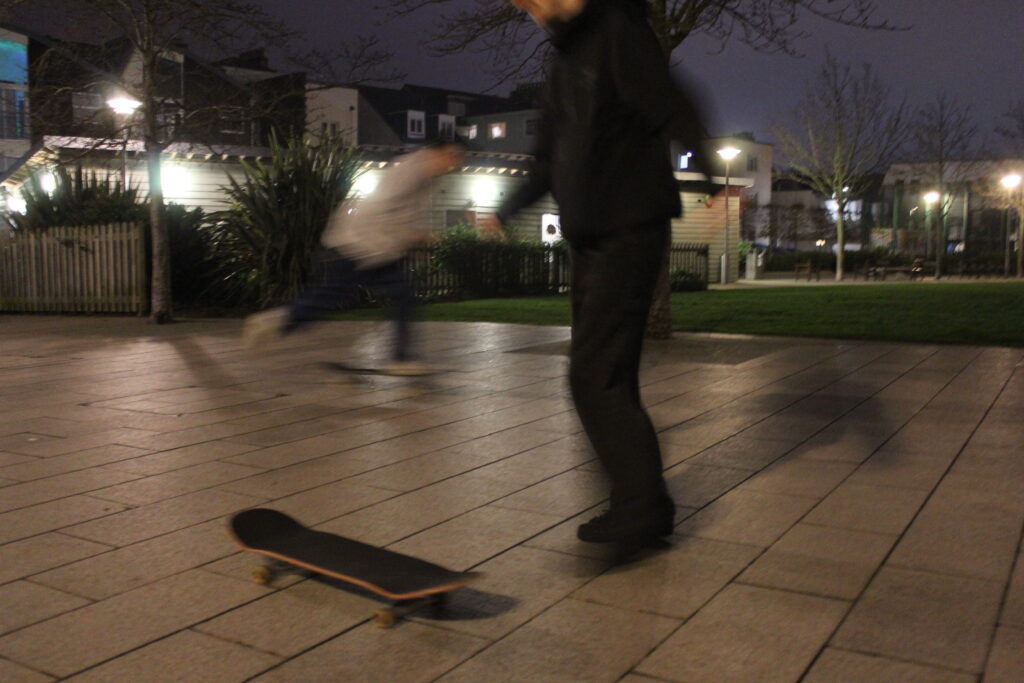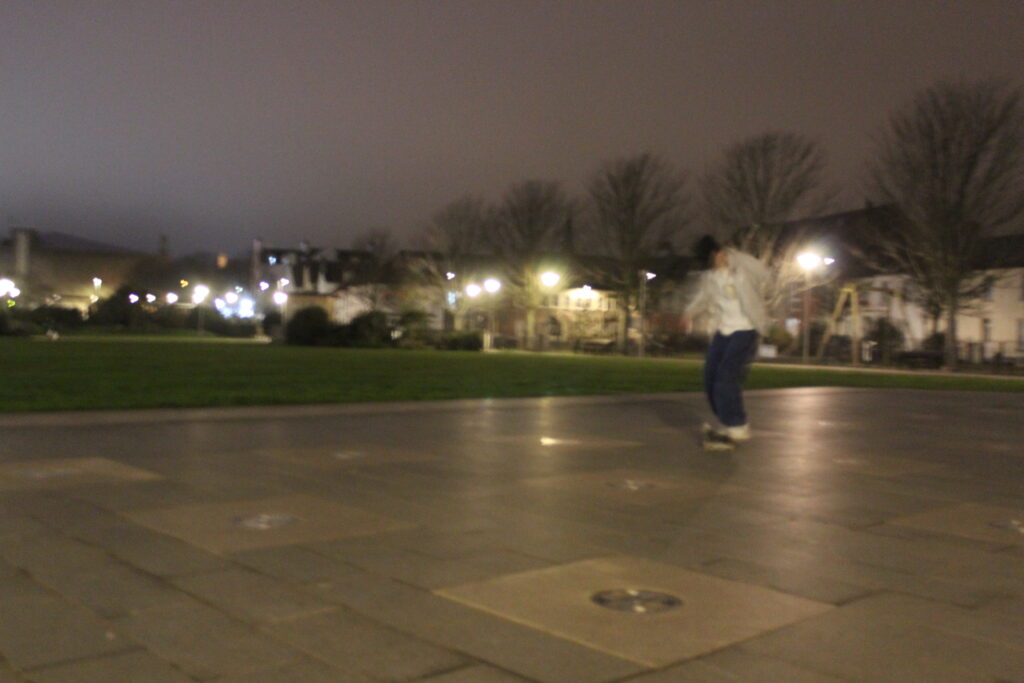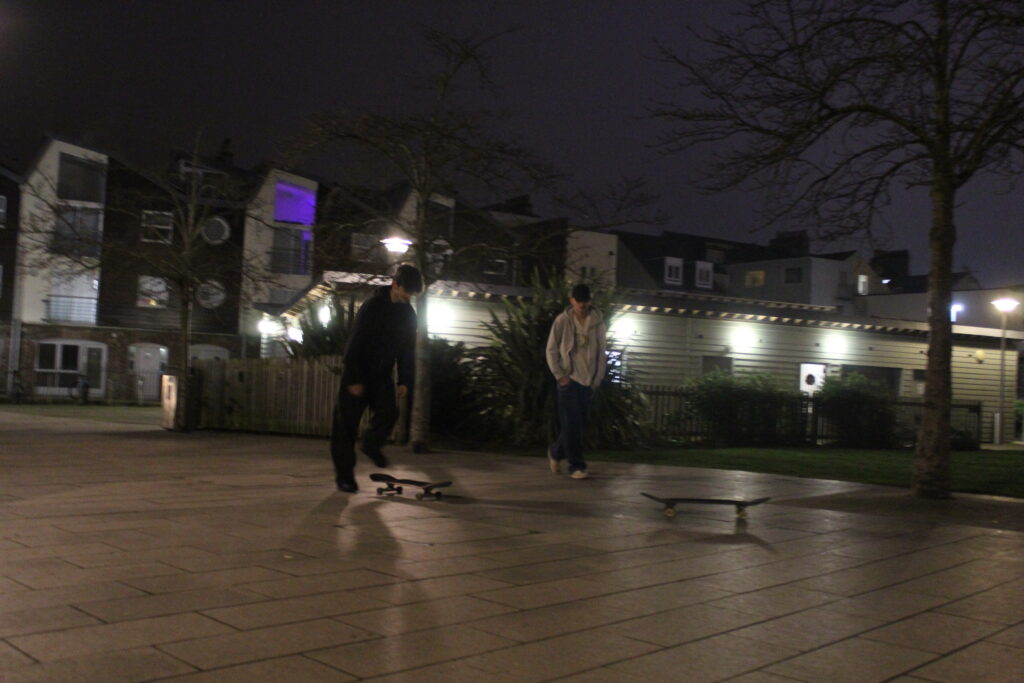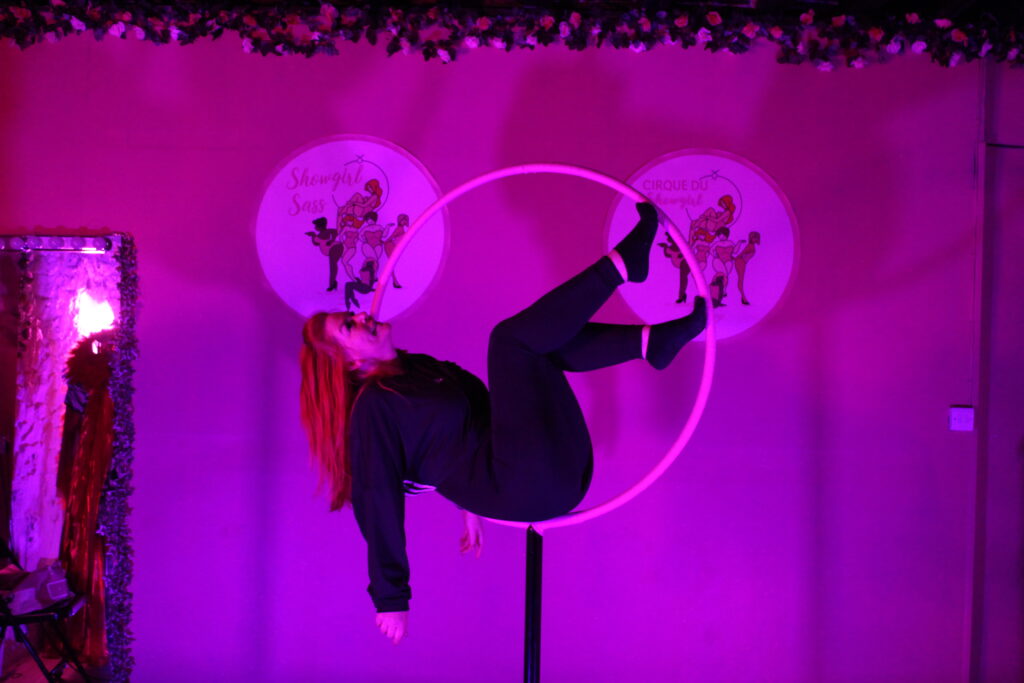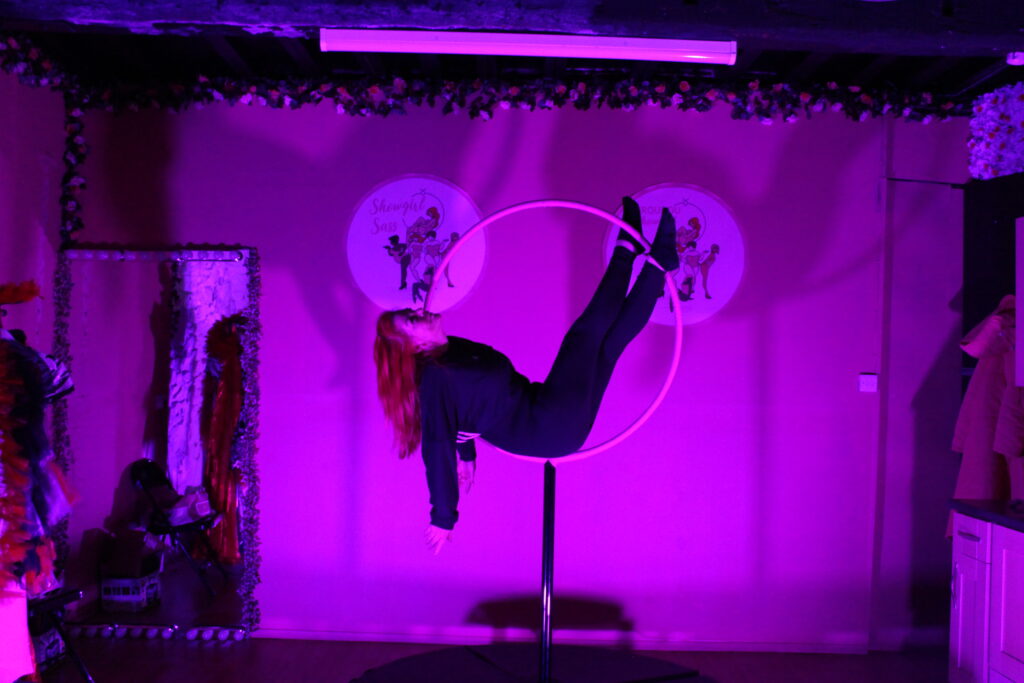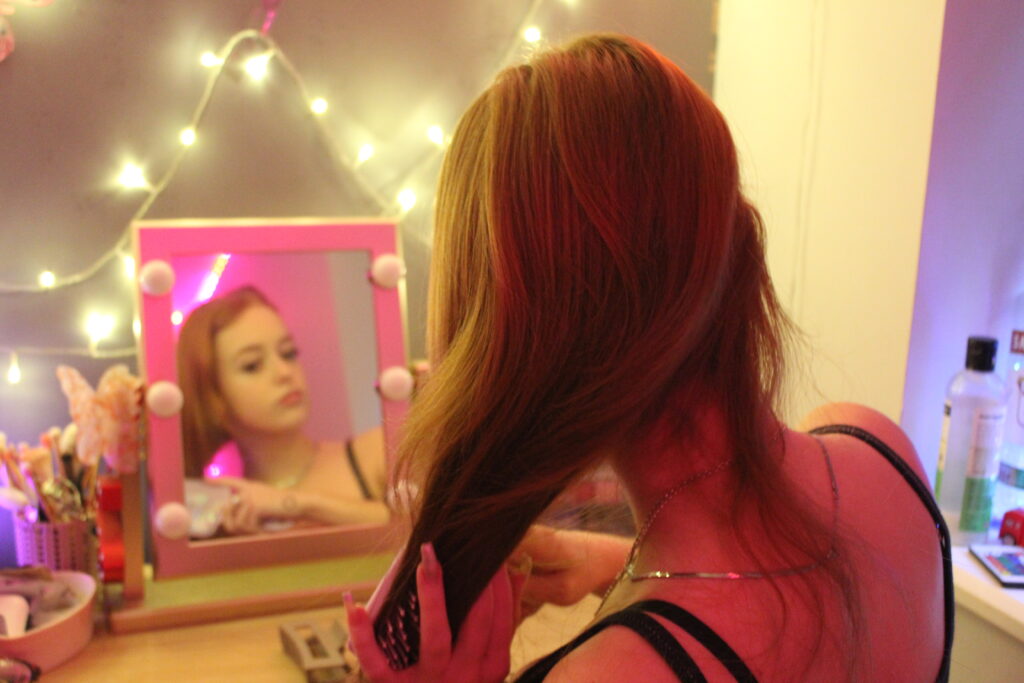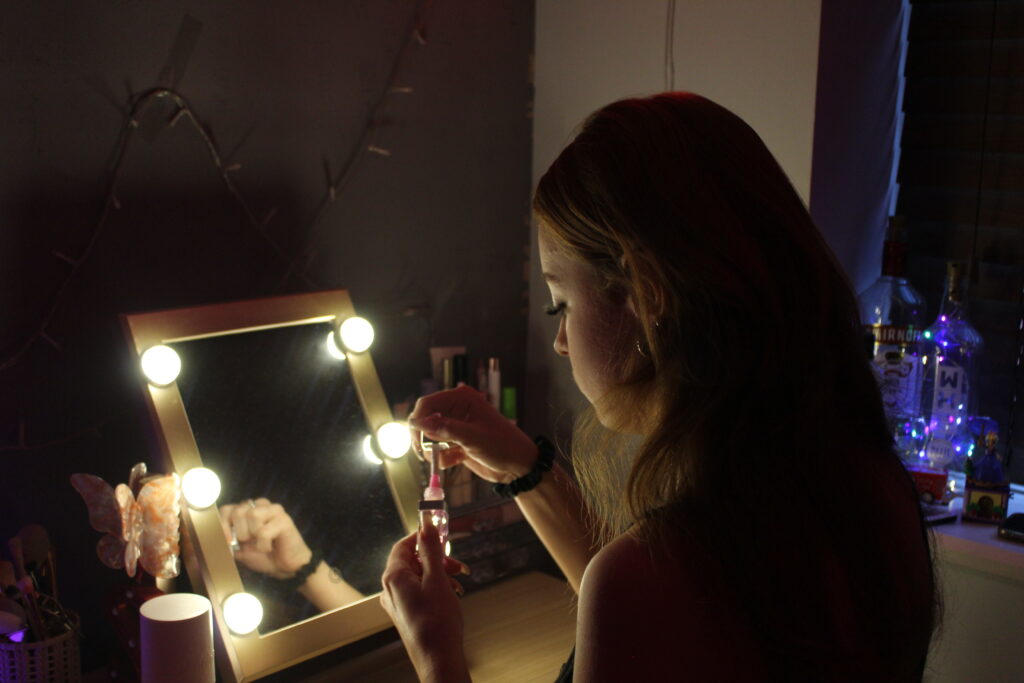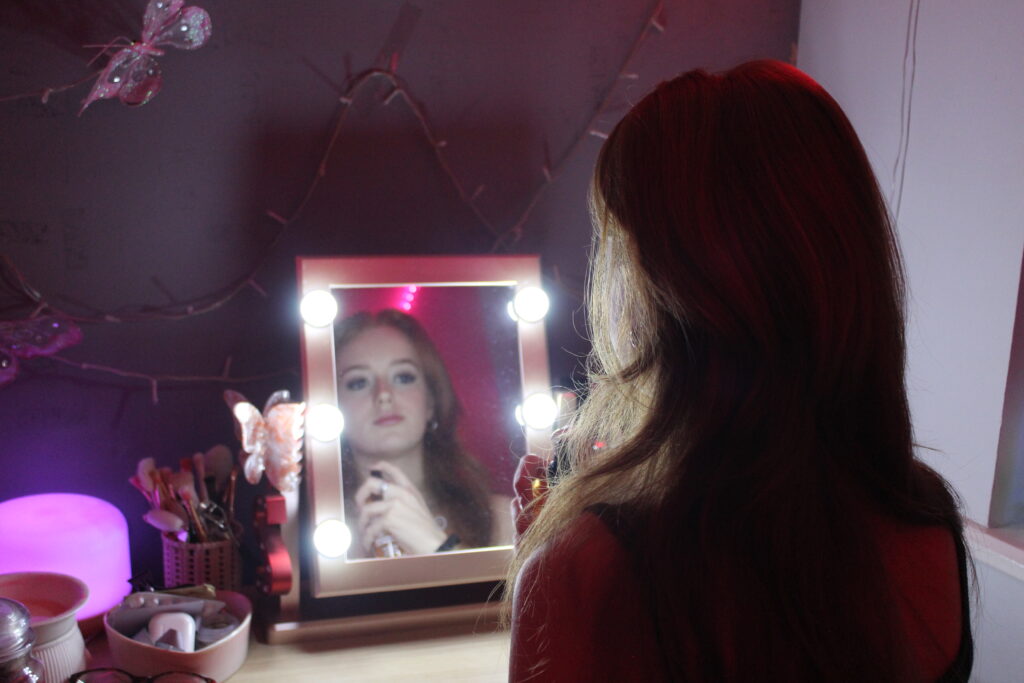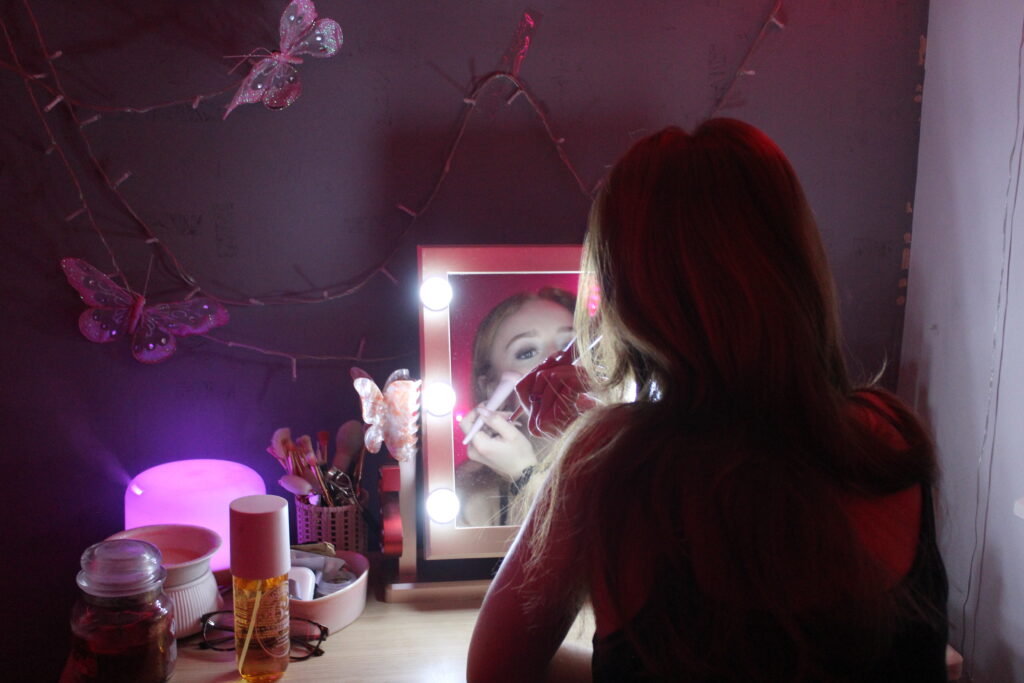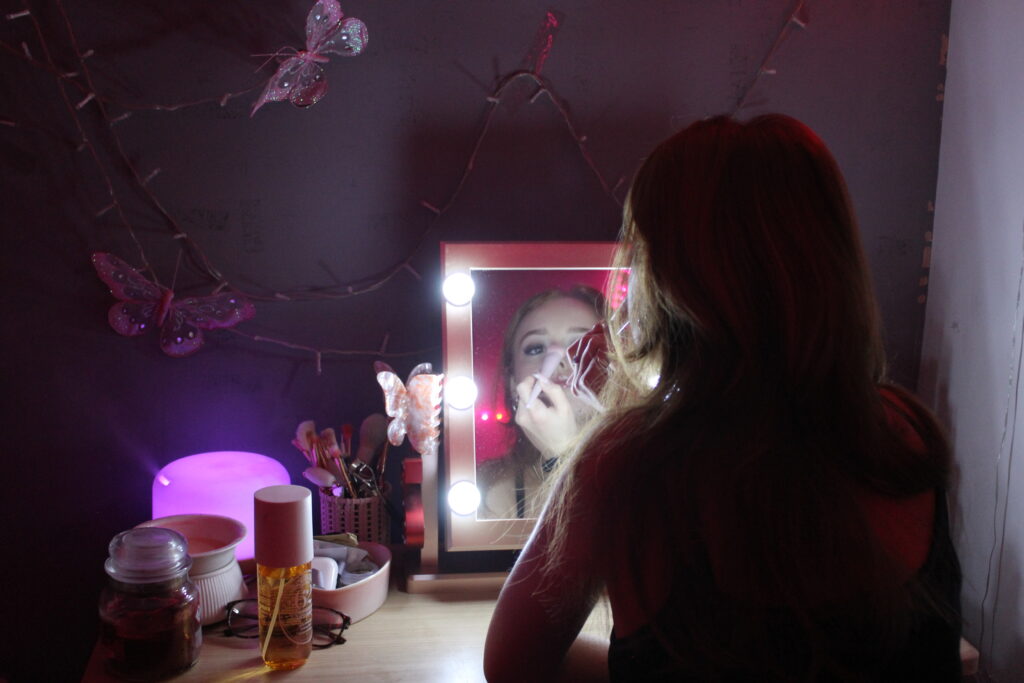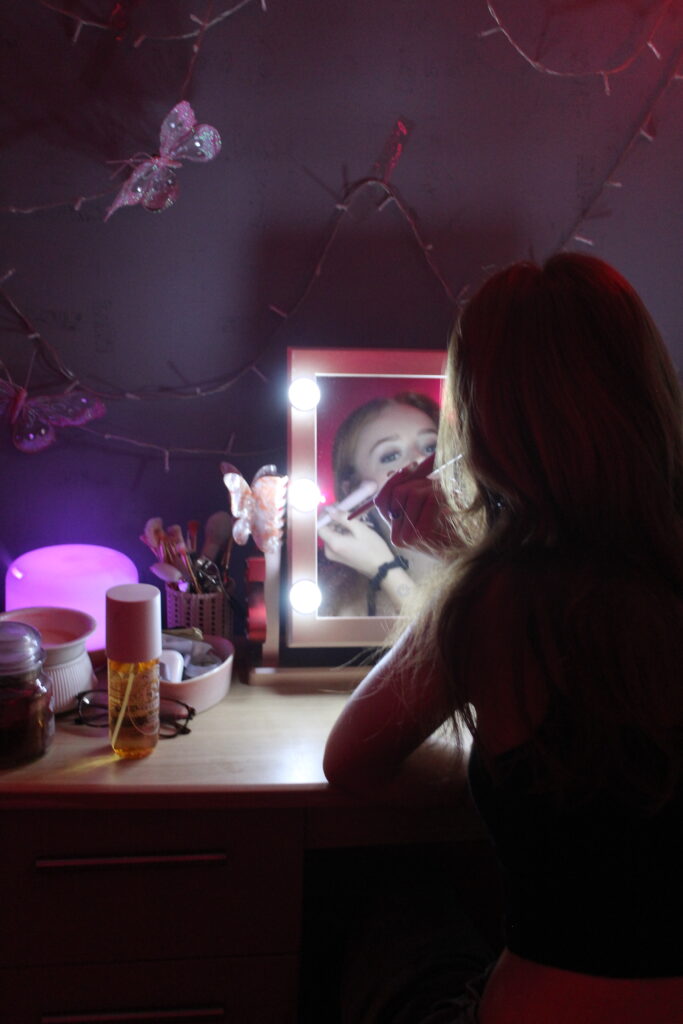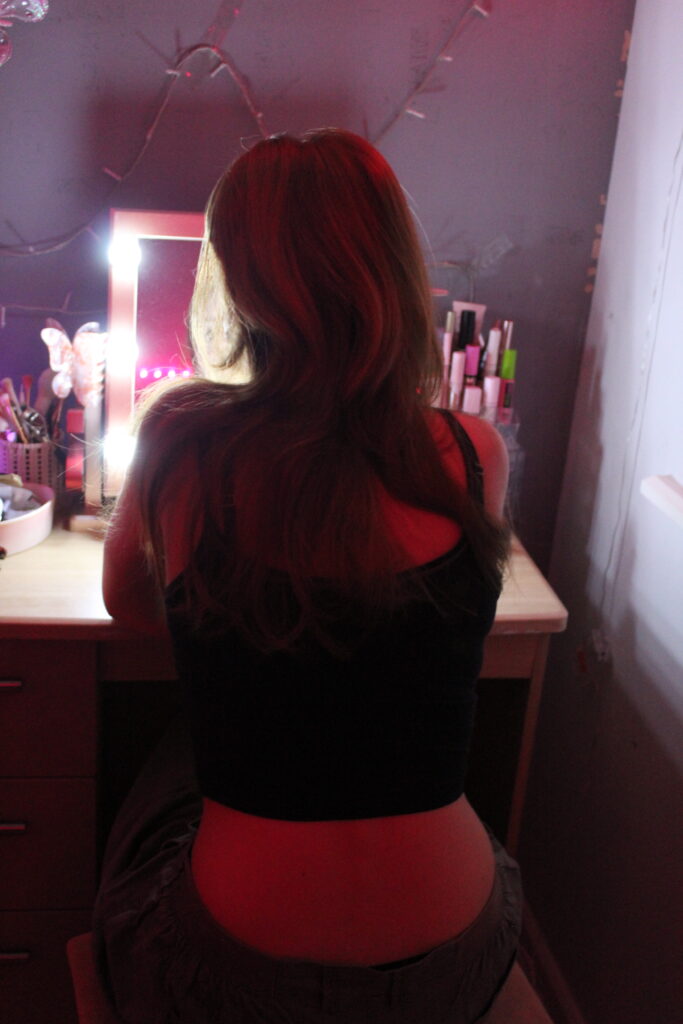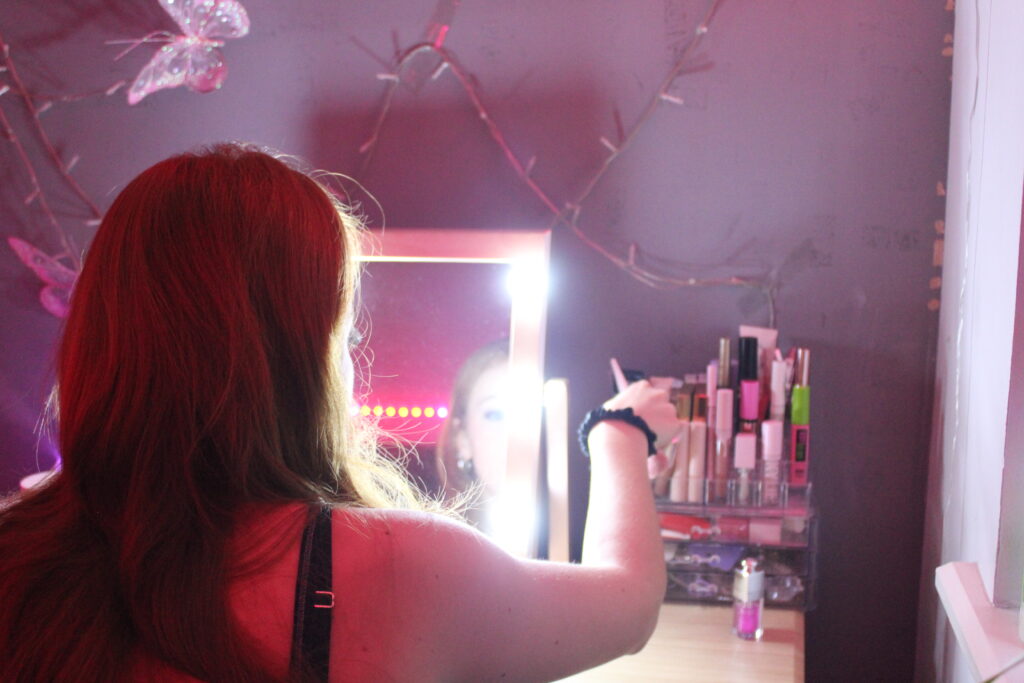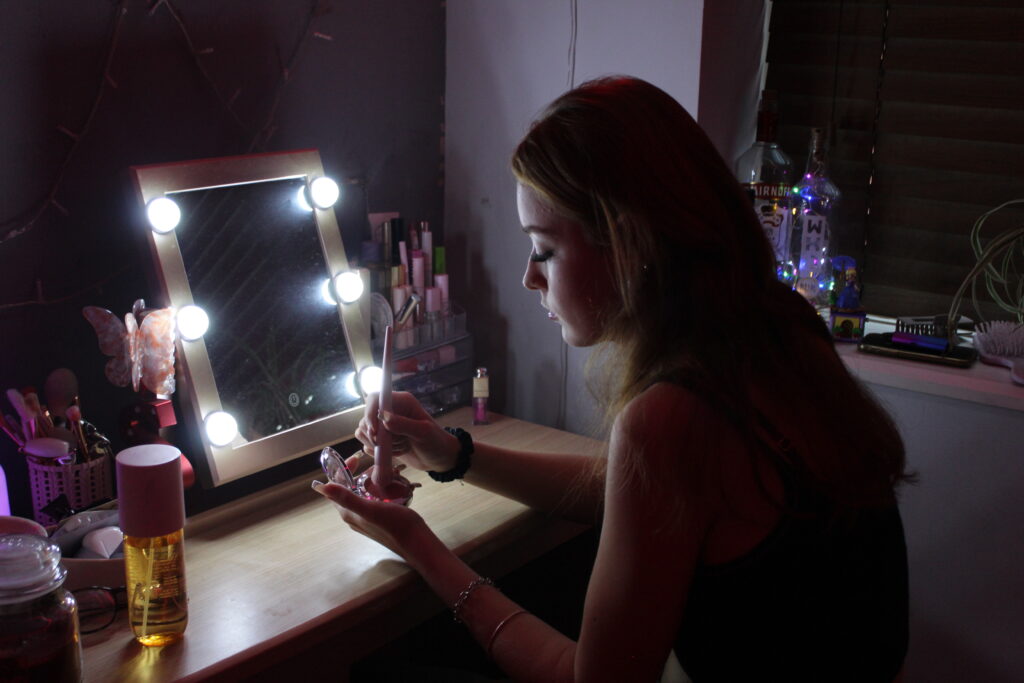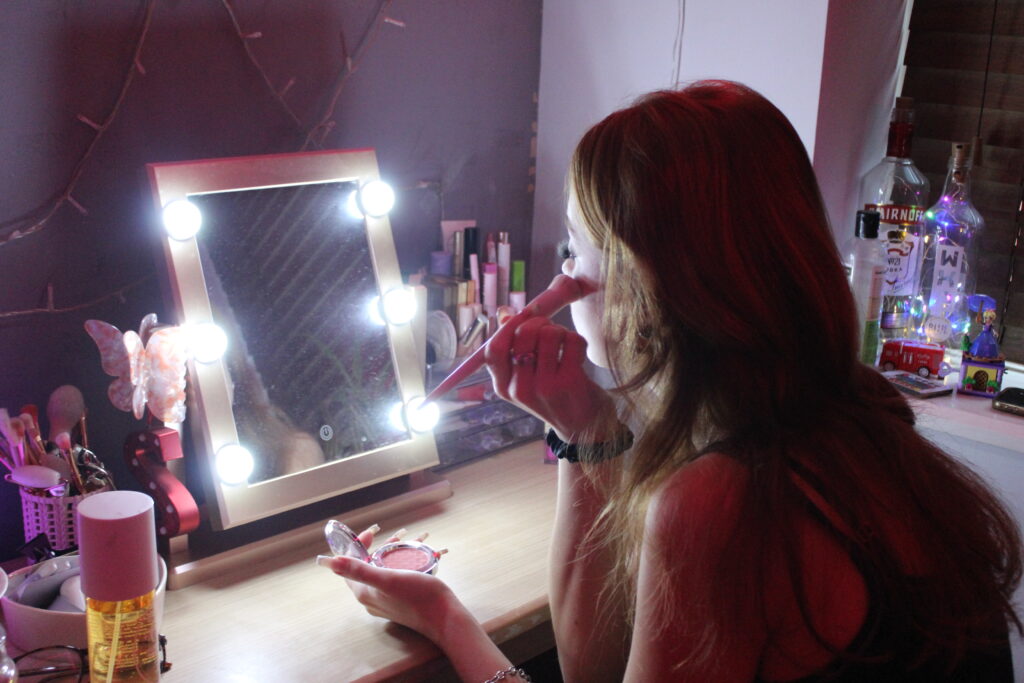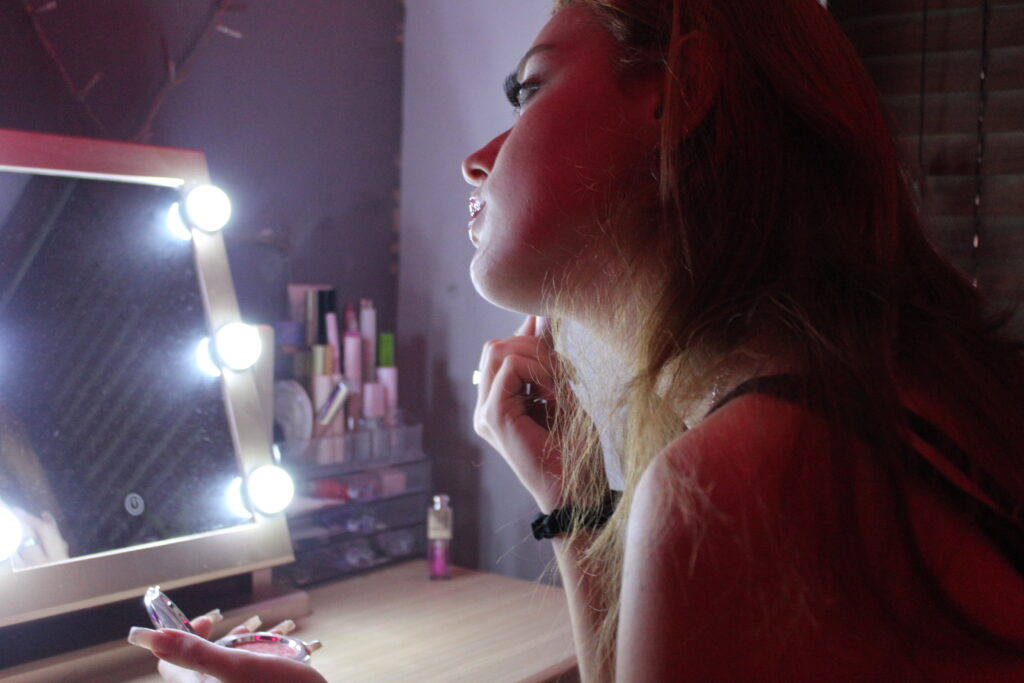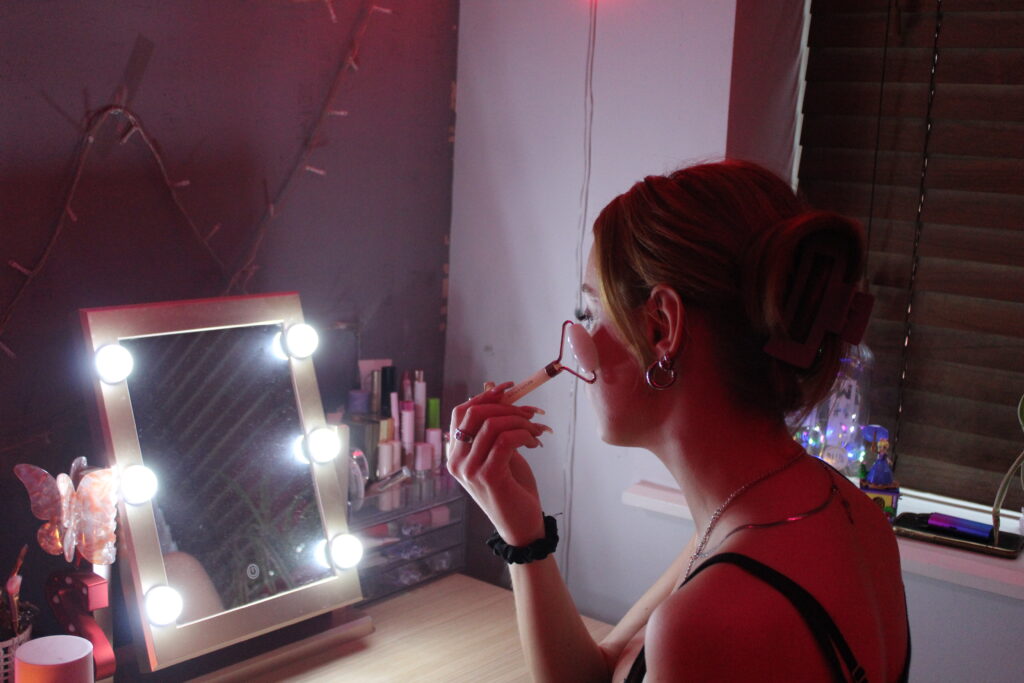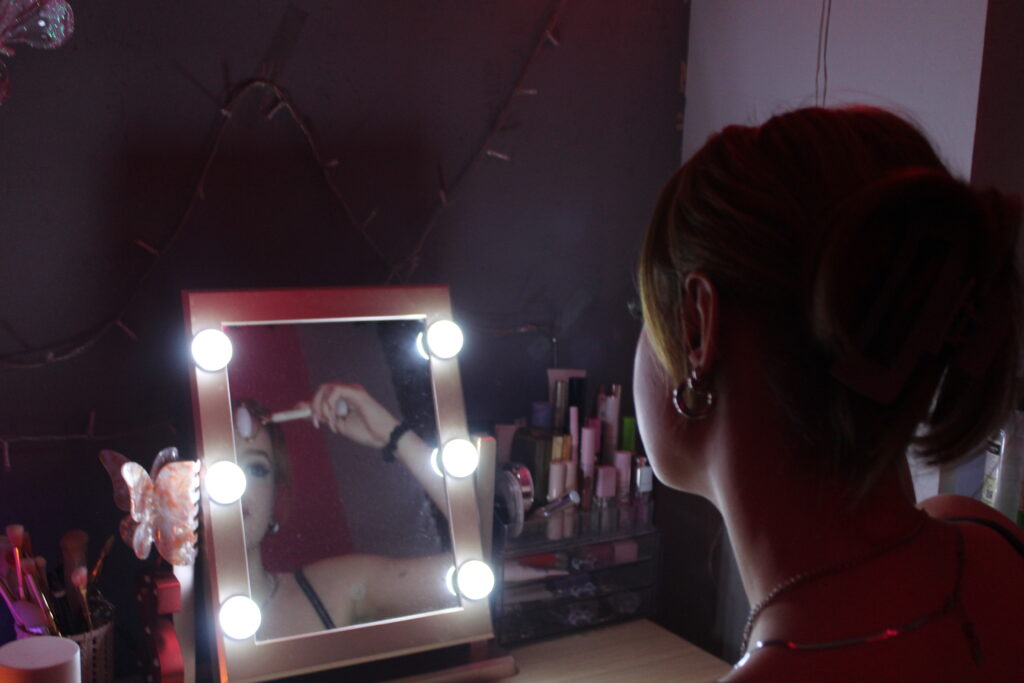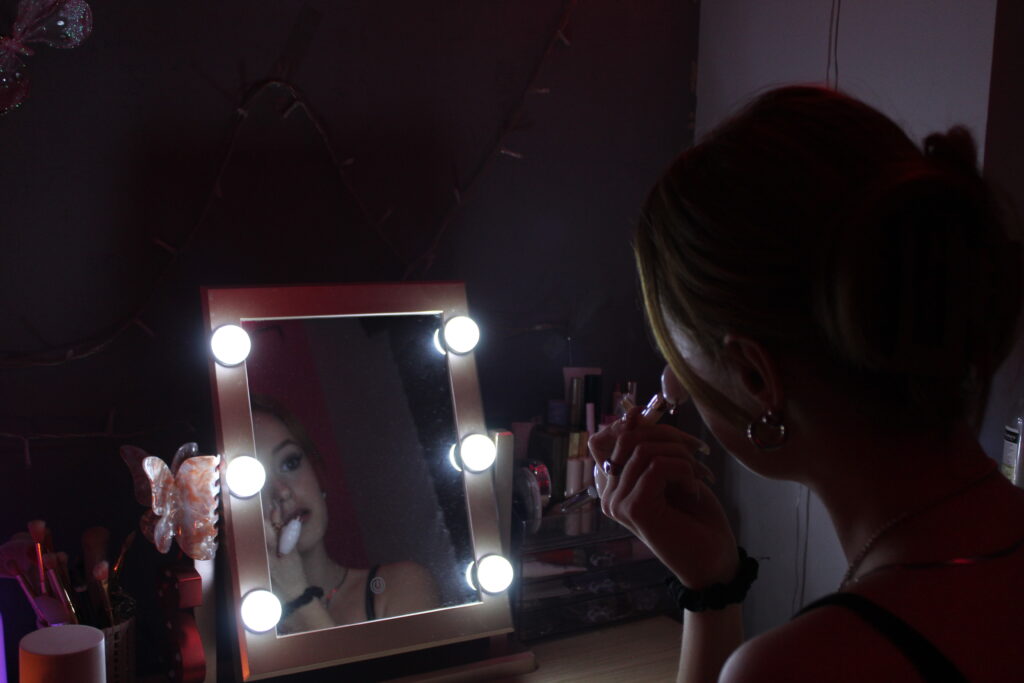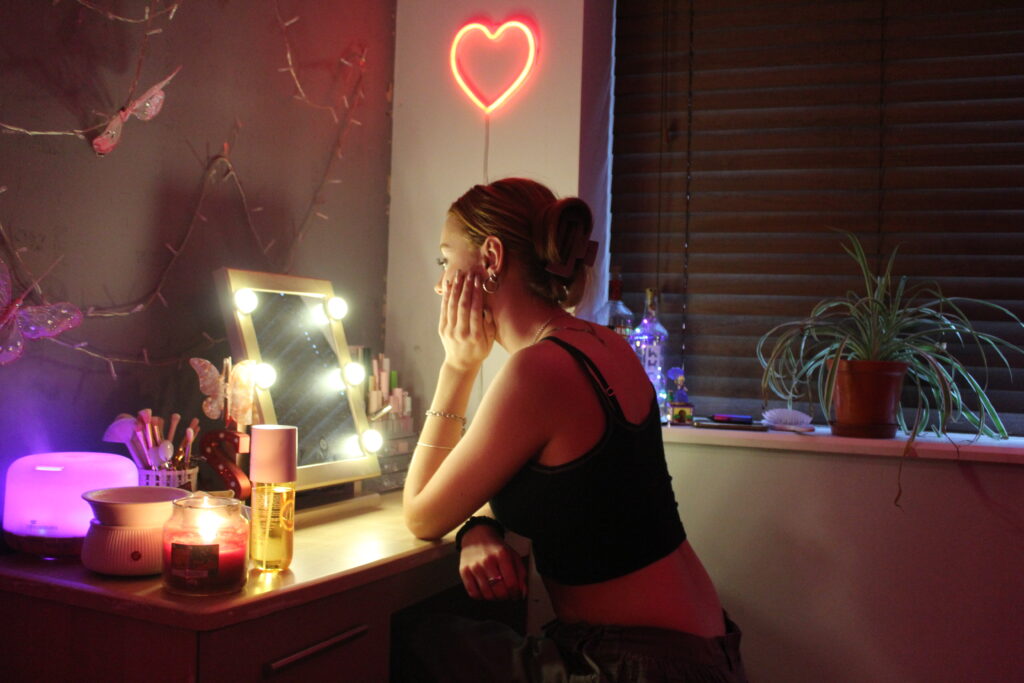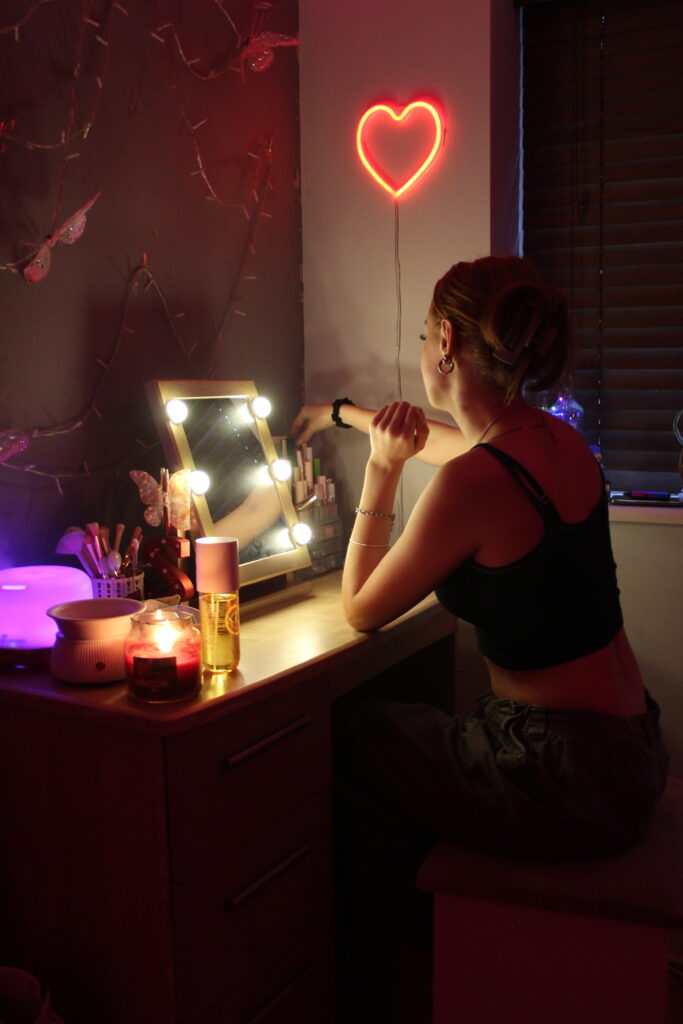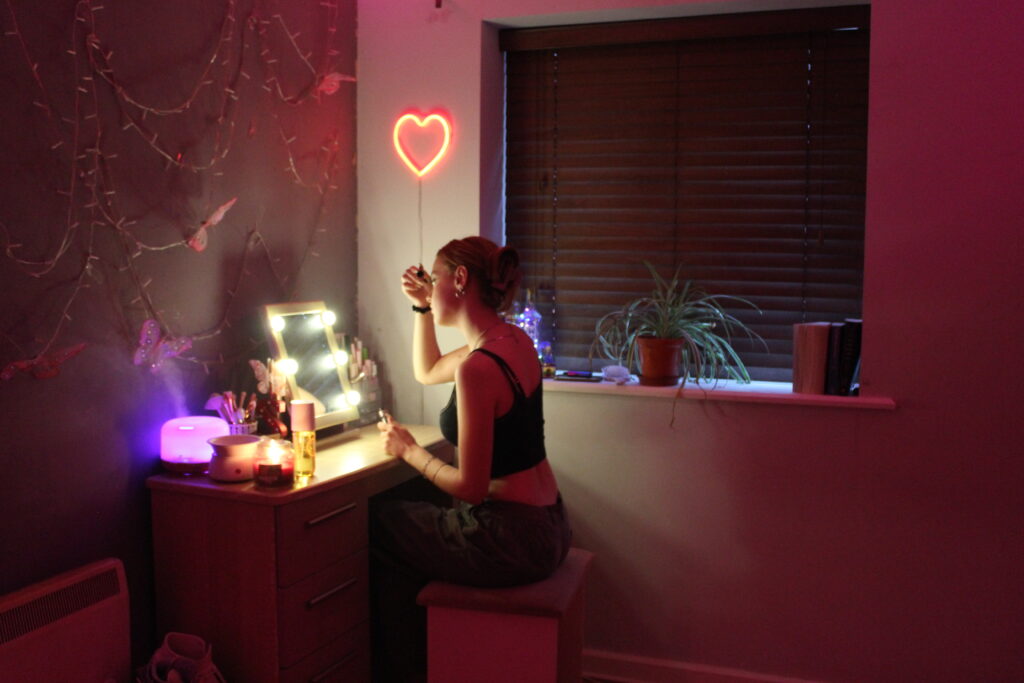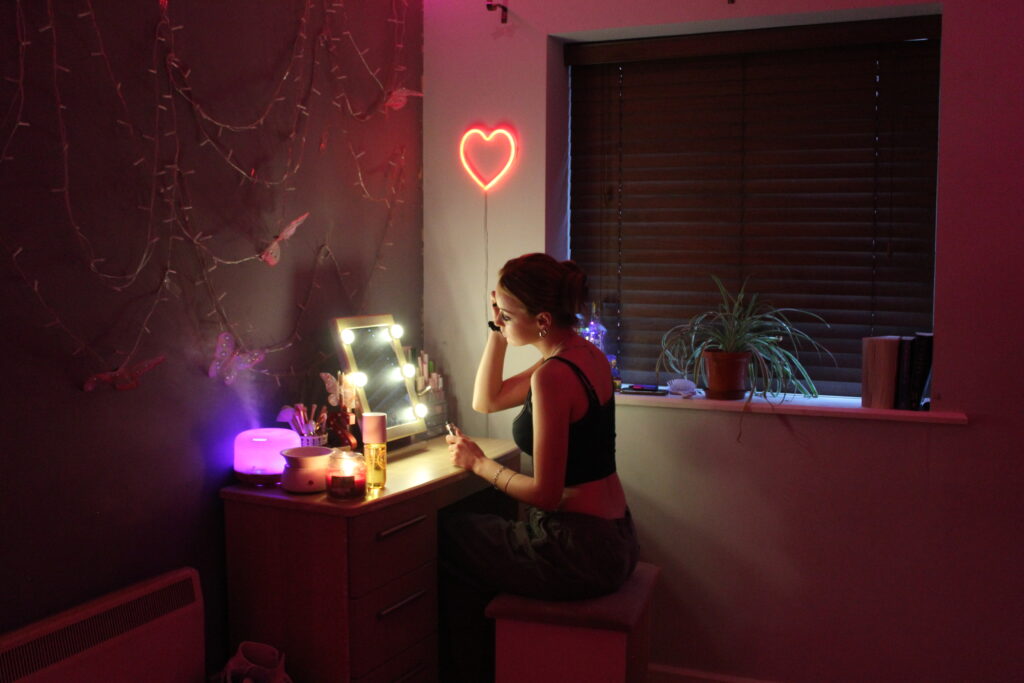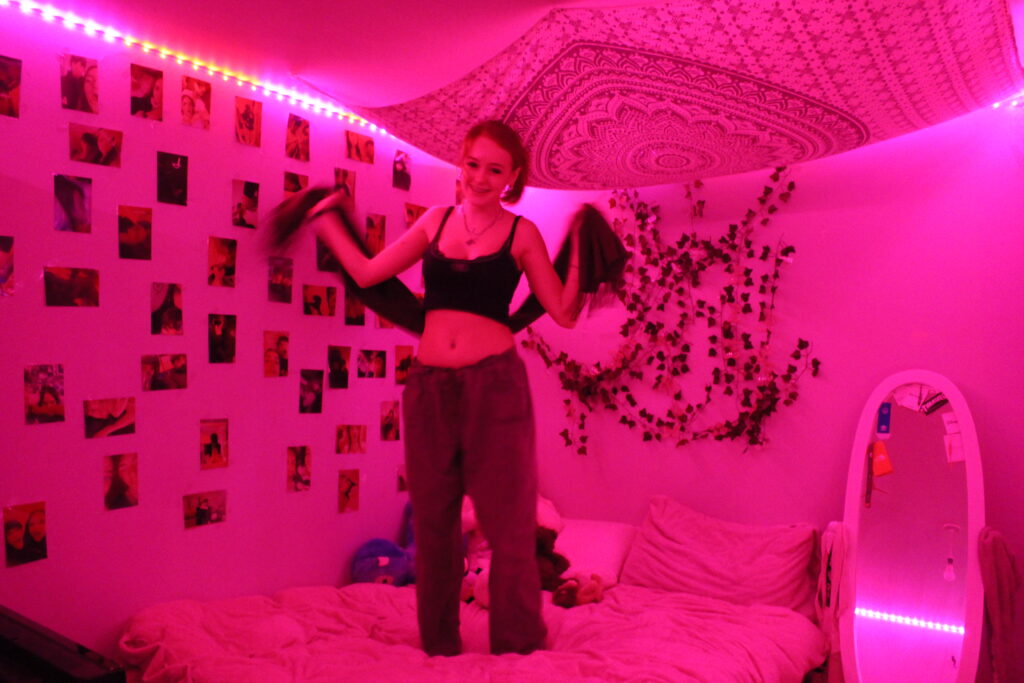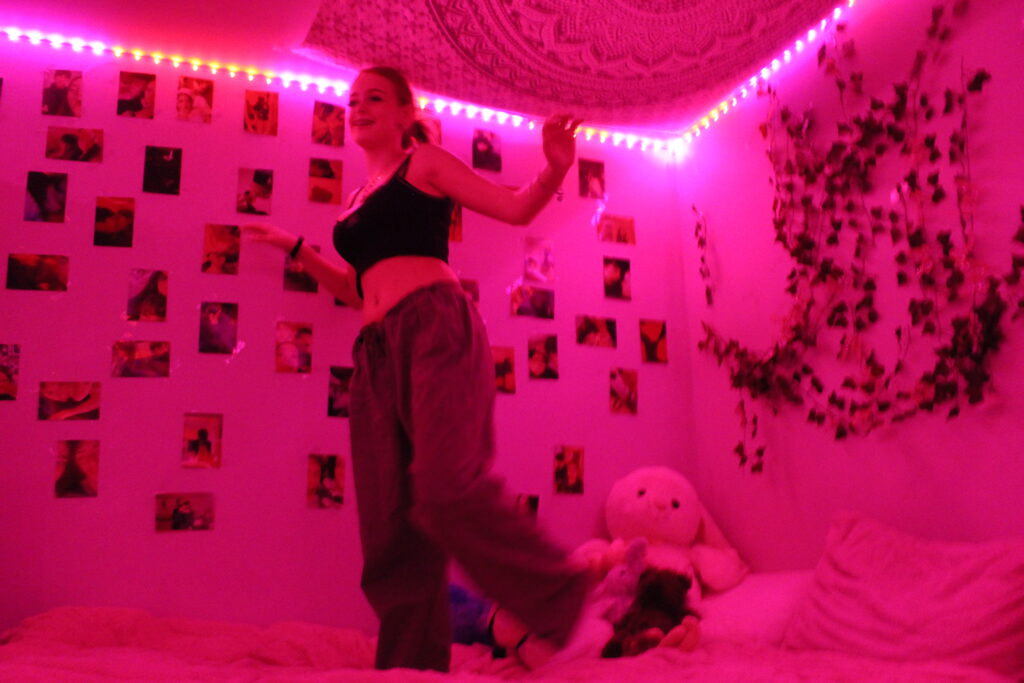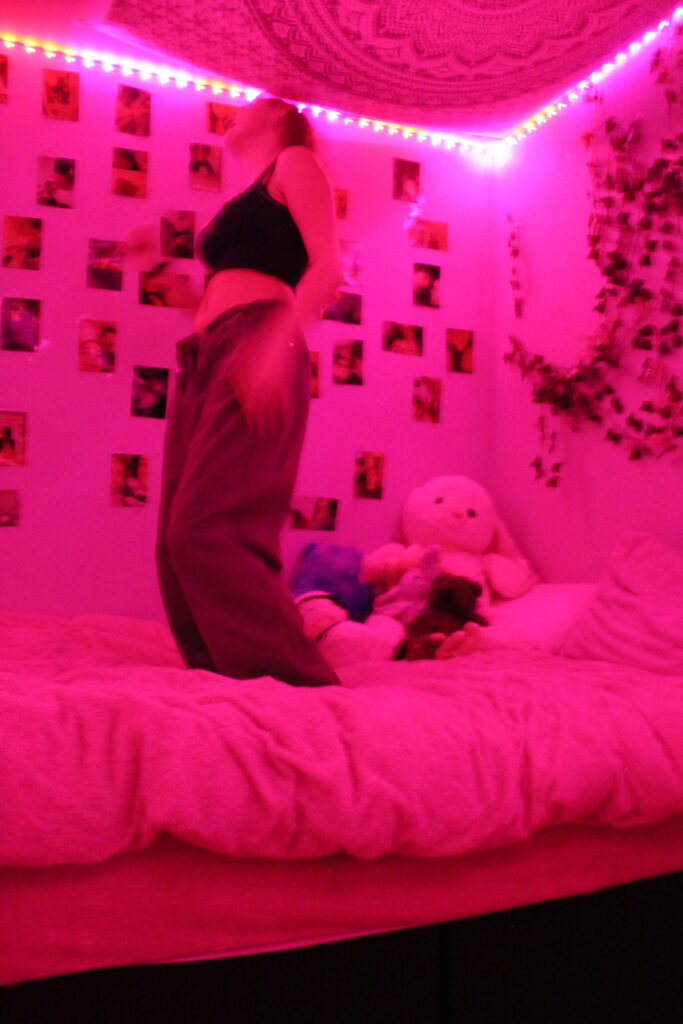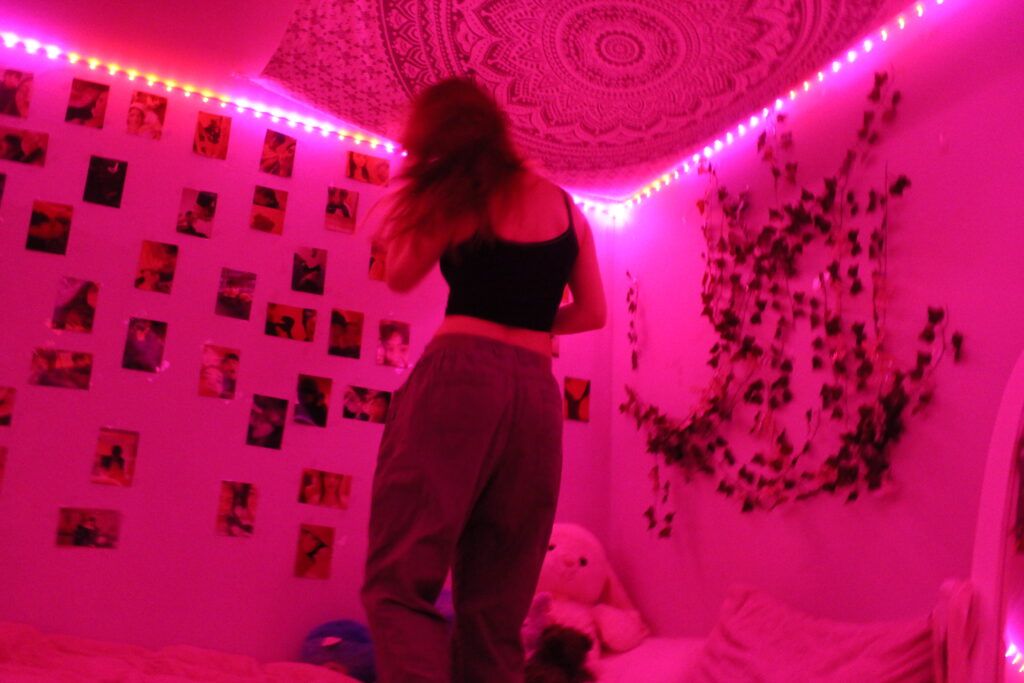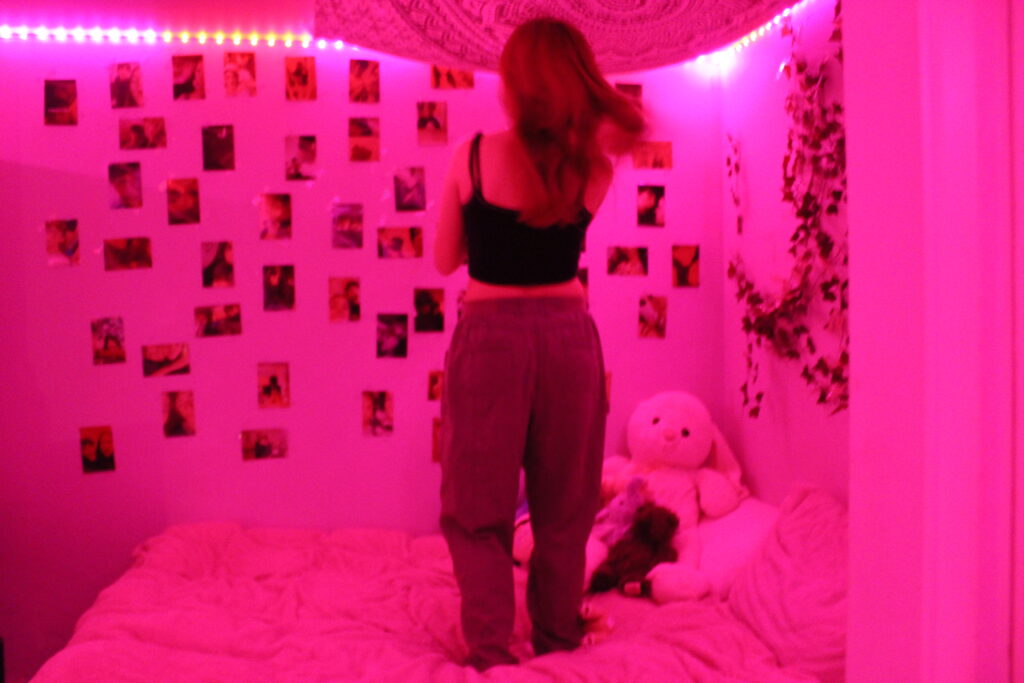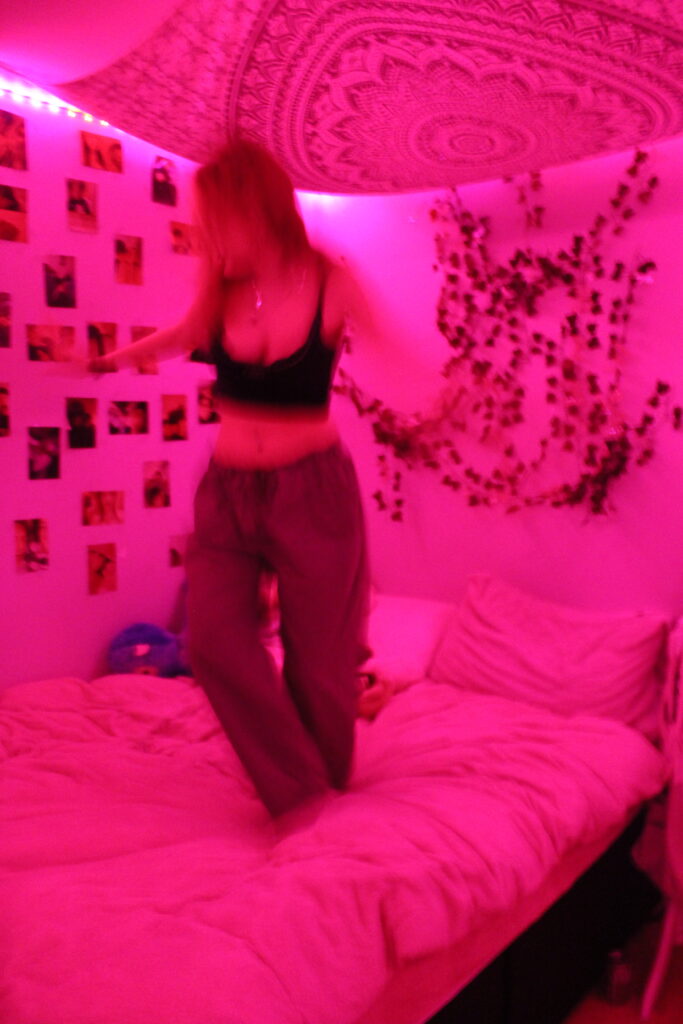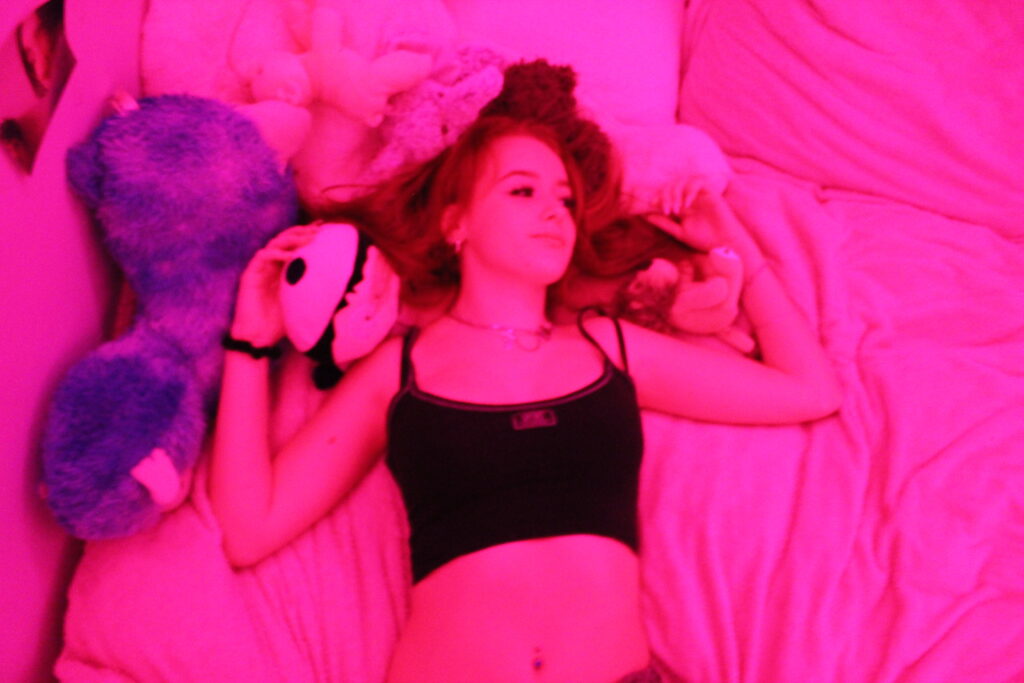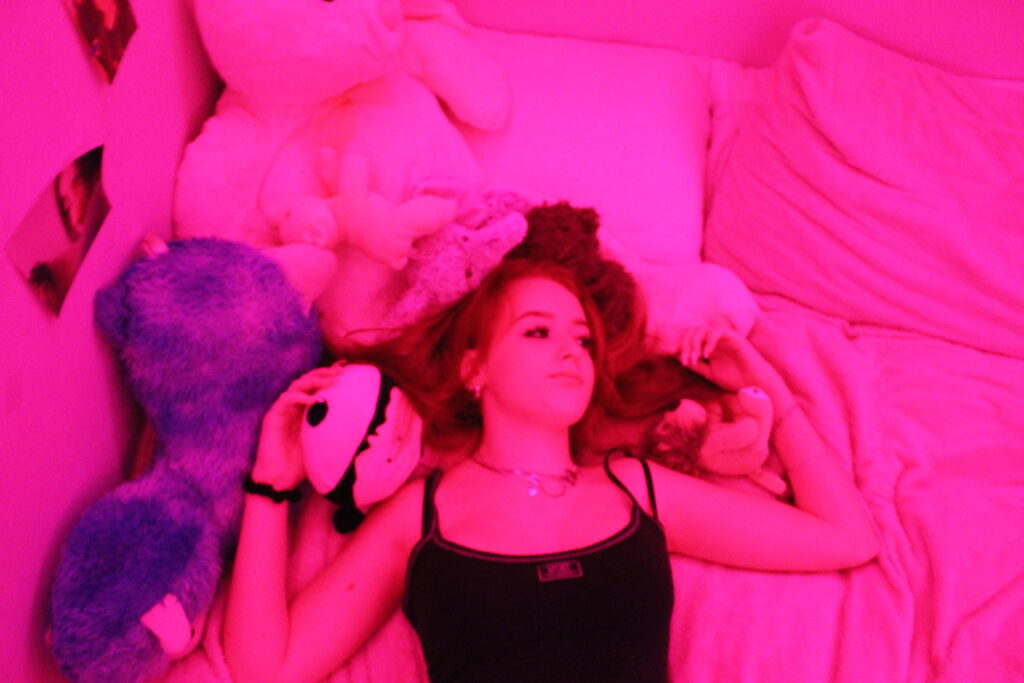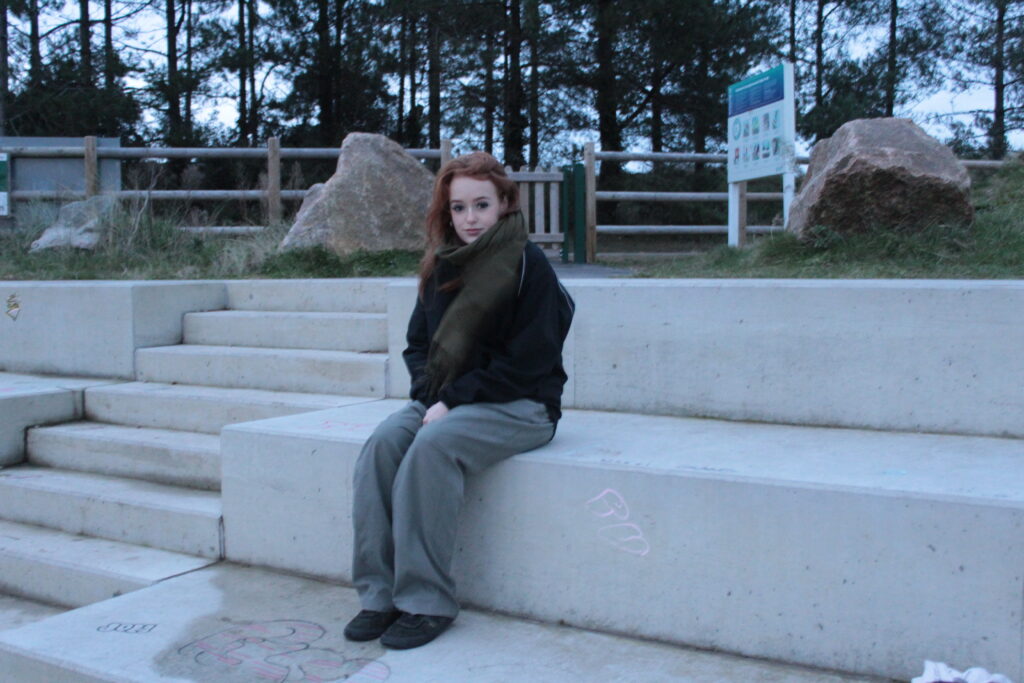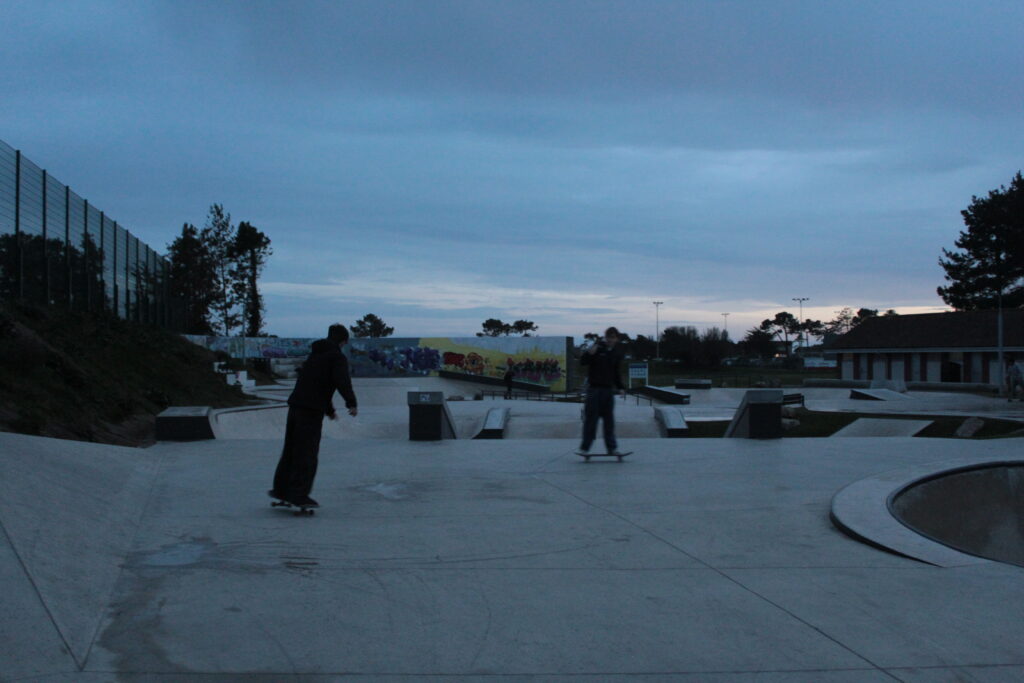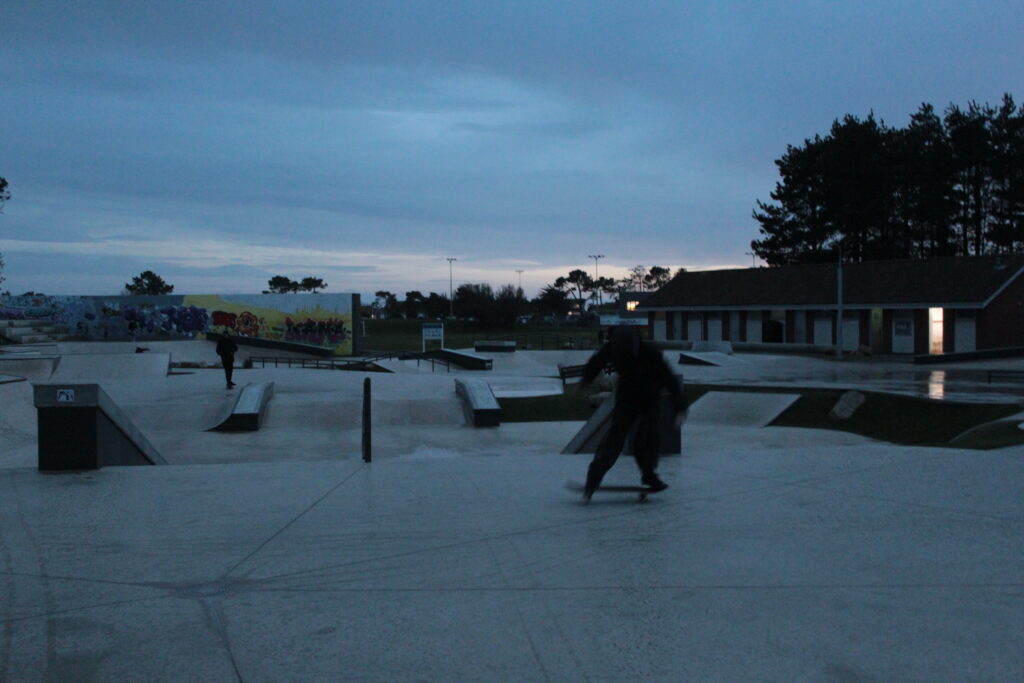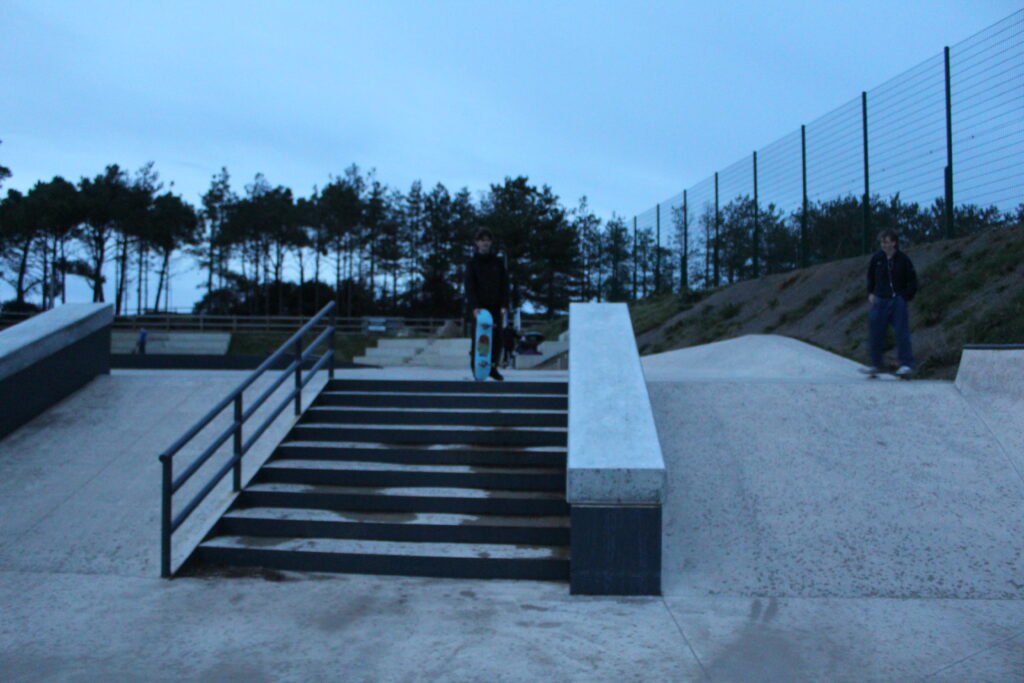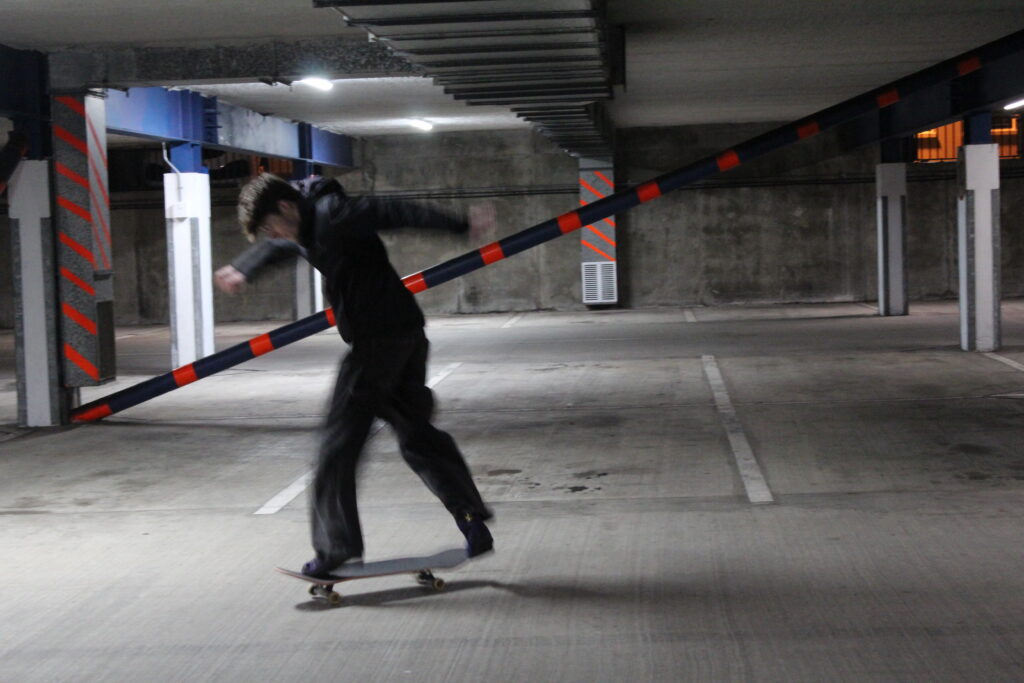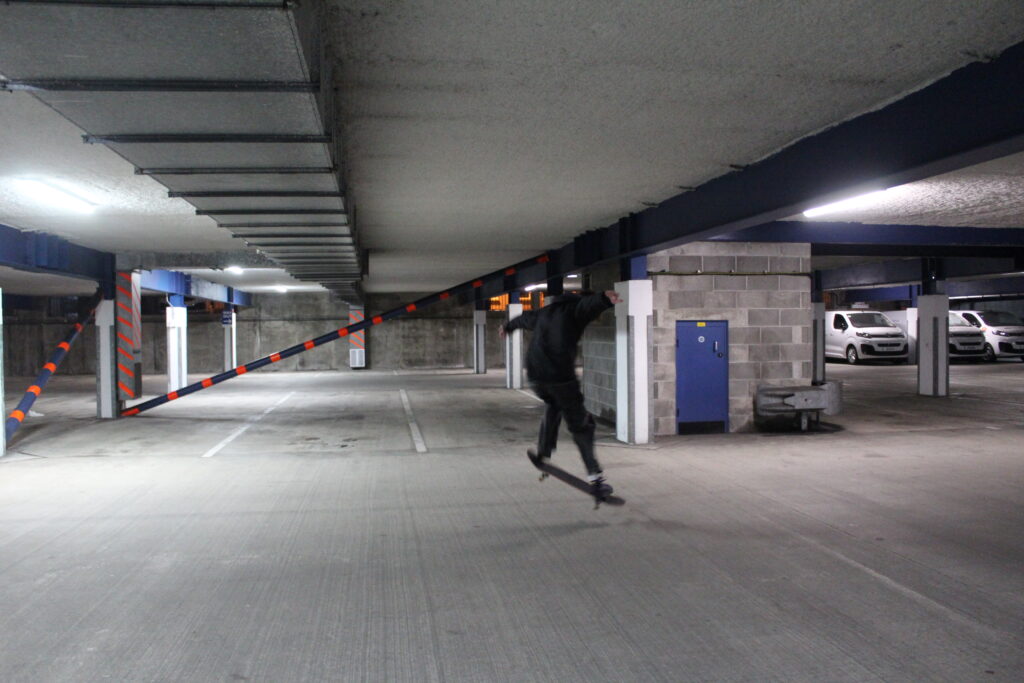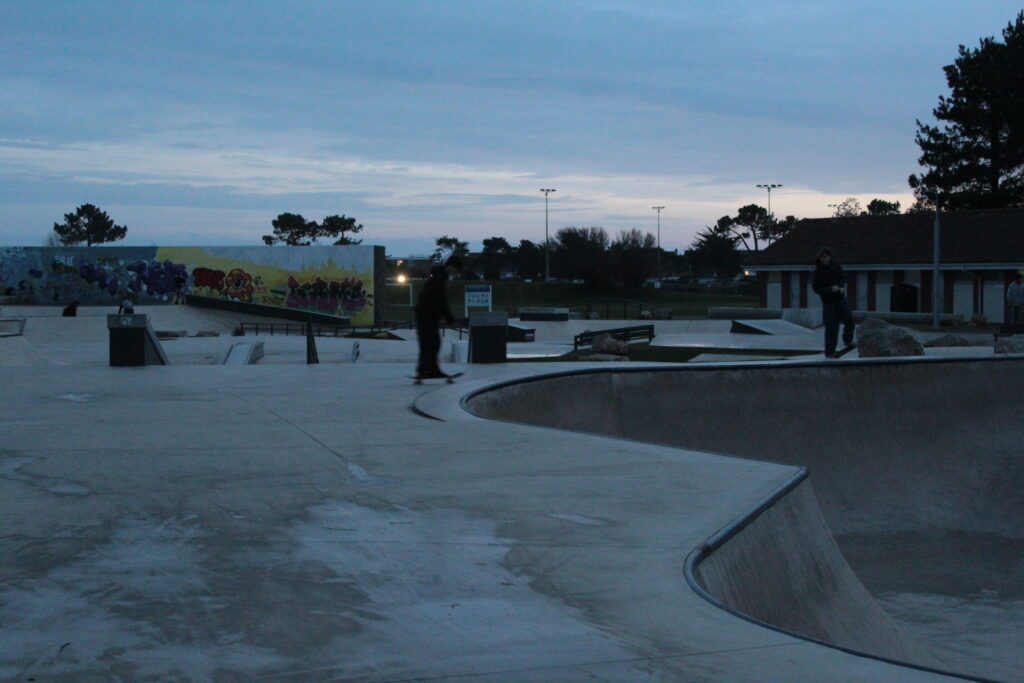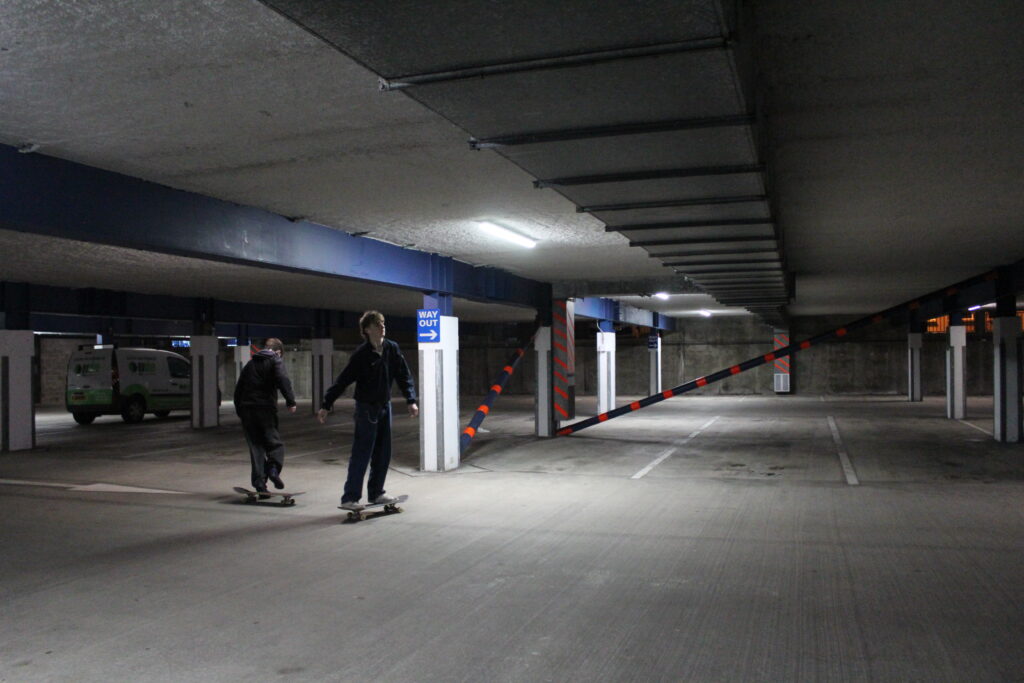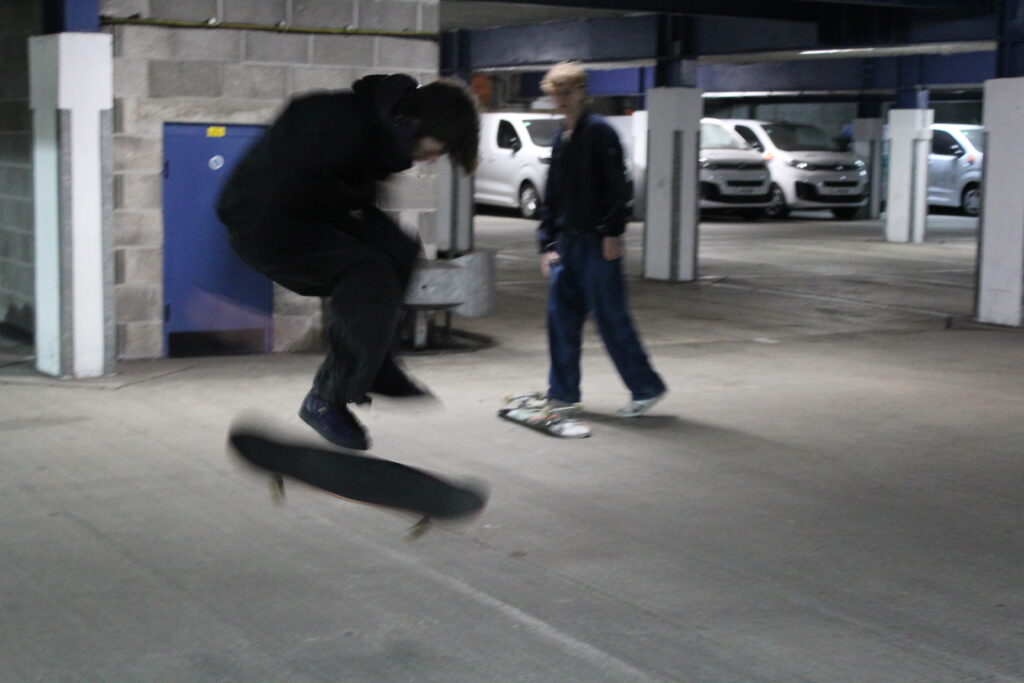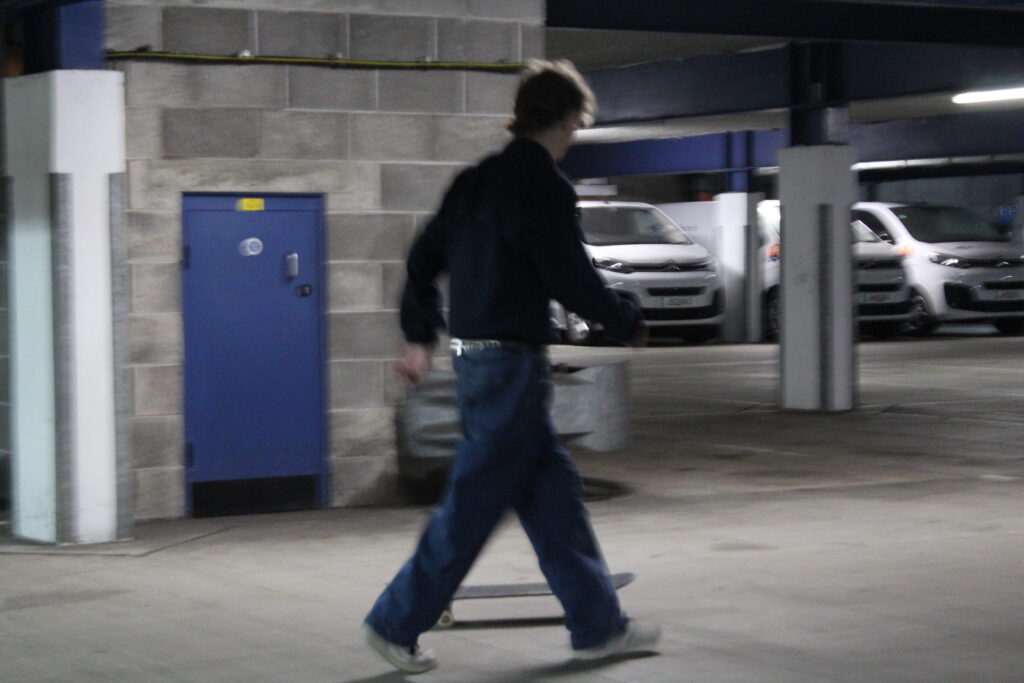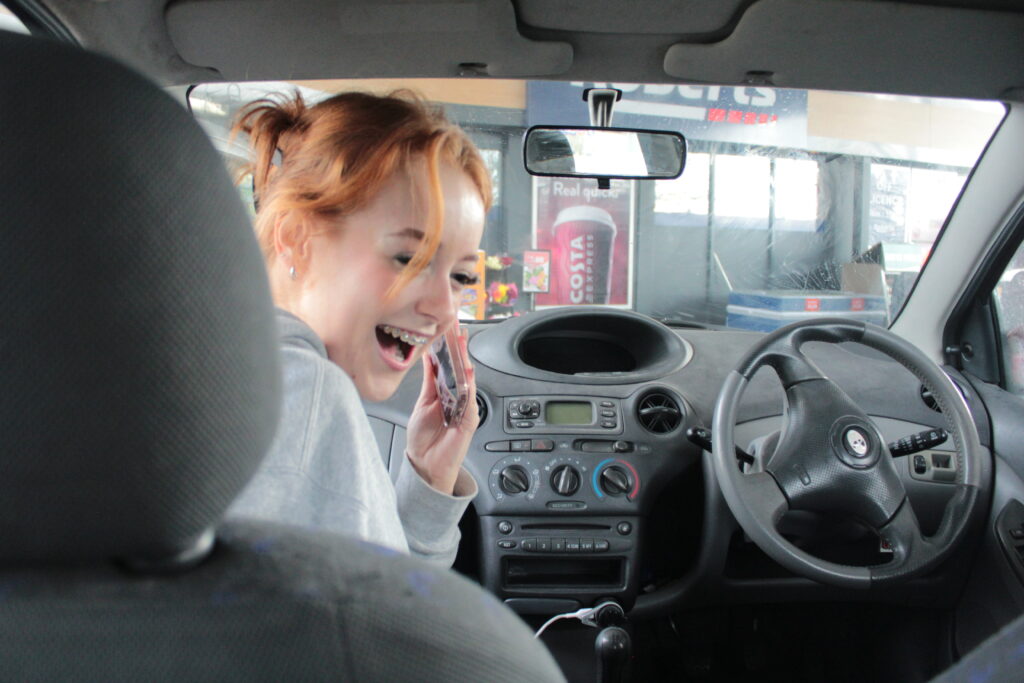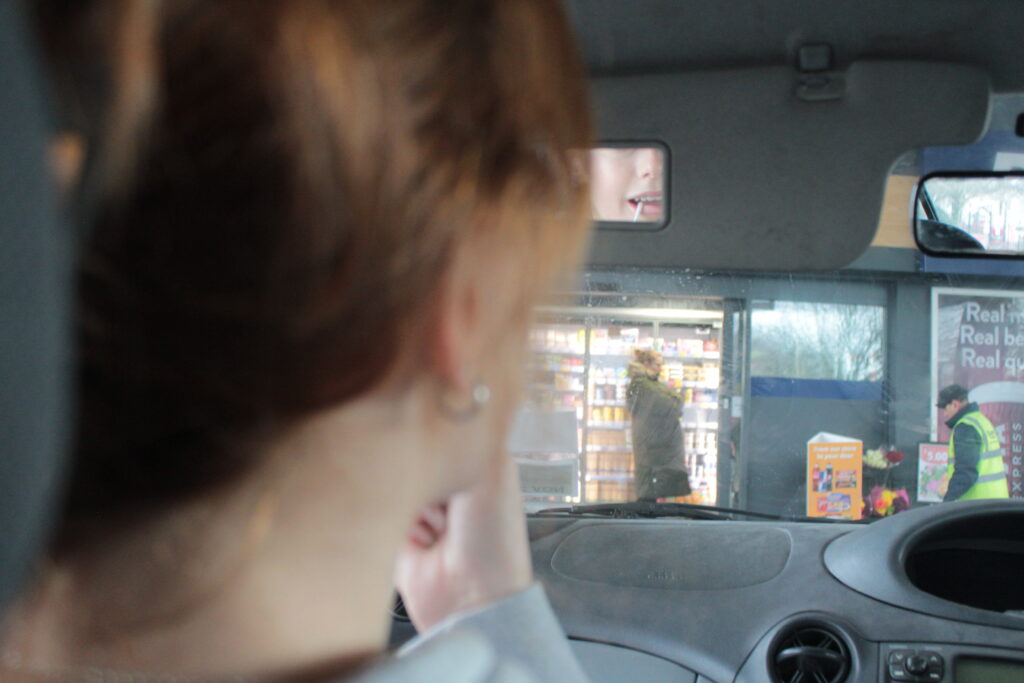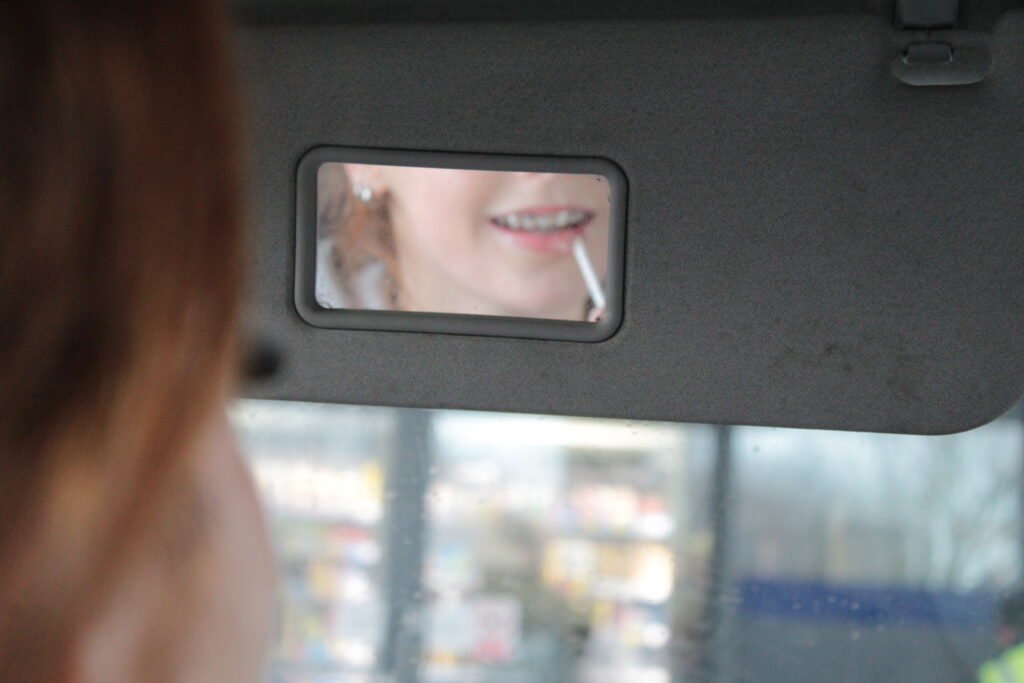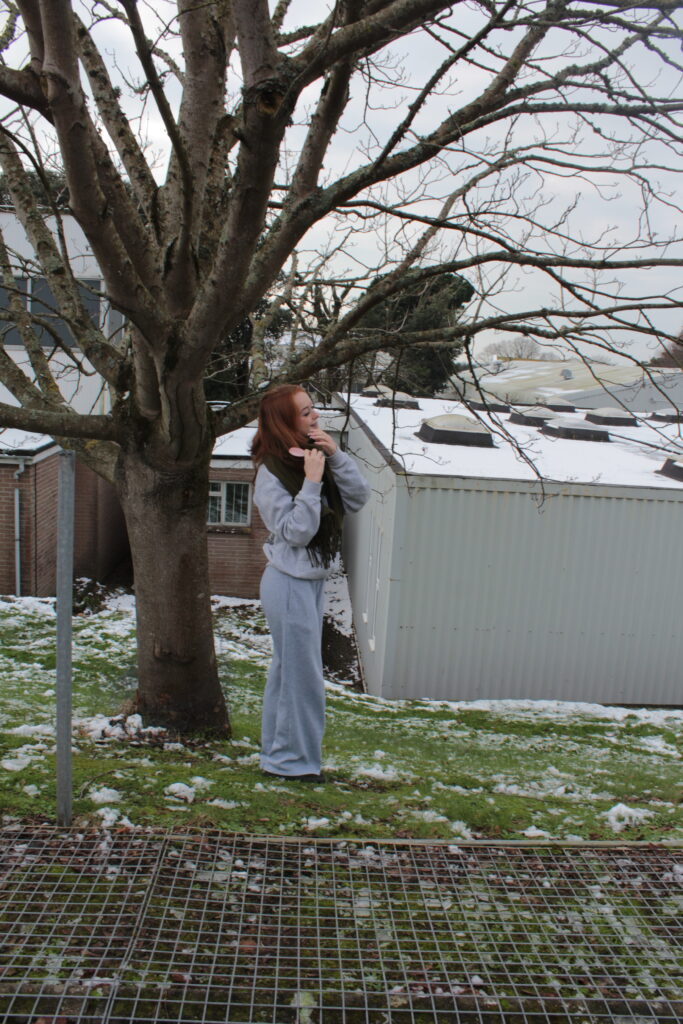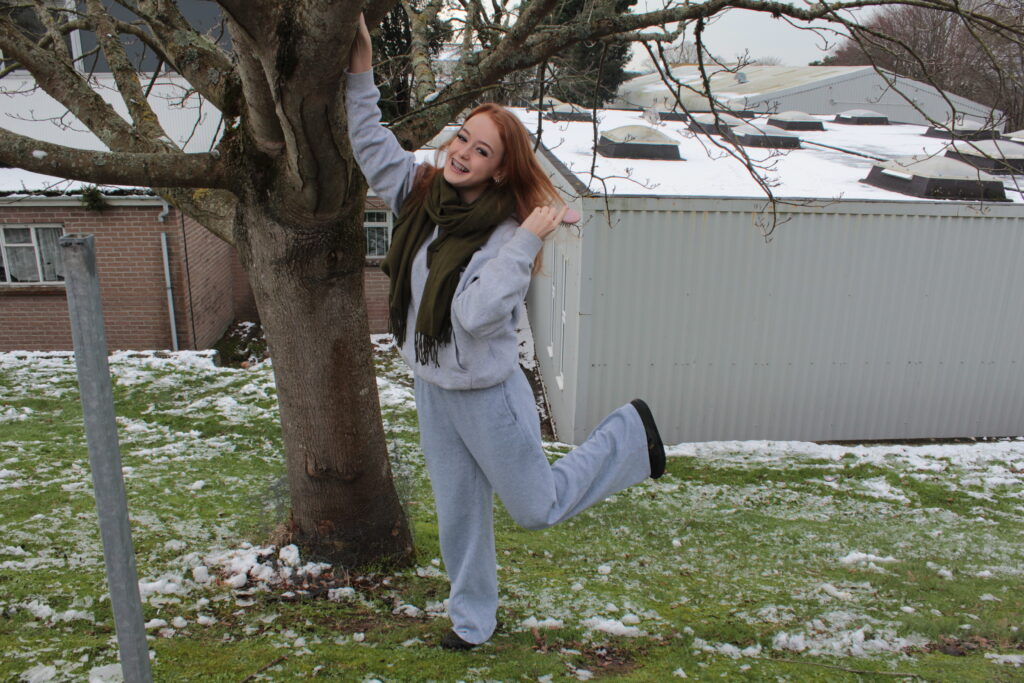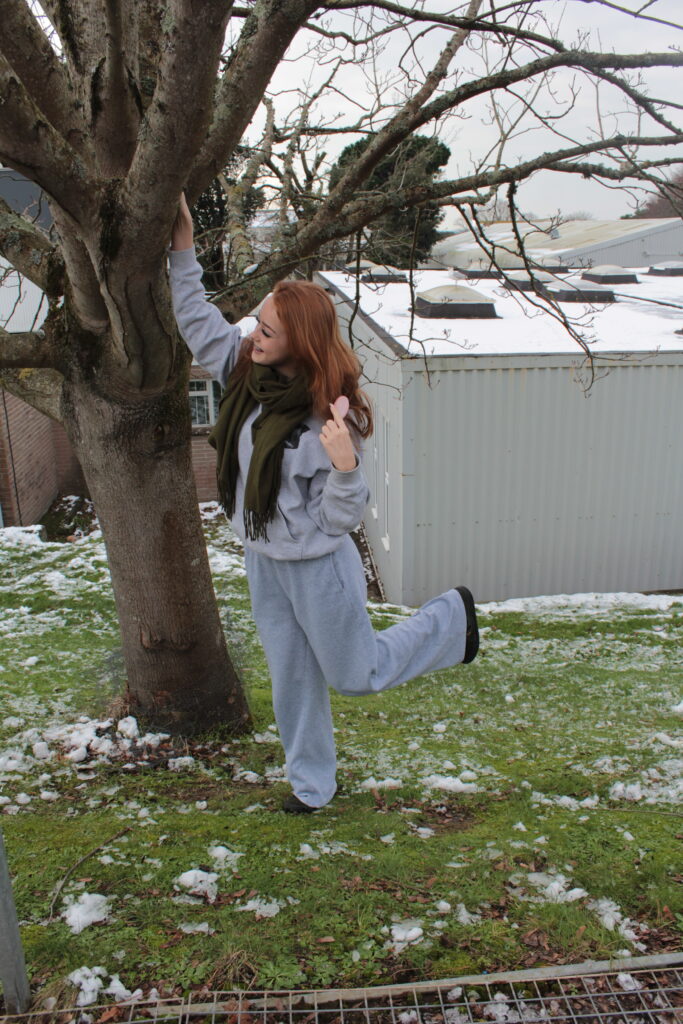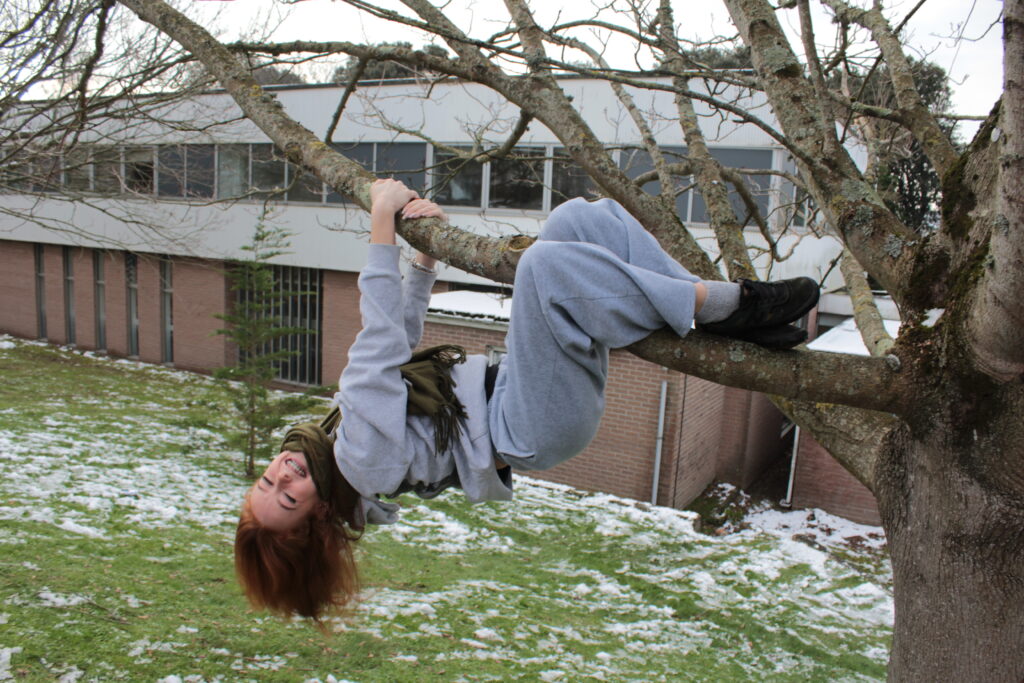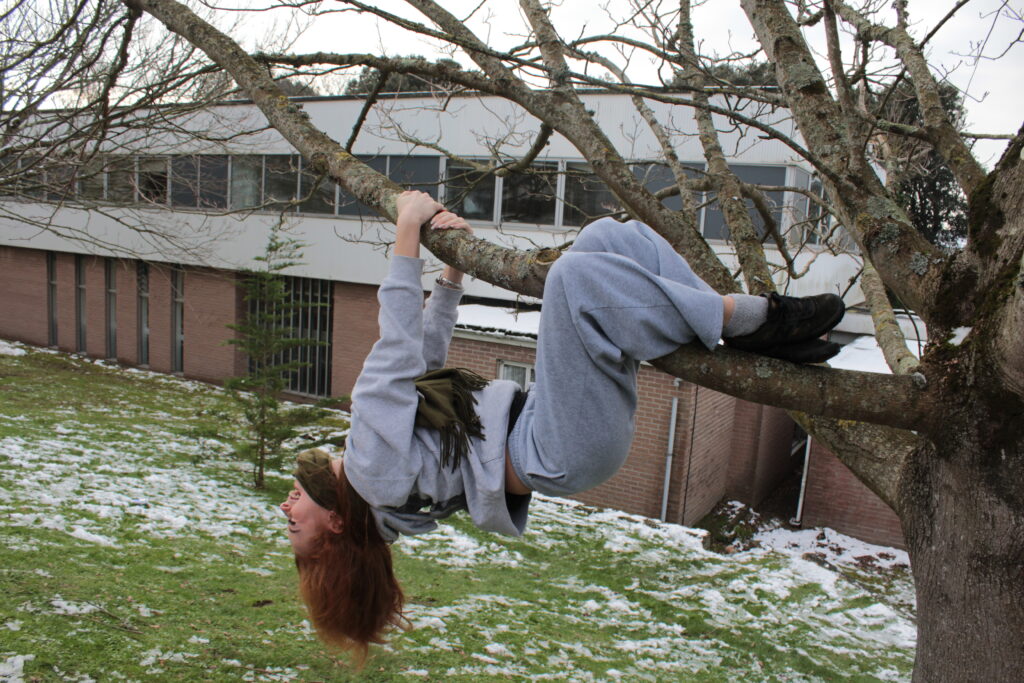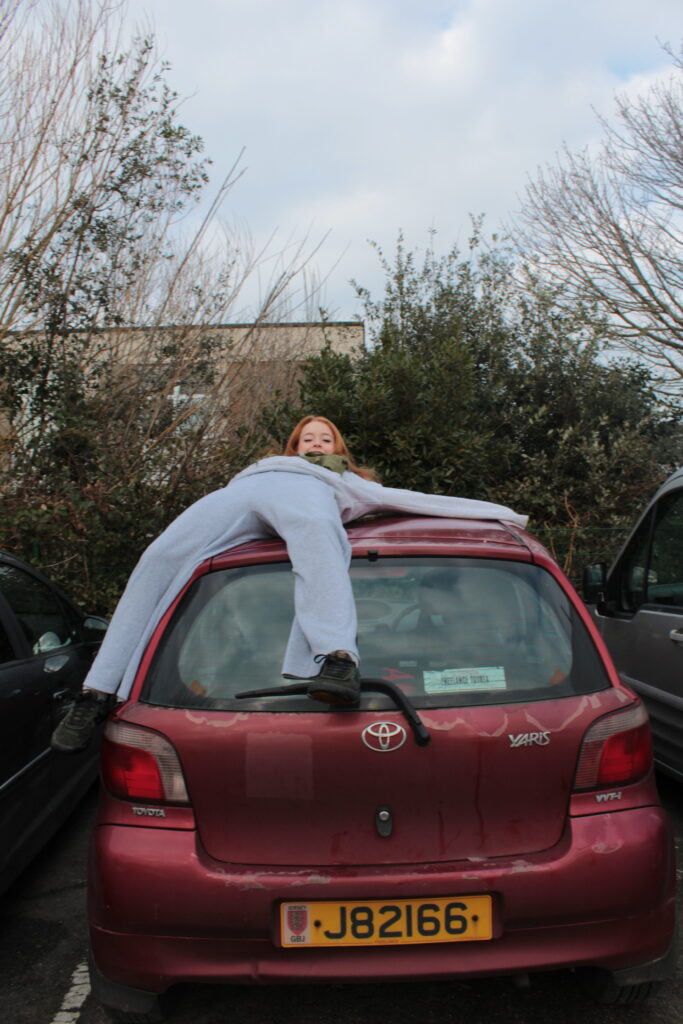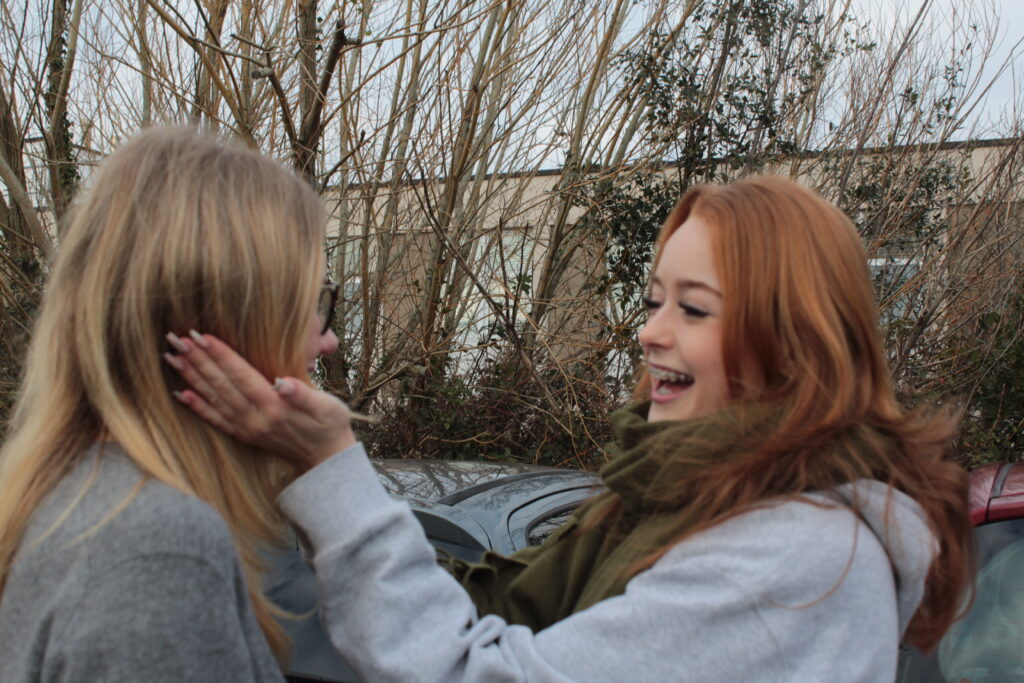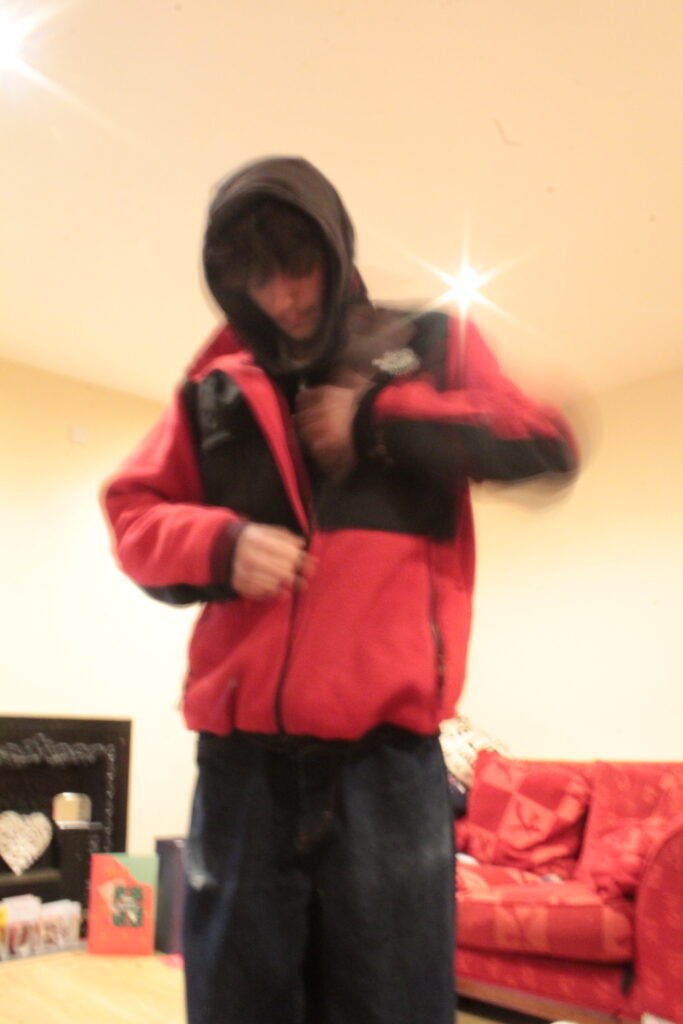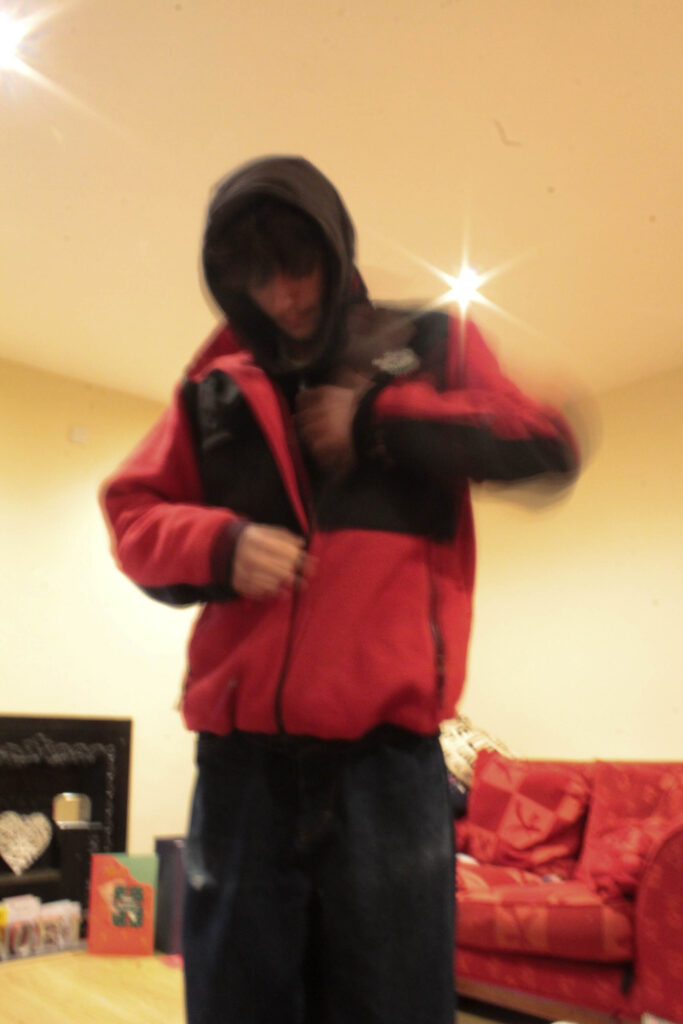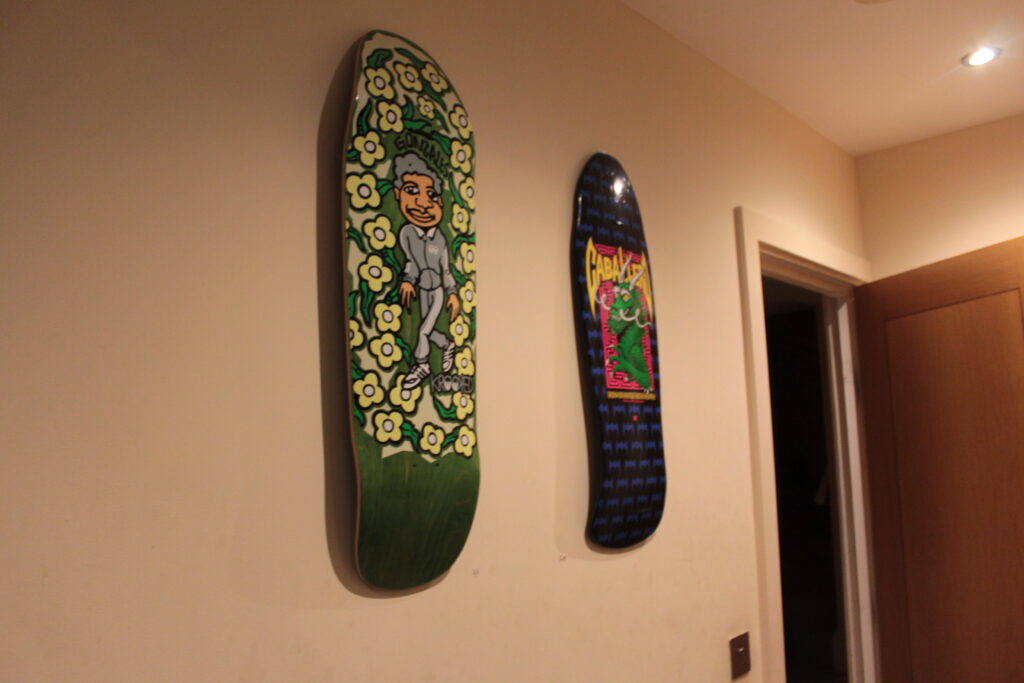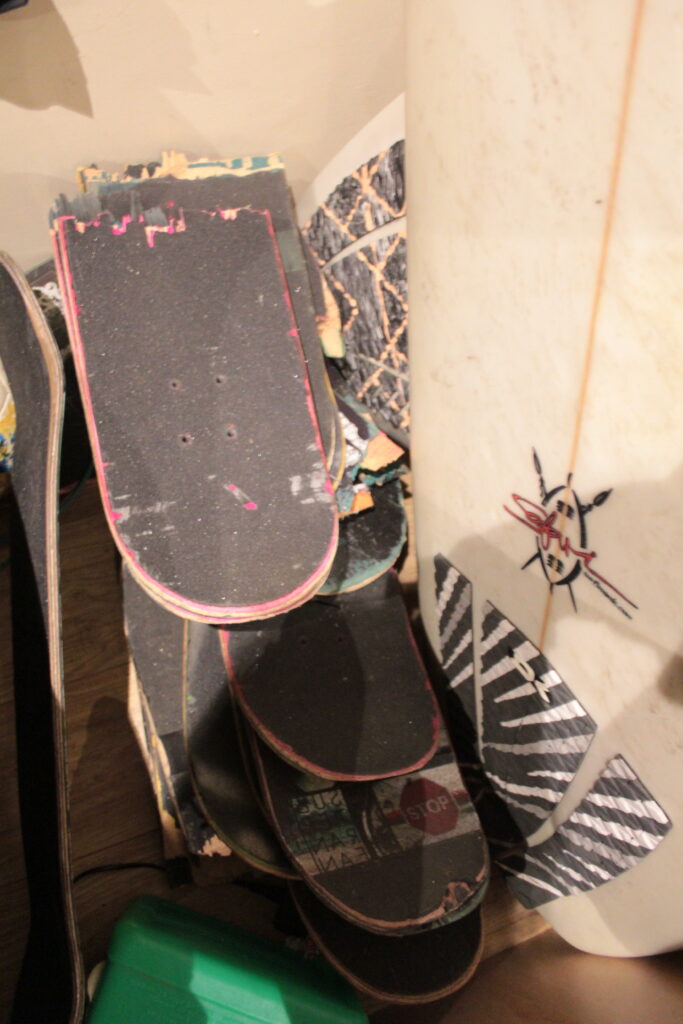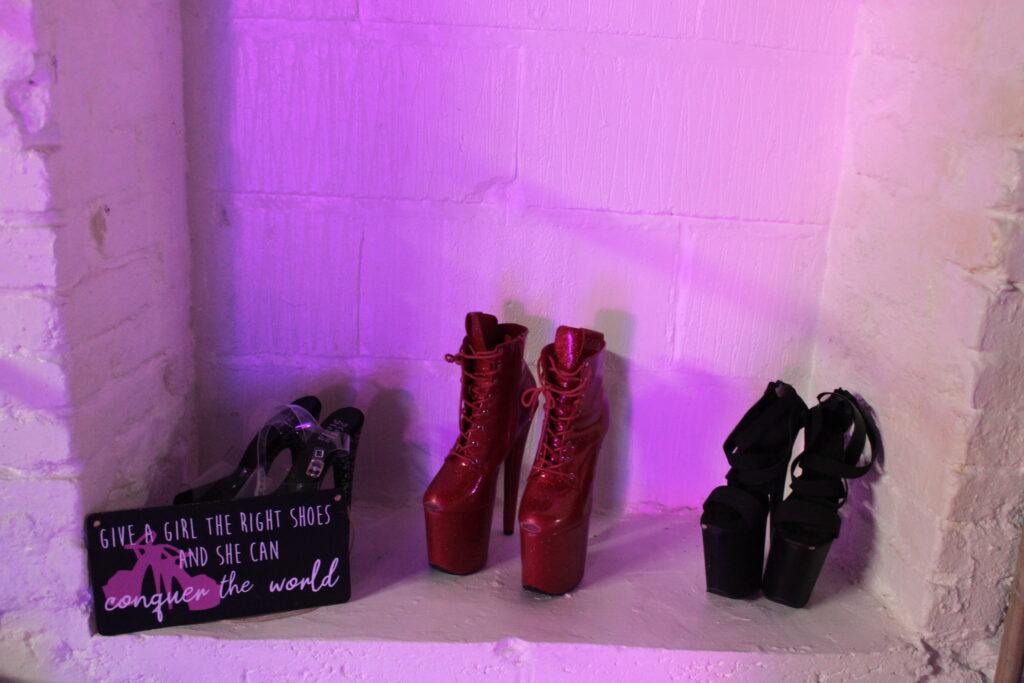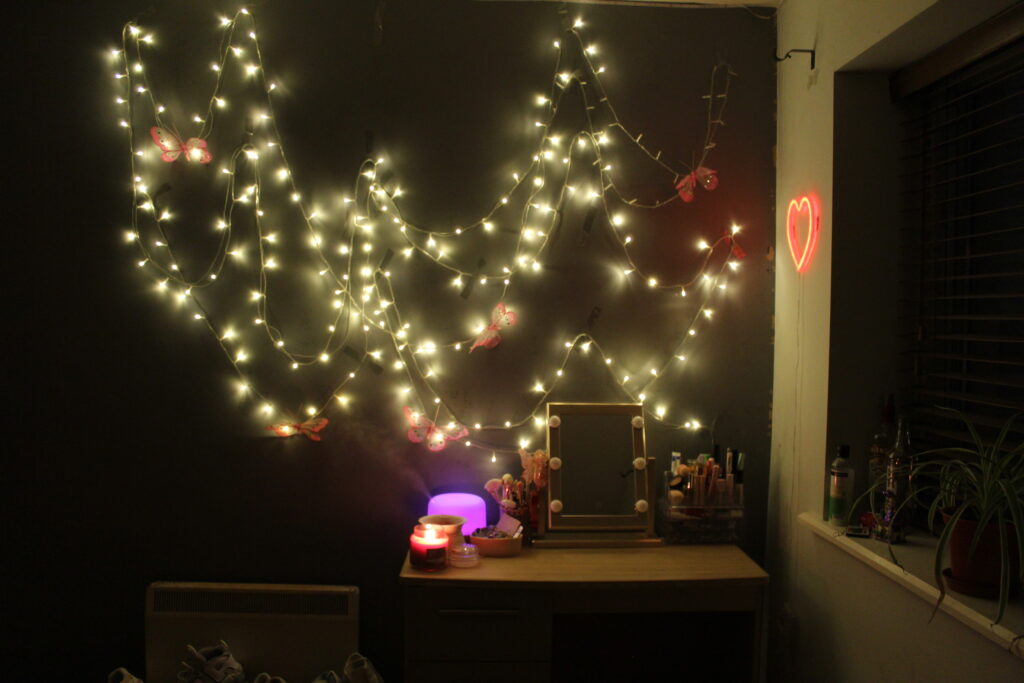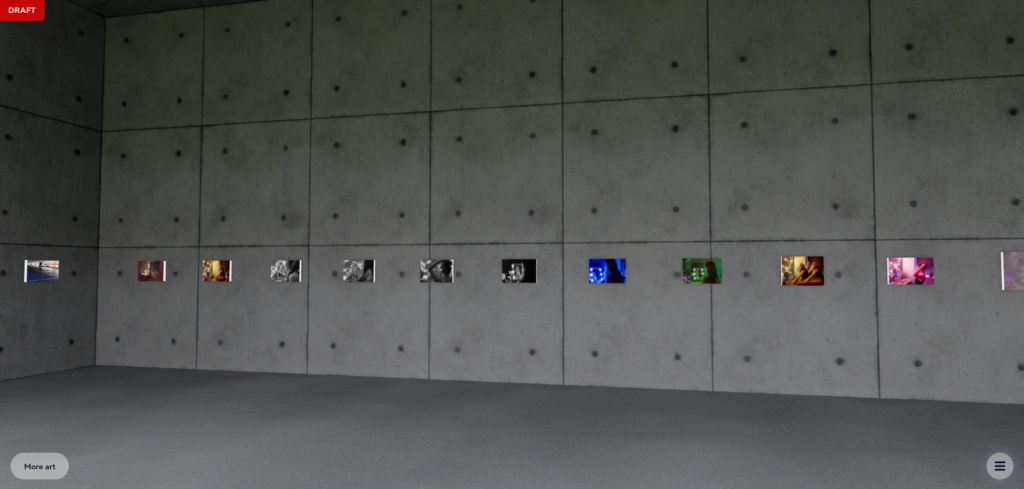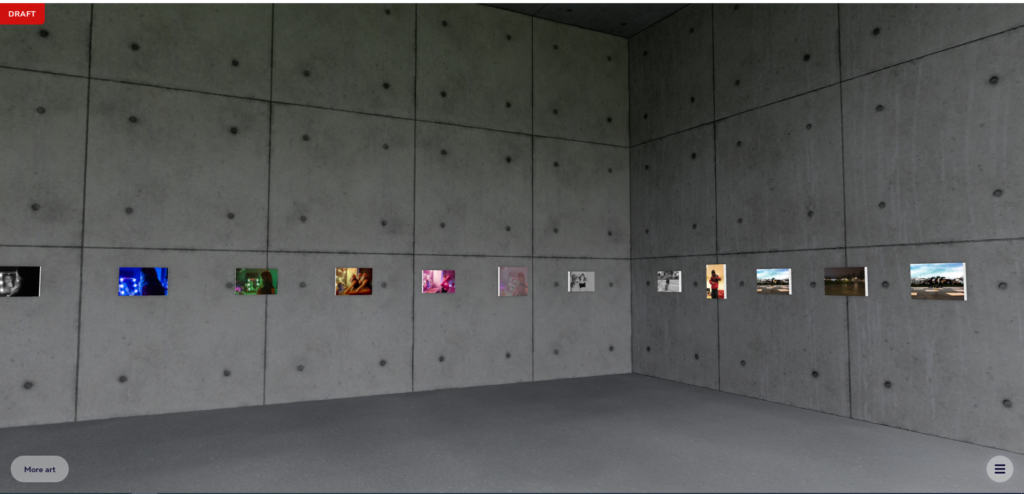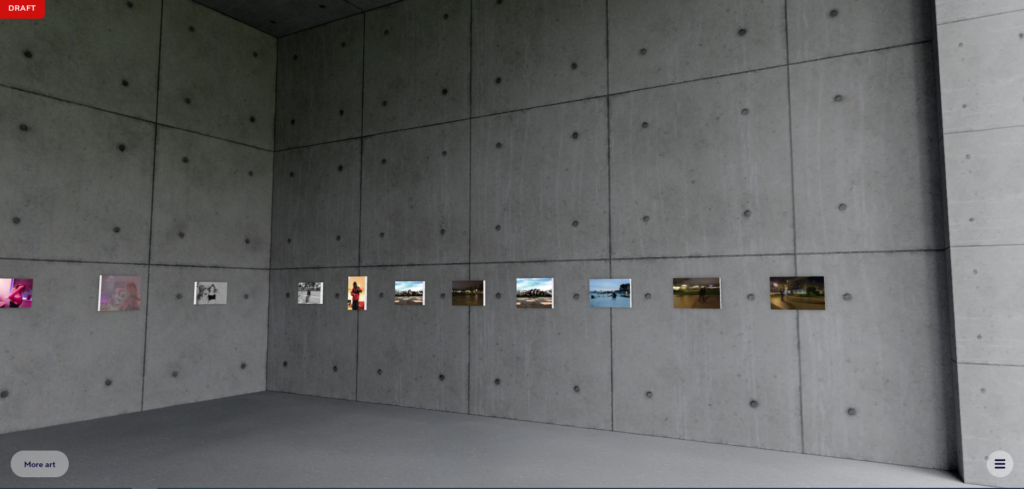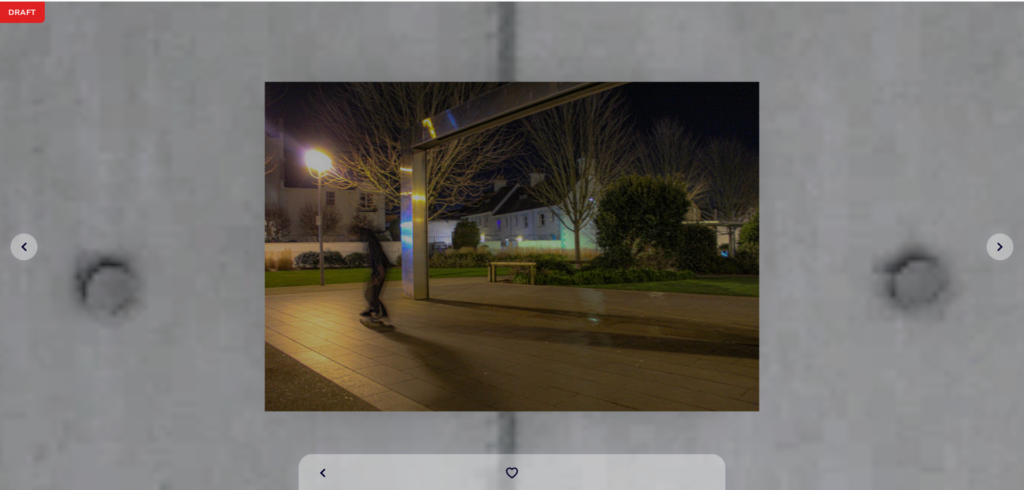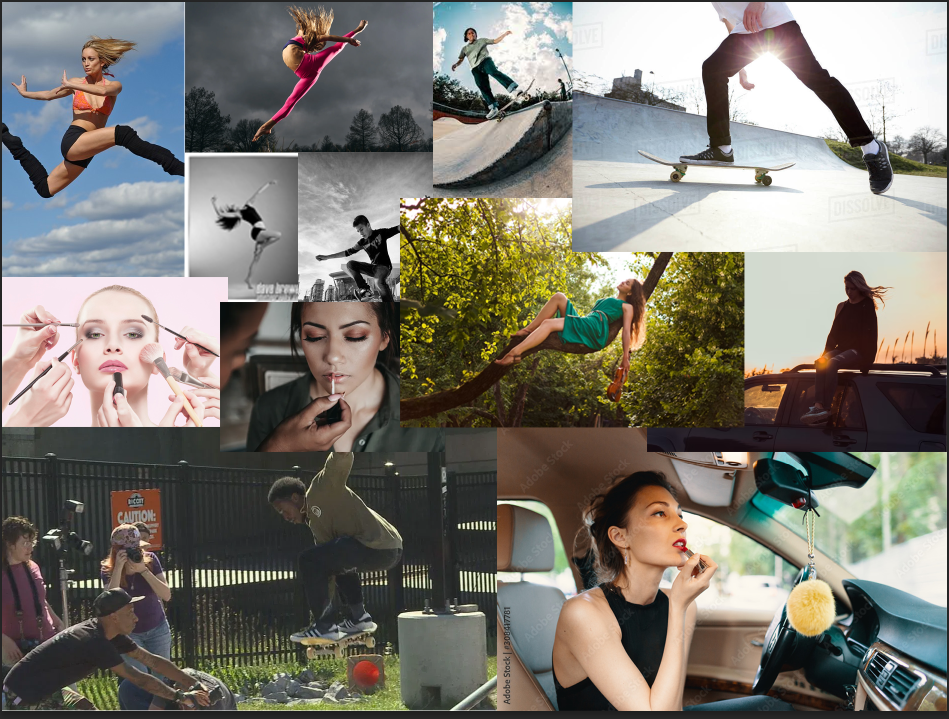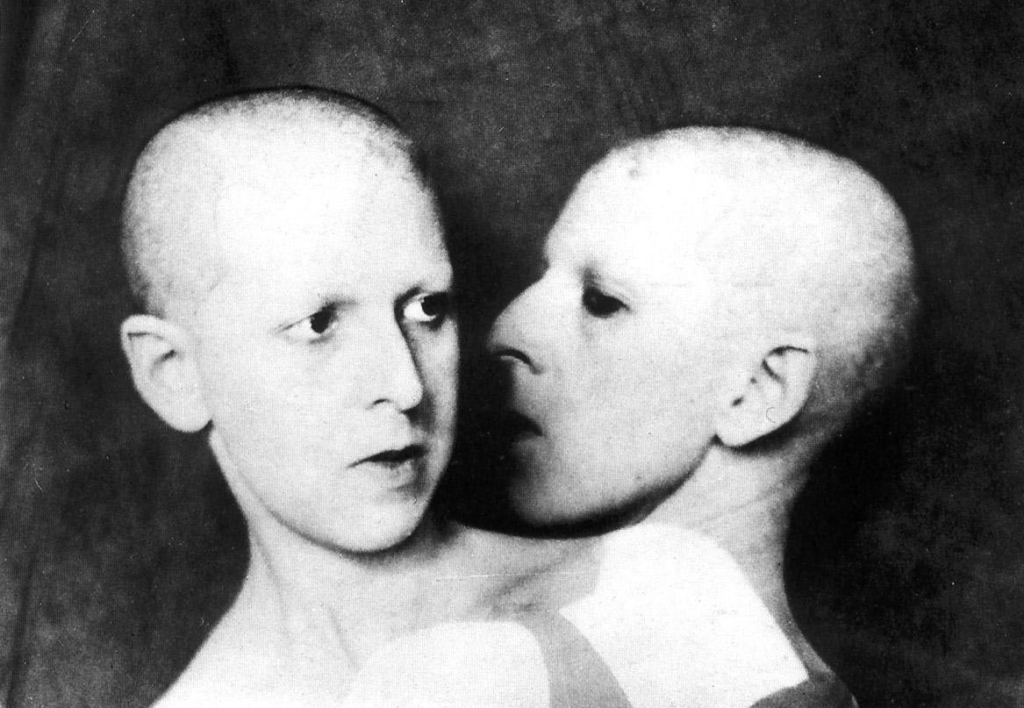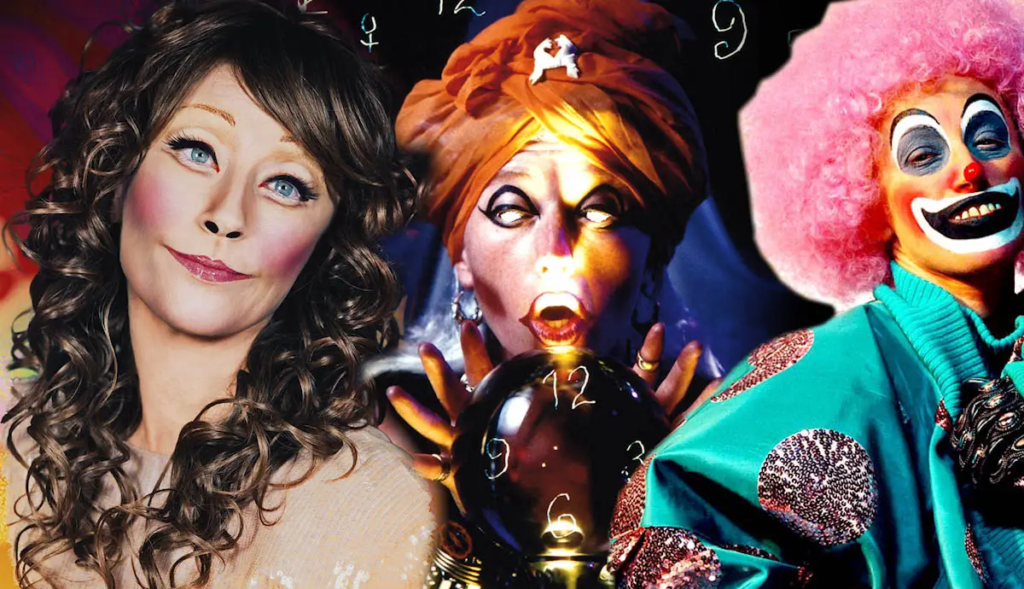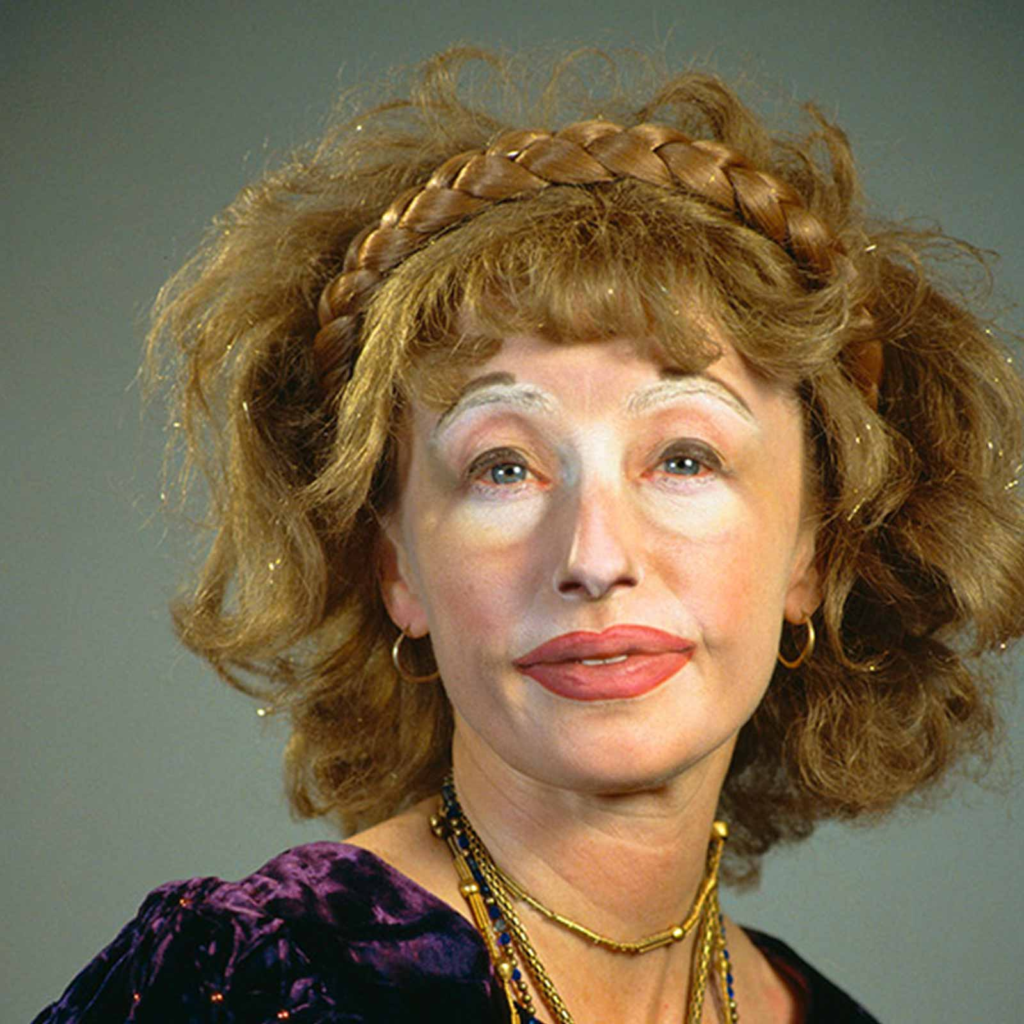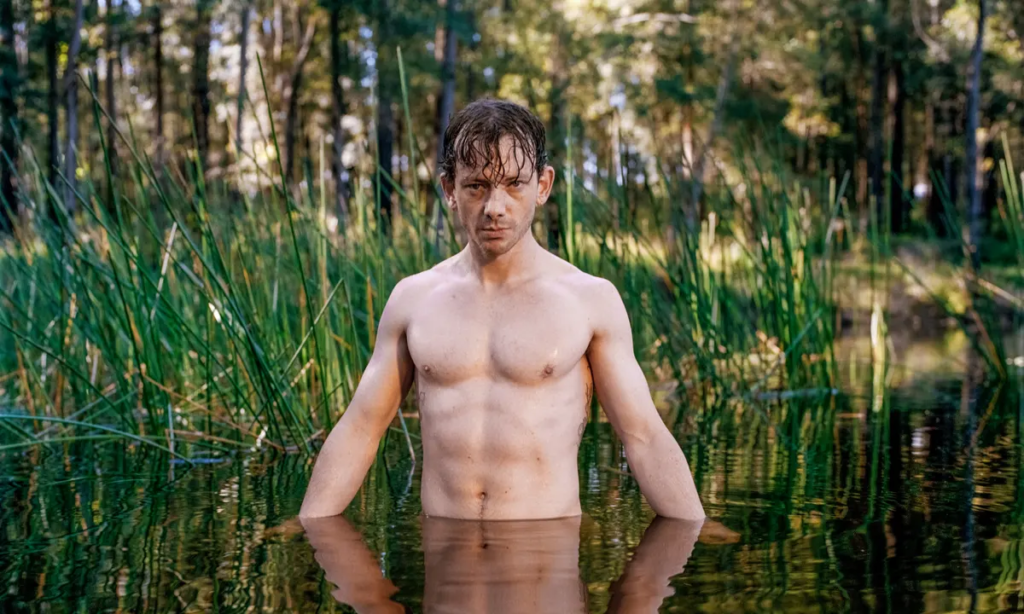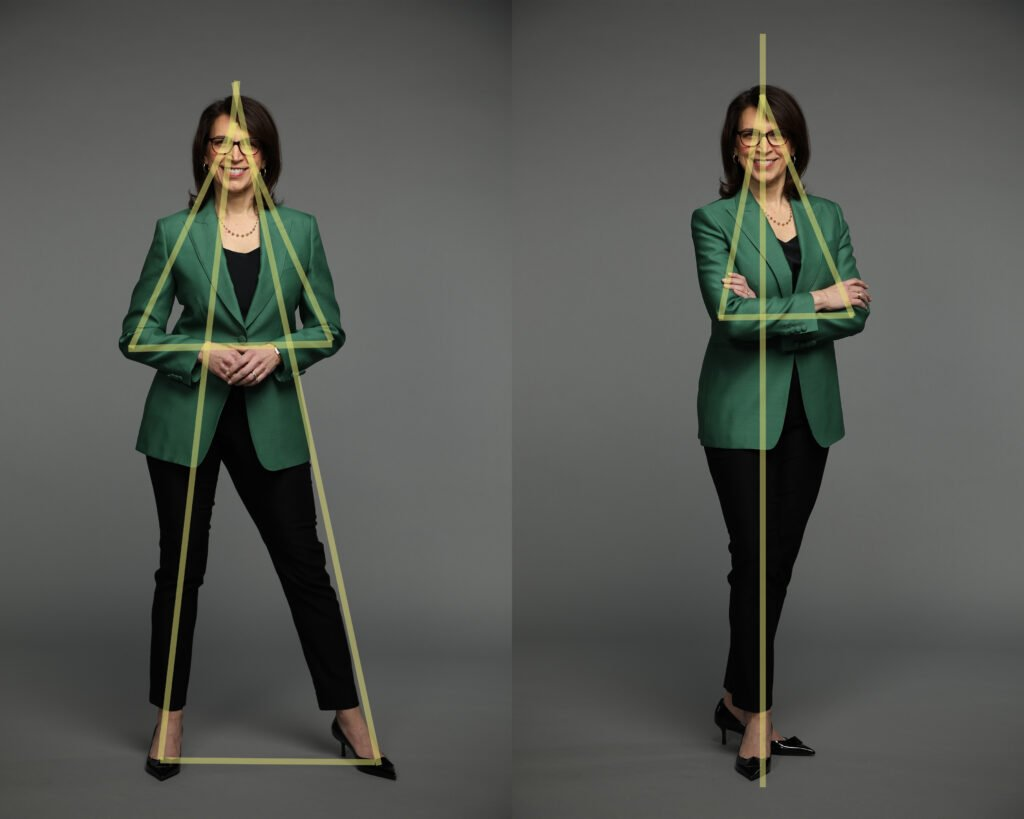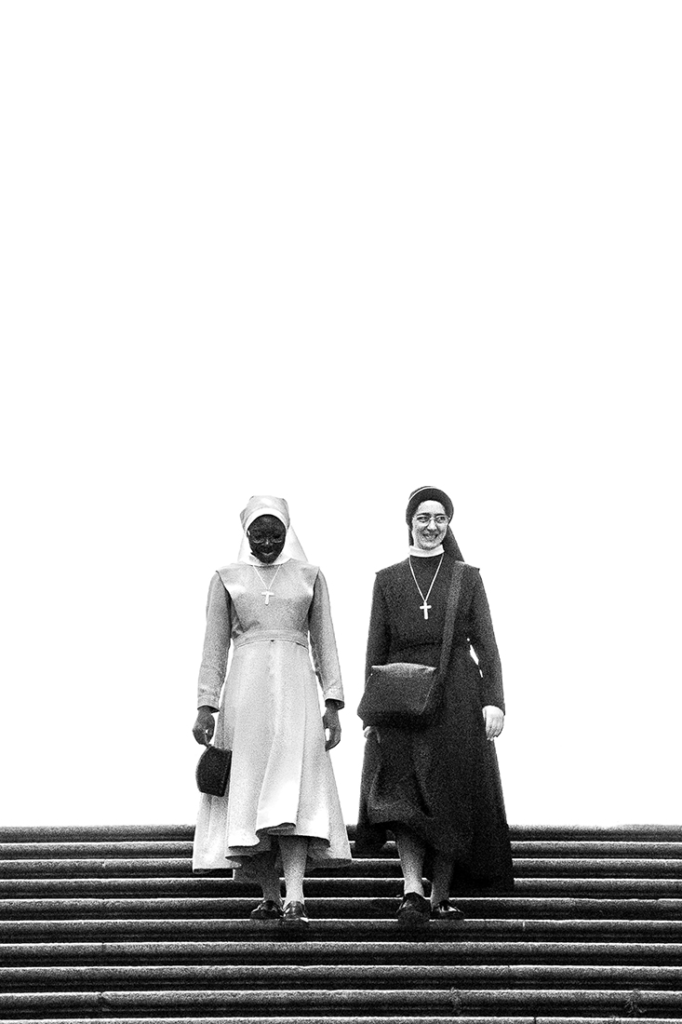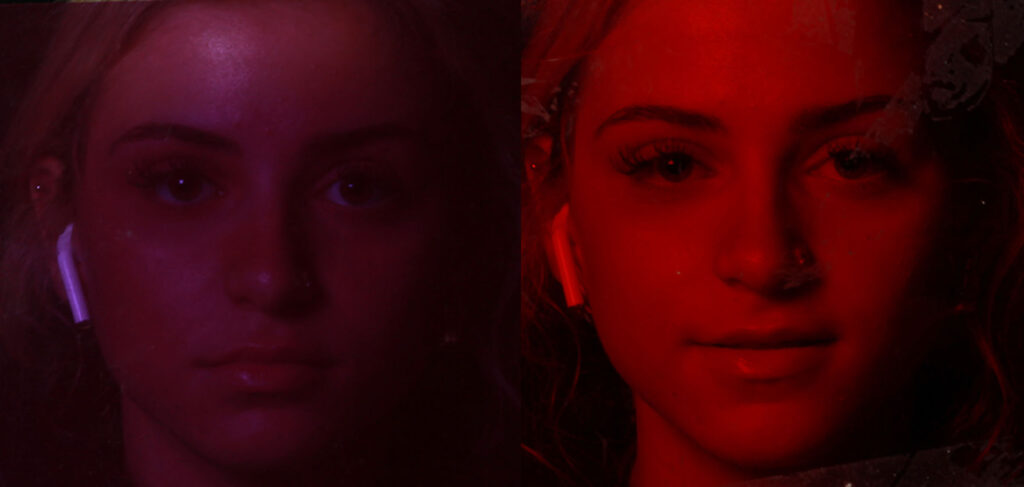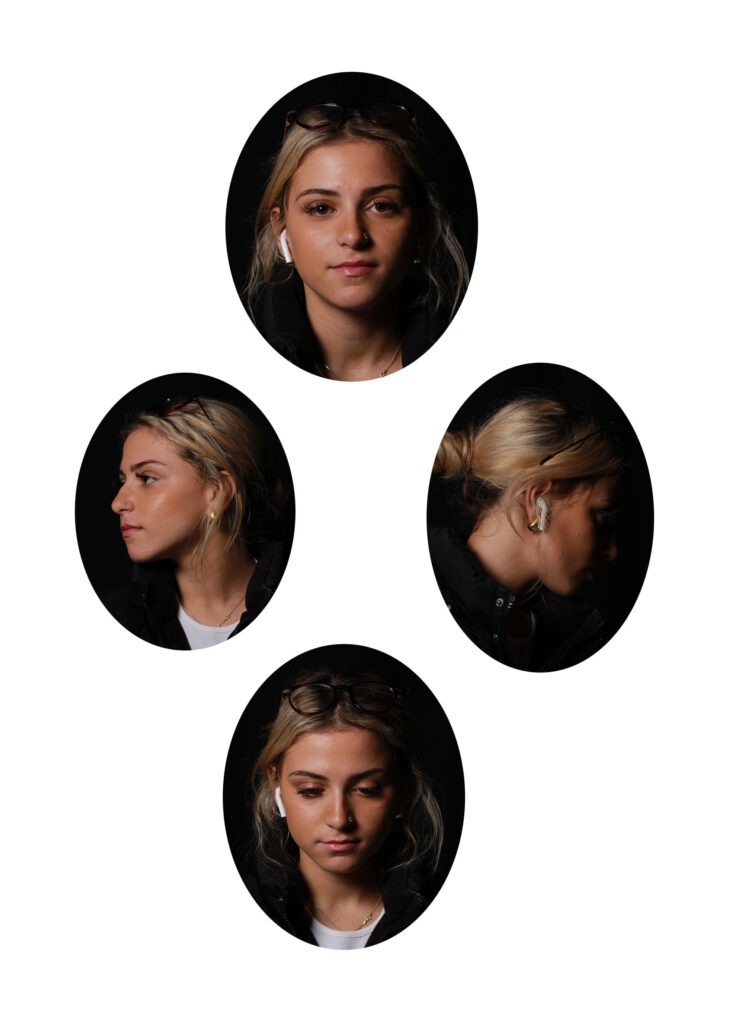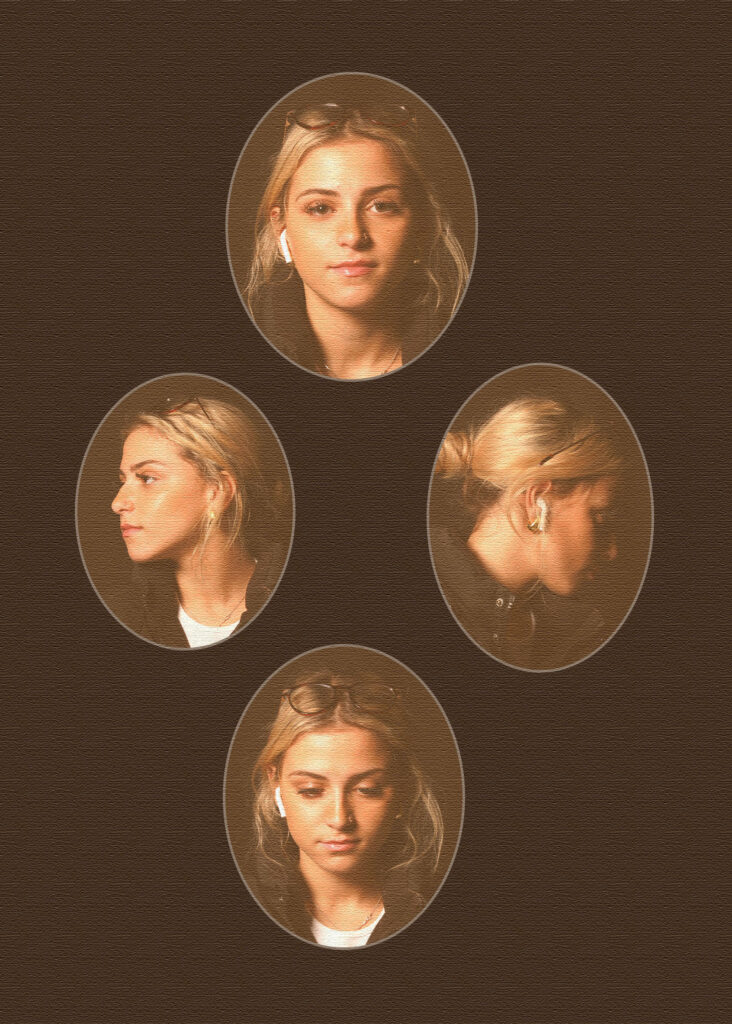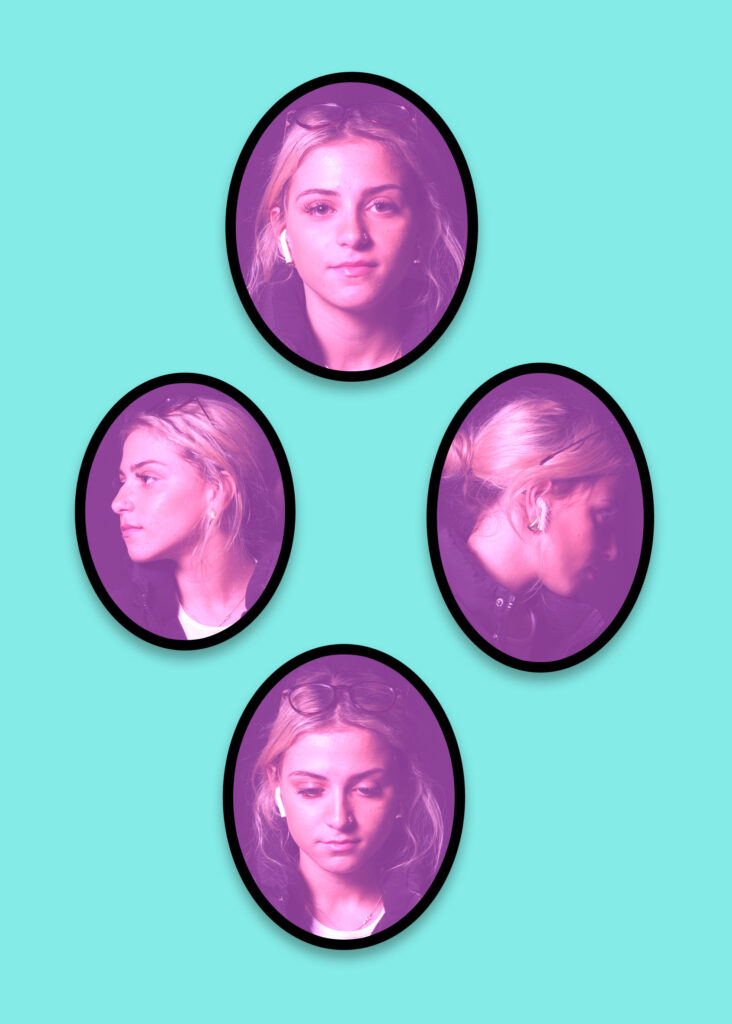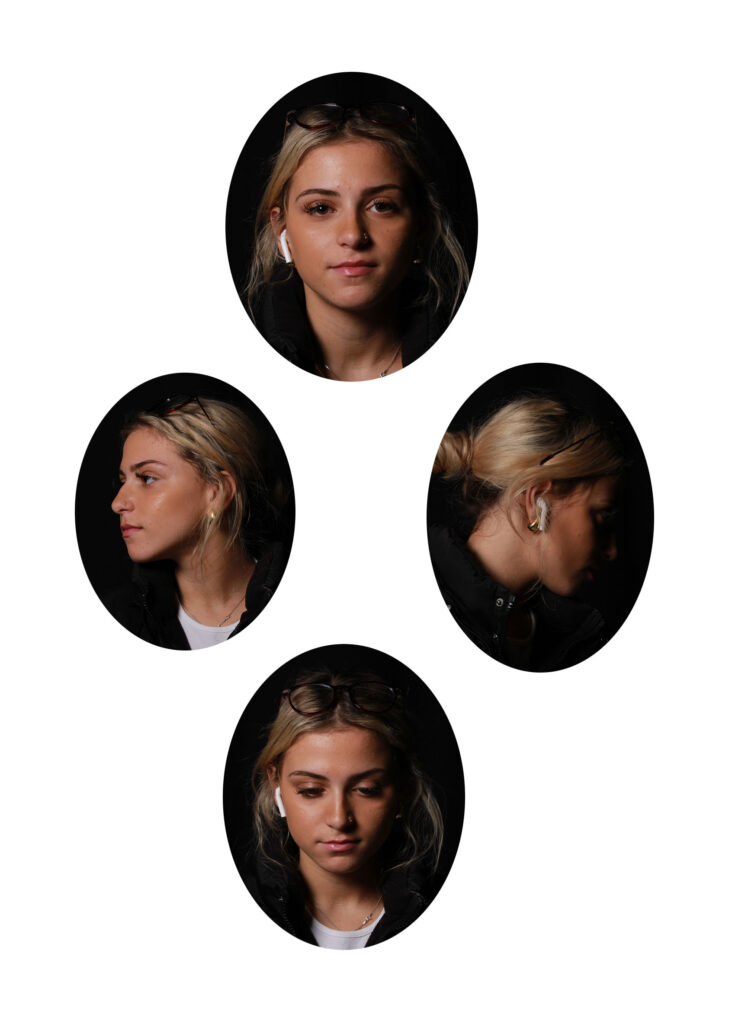Clare Rae
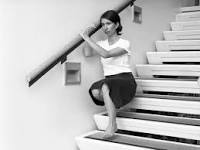
Clare Rae is an artist from Melbourne who produces photographs of moving images, In her photographic practice Clare explores ideas of performance and gesture to interrogate and subvert dominant modes of representation. Her work is informed by feminist theory, and presents an alternate and often awkward experience of subjectivity and the female body, usually the artists’ own.
Never Standing On Two Feet

Exhibited in Entre Nous: Claude Cahun and Clare Rae at the Centre for Contemporary Photography, Melbourne Australia 22 March – 6 May 2018, and subsequently at CCA Galleries in Jersey, UK, 7–28 September 2018.
Action Shots

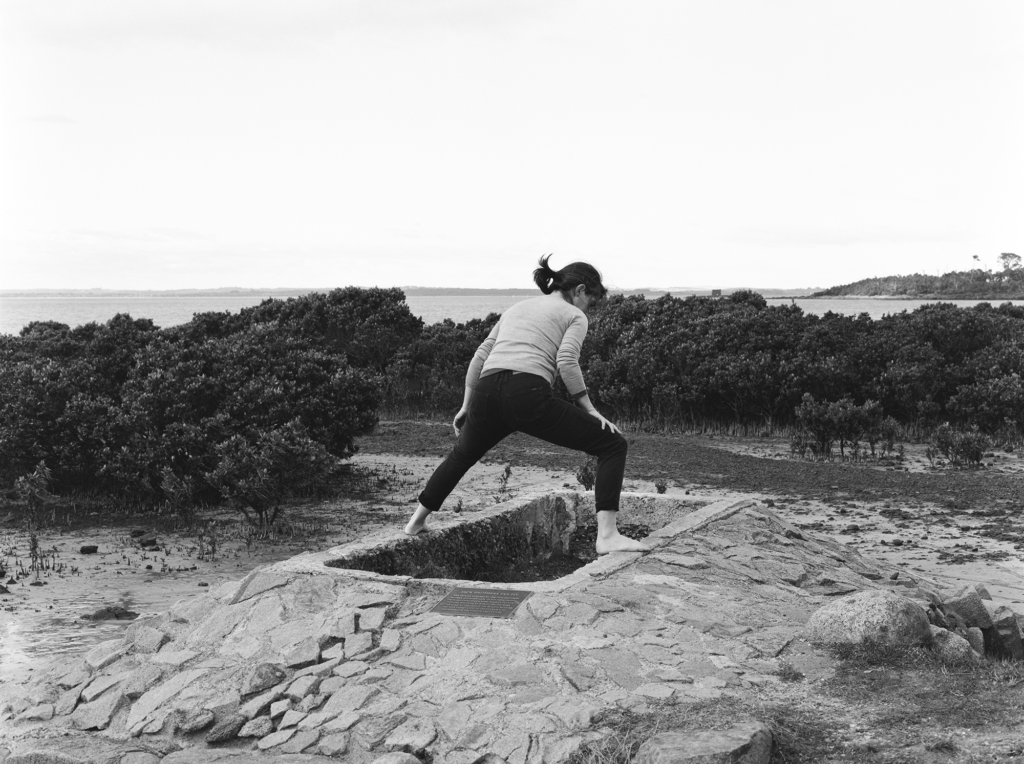
Clare Rae produced action shots of women within there space, configuring the environment and the agriculture with the action portraying a sense of juxtaposition.
Engaging With The Object
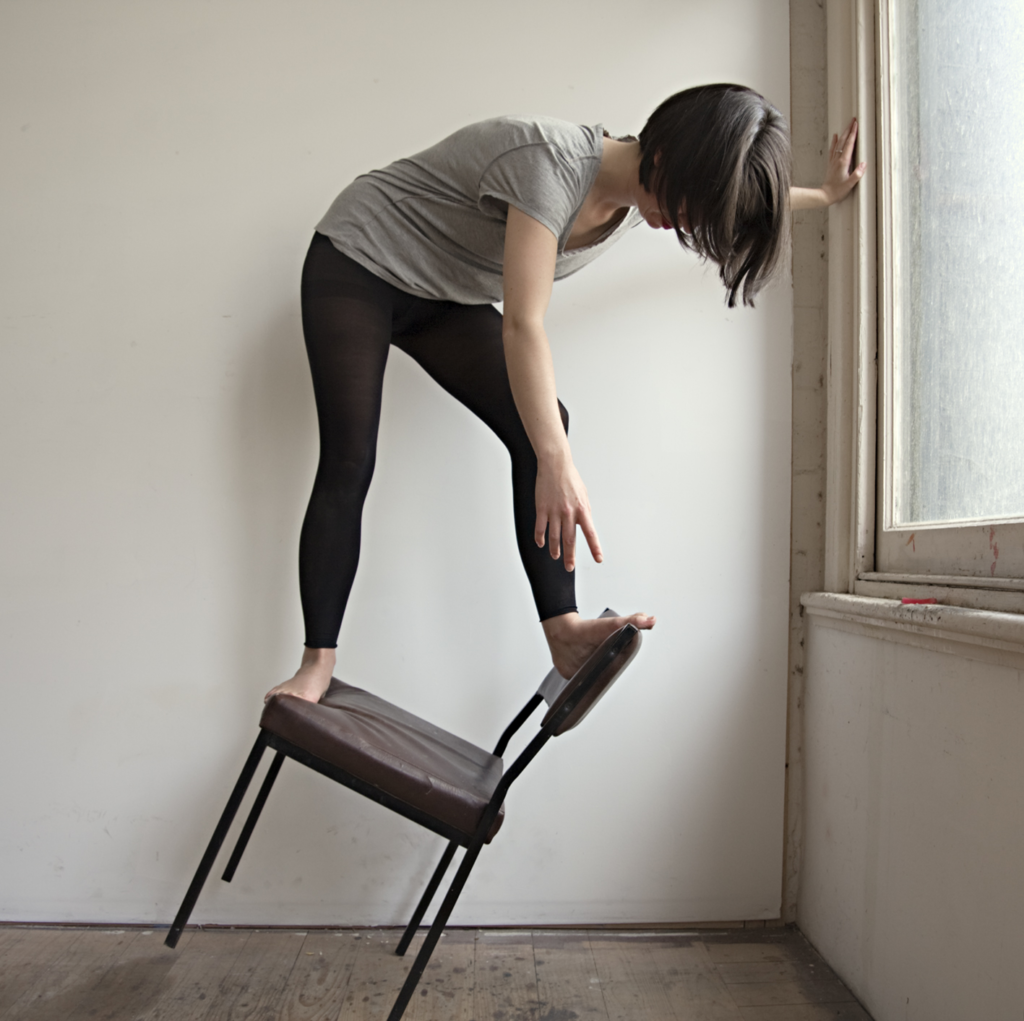
Clare Rae uses her images to engage with the object, she does this by using movement and blur to portray the actions of engaging with the object, she also uses various lighting within portraying the actions, allowing for a real sense of capturing the movements.
Rather than physical space, the theme of Environment can also be considered within a psychological context where artists construct or imagine an environment that they respond to in creative ways using photography, performance and film.
Using binary opposites we can think of these environments as;
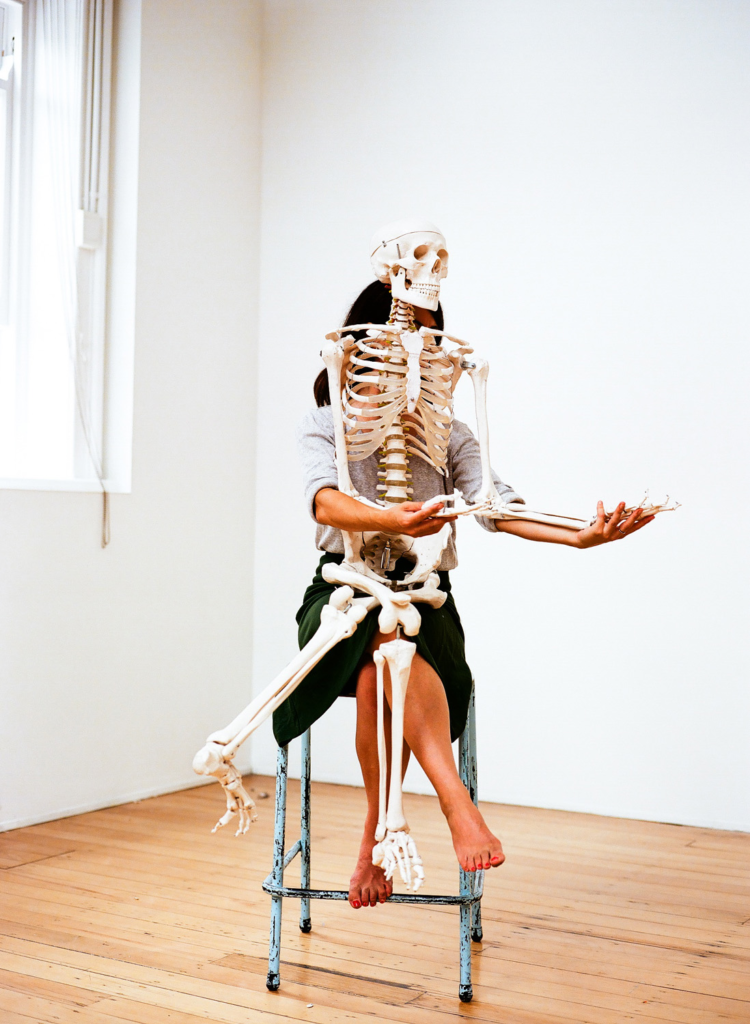
exterior/ interior
private/ public
masculine/ feminine
physical/ psychological
Francesca Woodman
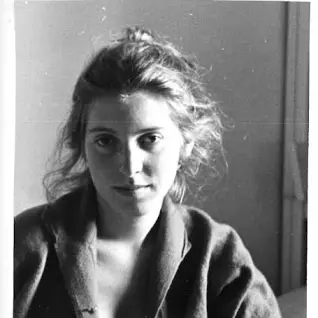
Francesca Stern Woodman was an American photographer best known for her black and white pictures featuring either herself or female models. Many of her photographs show women, naked or clothed, blurred, merging with their surroundings, or whose faces are obscured. Although she died very young, there is no denying that Woodman was one of the most innovative and promising artists of her generation. She pushed the boundaries of experimental photography and played with the potential of shutter speed and exposure.
Blurred and Merged
Blurred photographs are commonly done to emphasize movement, to create an abstract composition, to suggest distance, poor (or blocked) vision, to enhance certain moods, sometimes simply because there’s no real need for something to be sharp or in focus in the image, and so on.I’ve heard people say it’s because they symbolize our blurry memories: the blur of femininity, the ineffability of life. I think it’s that, and more. It rejects form and in doing so, it becomes more than one form.Blurring also maintains the aestheticism of the image. It enhances image by giving a shallow depth of field which looks very nice.
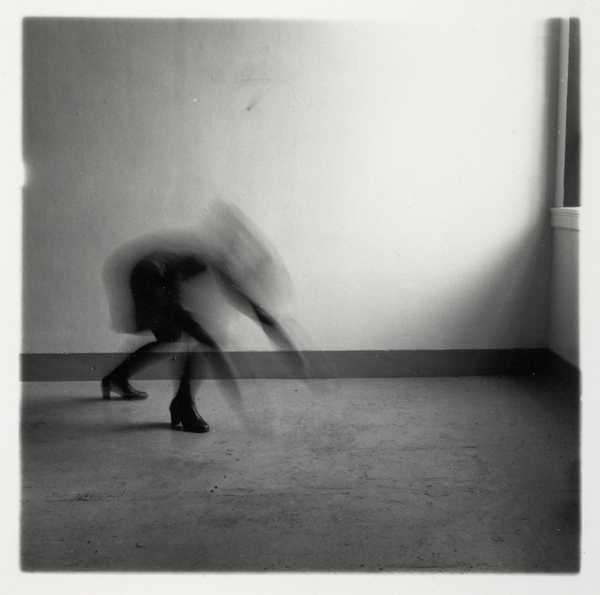
Mergers occur when two objects in an image appear to be touching or merging together. This can happen when two subjects are too close together or when one subject is photographed in front of another subject with similar colors or tones.
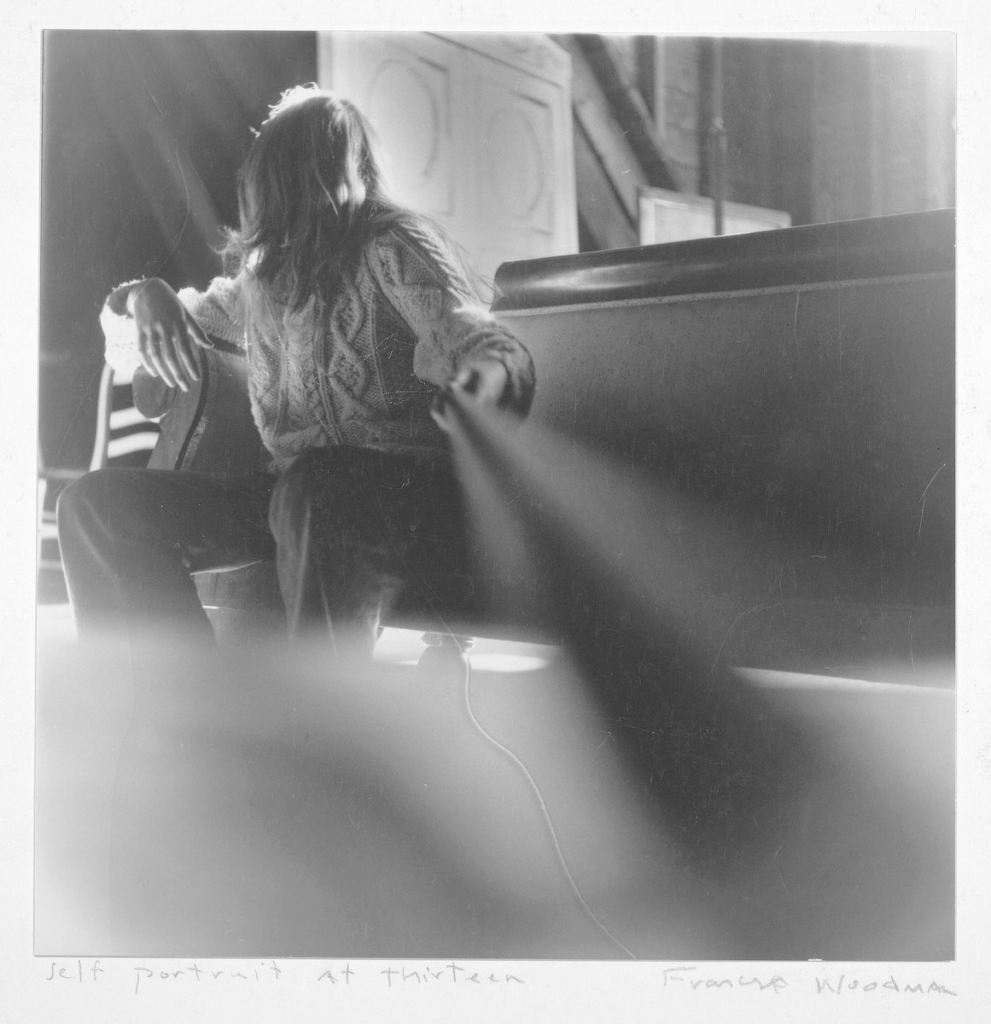
My response photos ~Clare Rae (Edited):
These are my response photos to one of my artist references, Clare Rae. Clare Rae’s photos consist of taking images which not only portray a sense of femininity but also contrast it by the use of ‘engaging with the object’. There are many objects that are stereotyped to be seen as feminine, and I have used these stereotypes to portray femininity within my photos, my character is clearly a female and can be seen engaging in the use of many different ‘feminine’ products, like the hairbrush, and different makeup products. This creates a juxtaposition, the idea of two items with a contrasting effect being put together, there are many different examples of this juxtaposition within my photos, the environment my model is in being one, there are a few main things that stand out about the environment she is in which are stereotyped as feminine, even coming down to the lighting, the fairy lights are typically deceived as feminine, proving how even something as silly as lighting puts you into a box of femininity the same goes for the ‘hollywood glam’ style lighting on the mirror, and even the small lit up LED heart on the wall. All these different things indicate to signs of femininity. It is a very old stereotype that females are those who should clean, so the fact that my characters environment is clean adds to this deception of femininity, changing the stereotypes into imagery to be portrayed in a more elegant way. This is why I chose Clare Rae as my artist inspiration, Clare Rae’s images show the capturing of movements, and I saw this as a opportunity to use my own person agriculture too create ‘engaging with the object’ and make it as feminine as possible to really show the beauty within it.
The photos that I have edited to be black and white look most similar to Clare Rae’s photos but I used editing within lightroom to add a masculine contrast to the images. I did this by adding a colour tint too some of the images, I chose colours like blue and green which are typically related with masculinity to create a sense of incongruity. This is only a little edit so may not be picked up by most but I would like to label it ‘opposing attractions’.
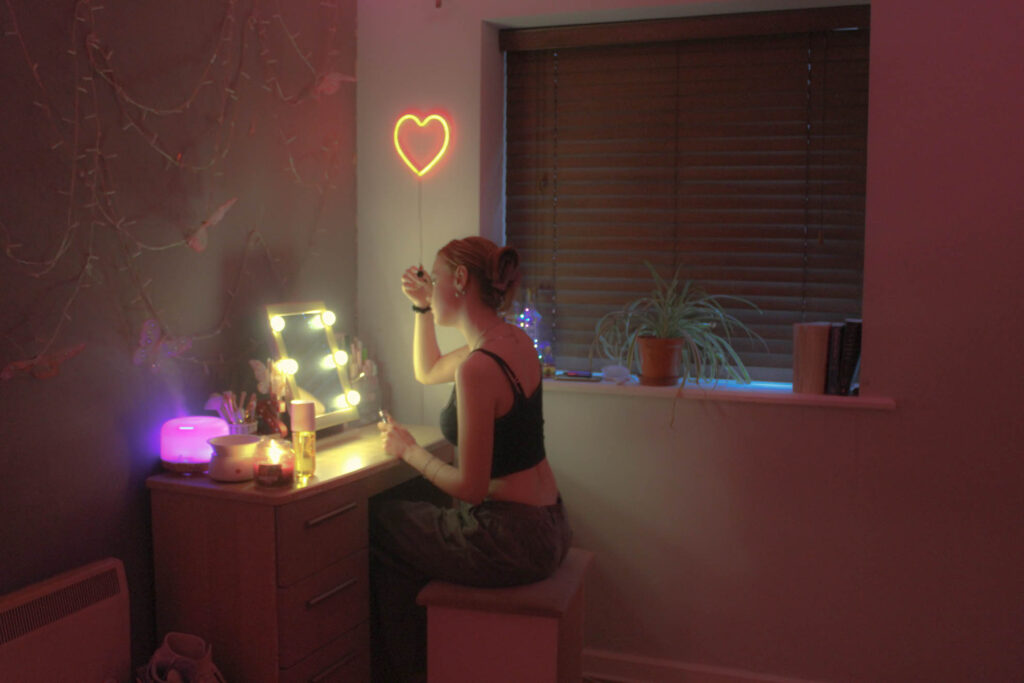
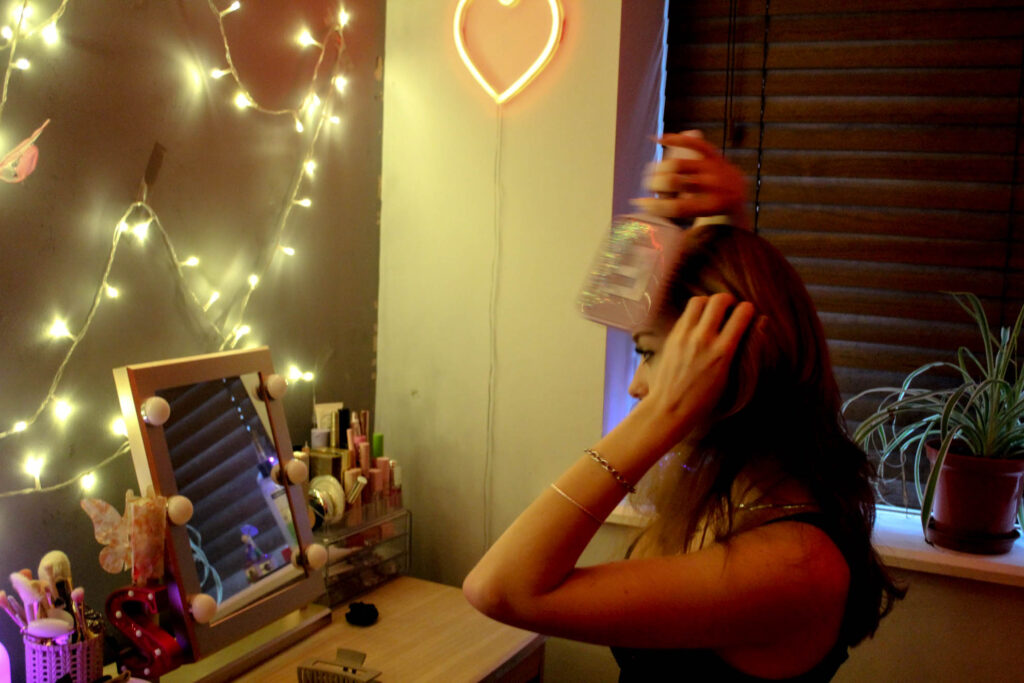
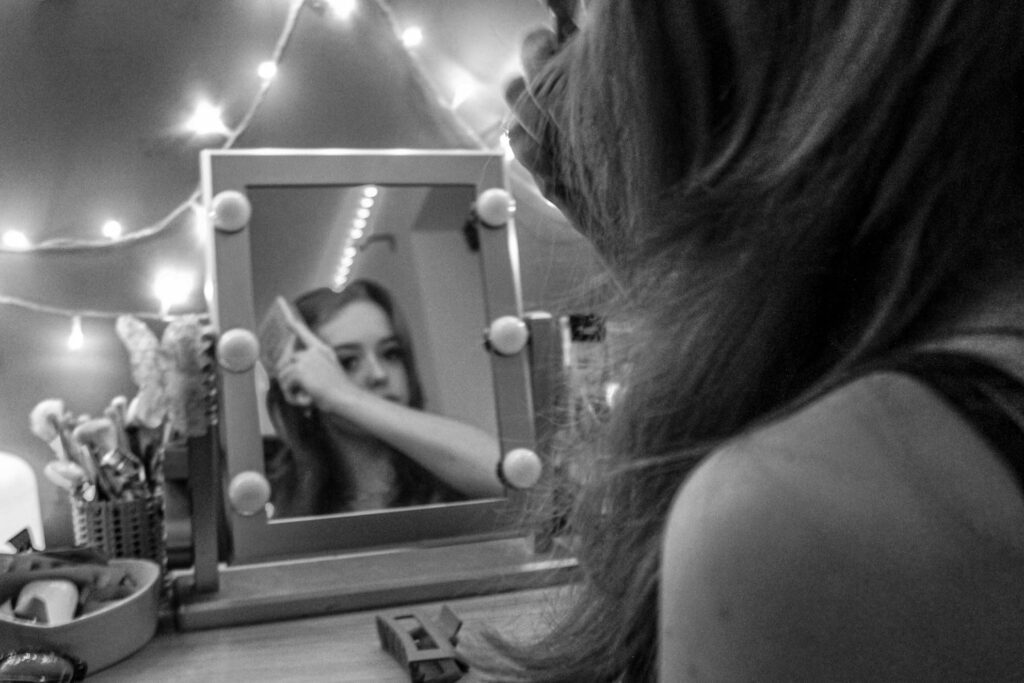
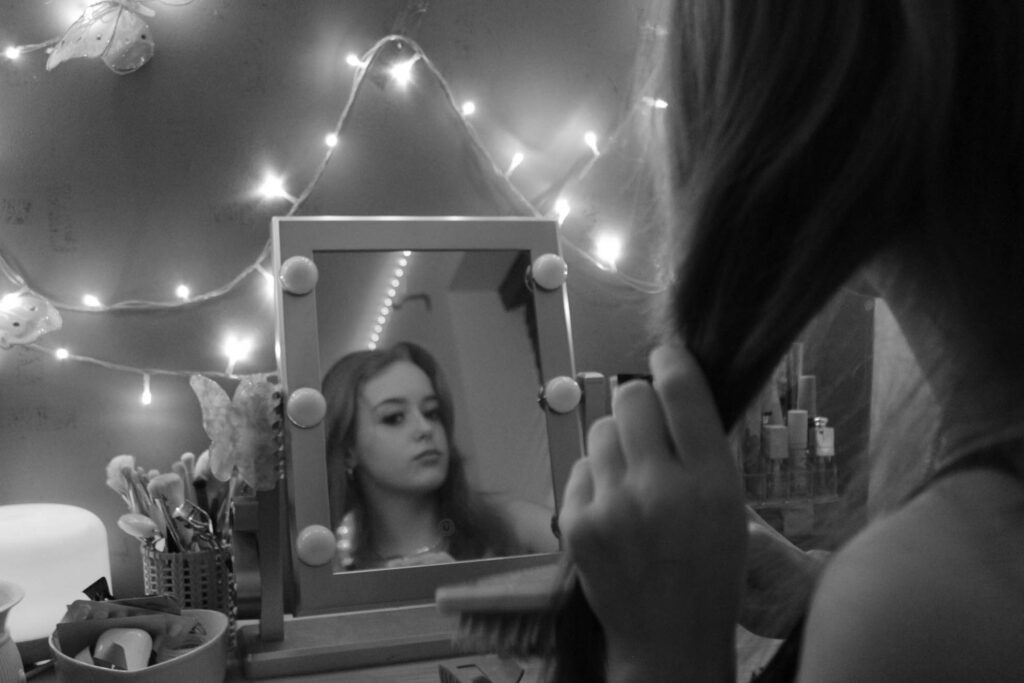
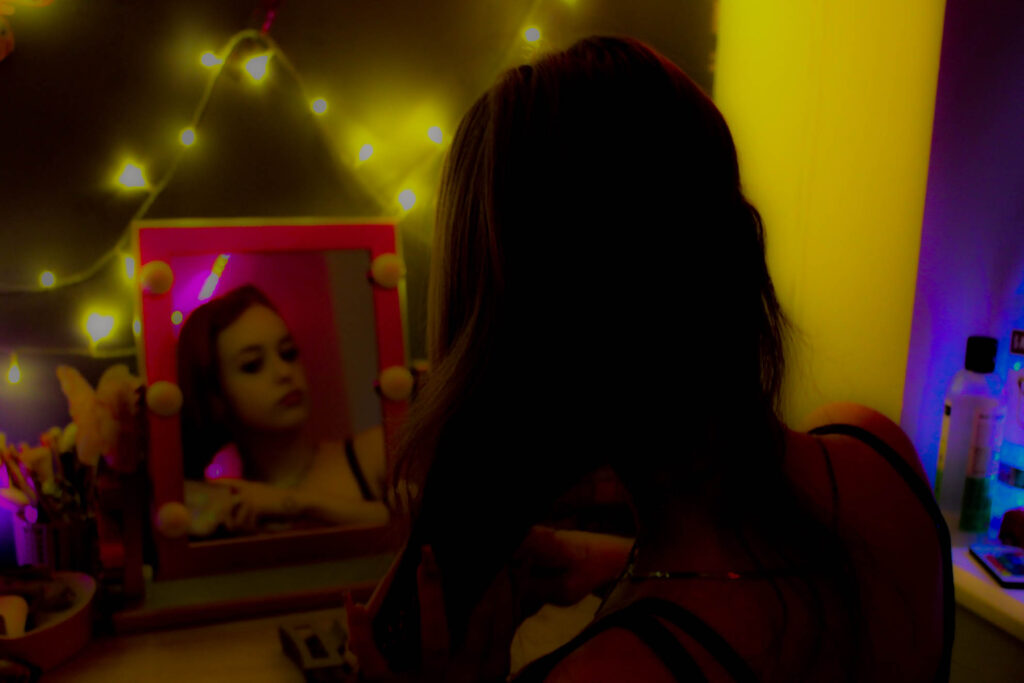
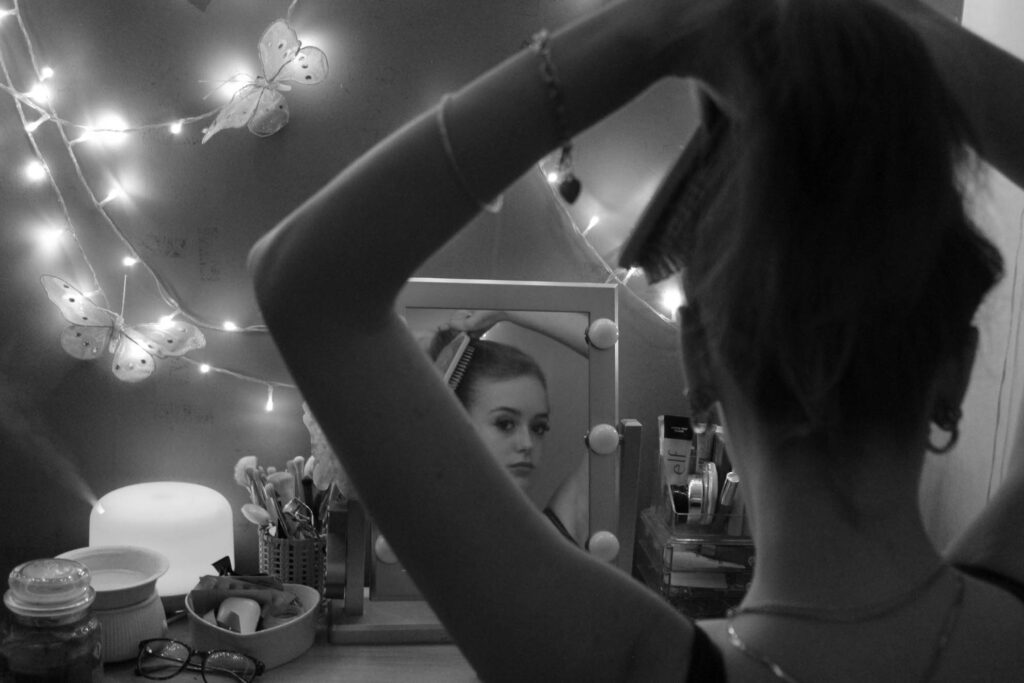
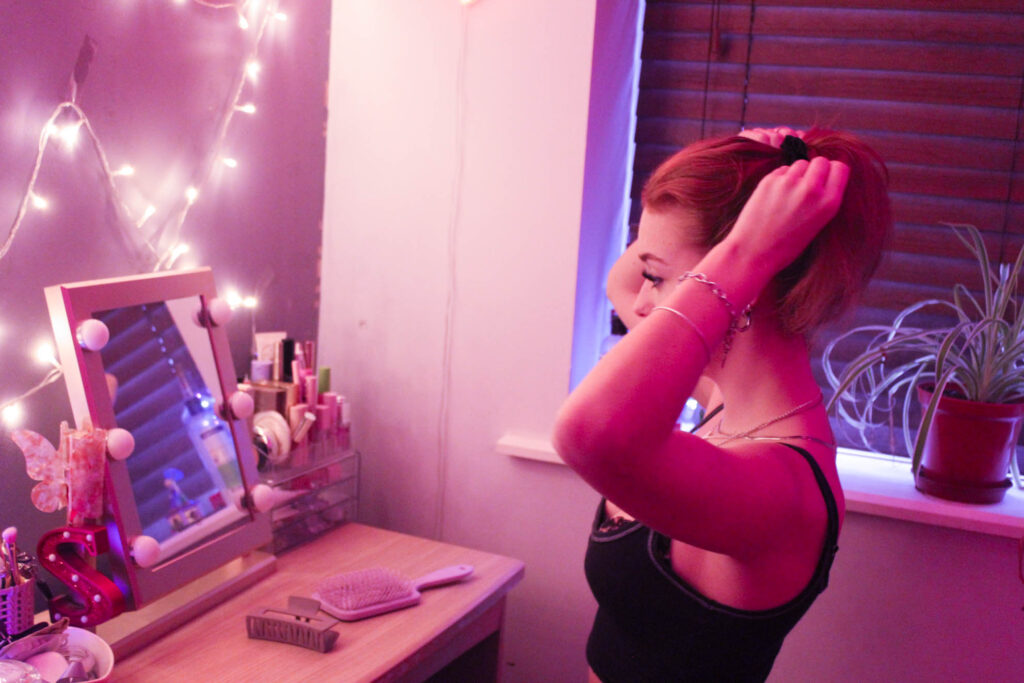
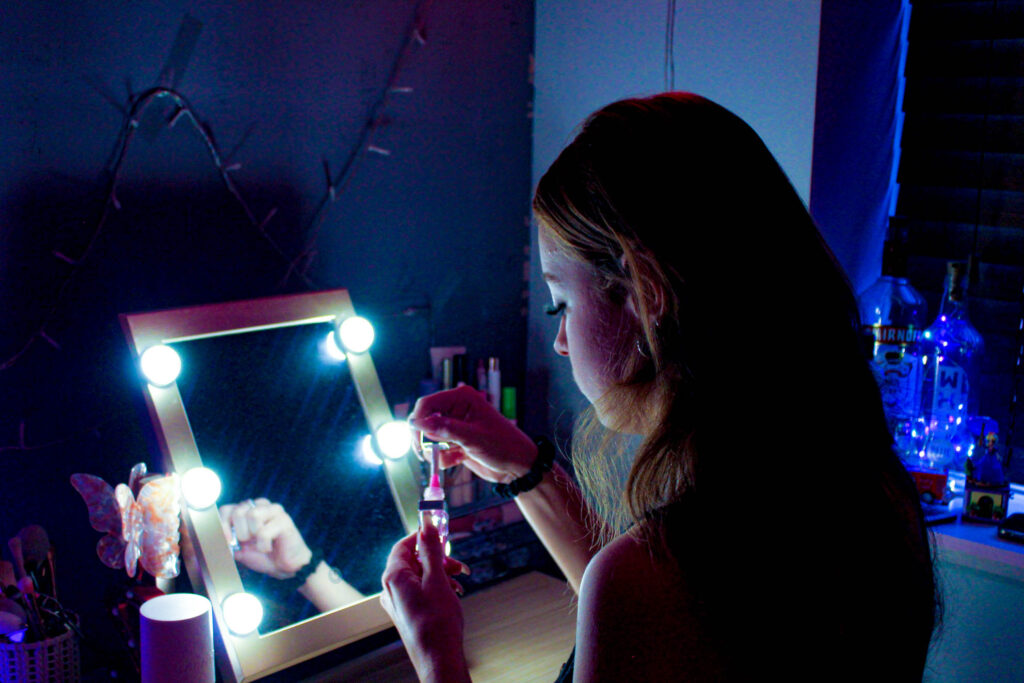
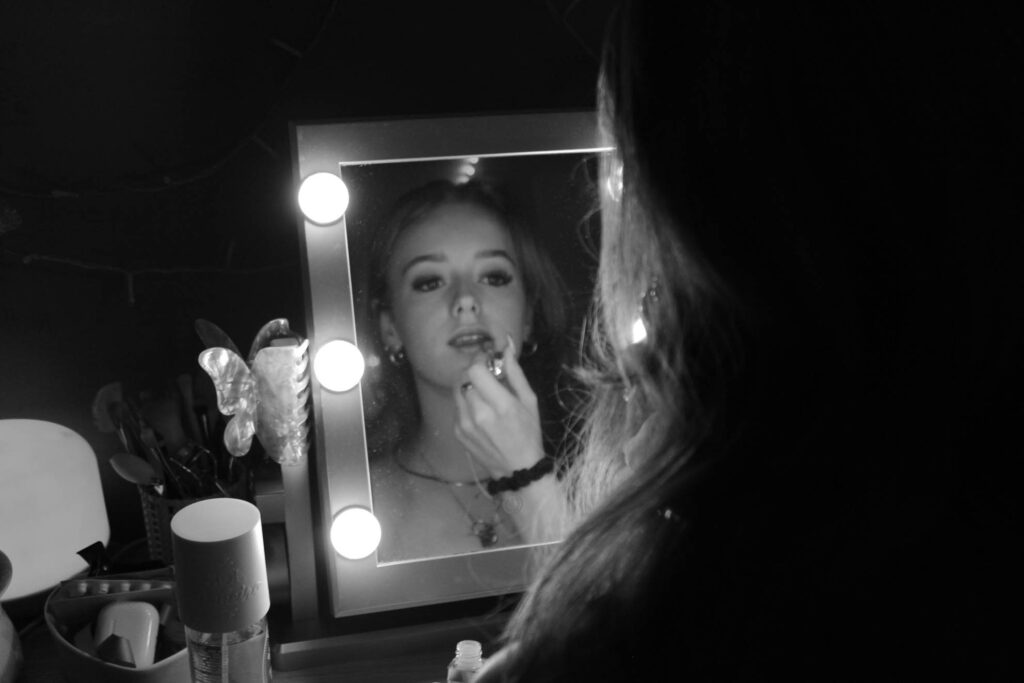

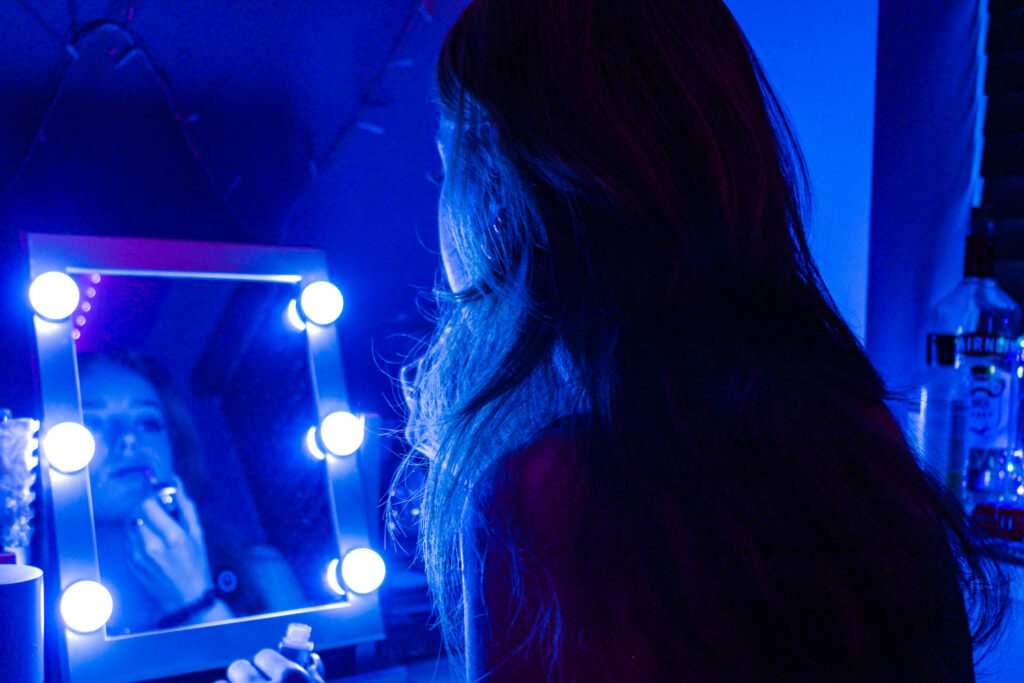
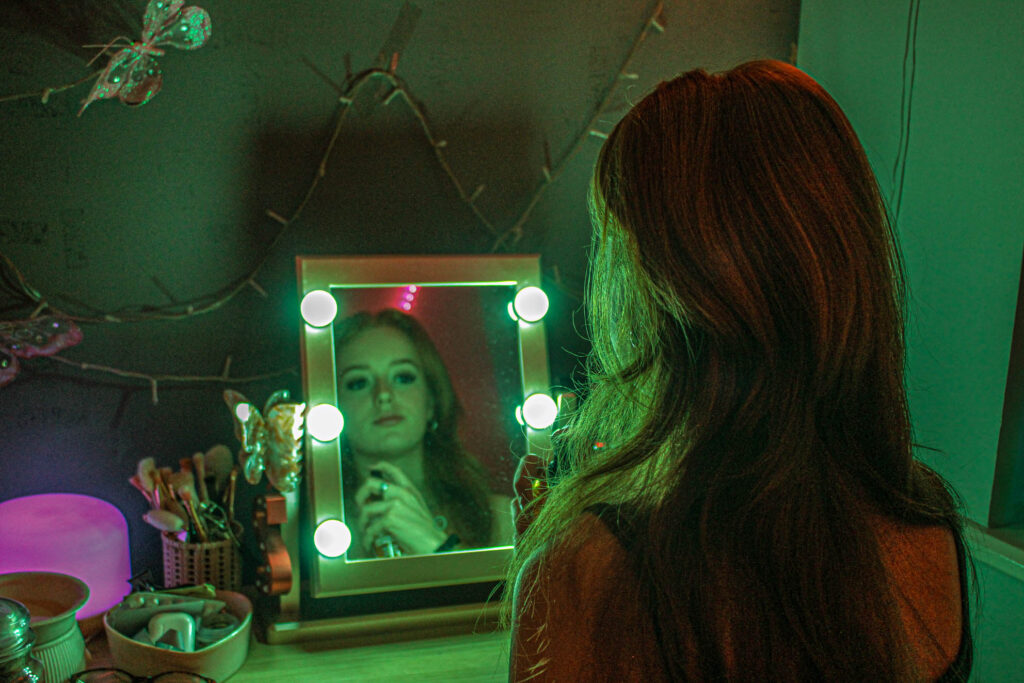
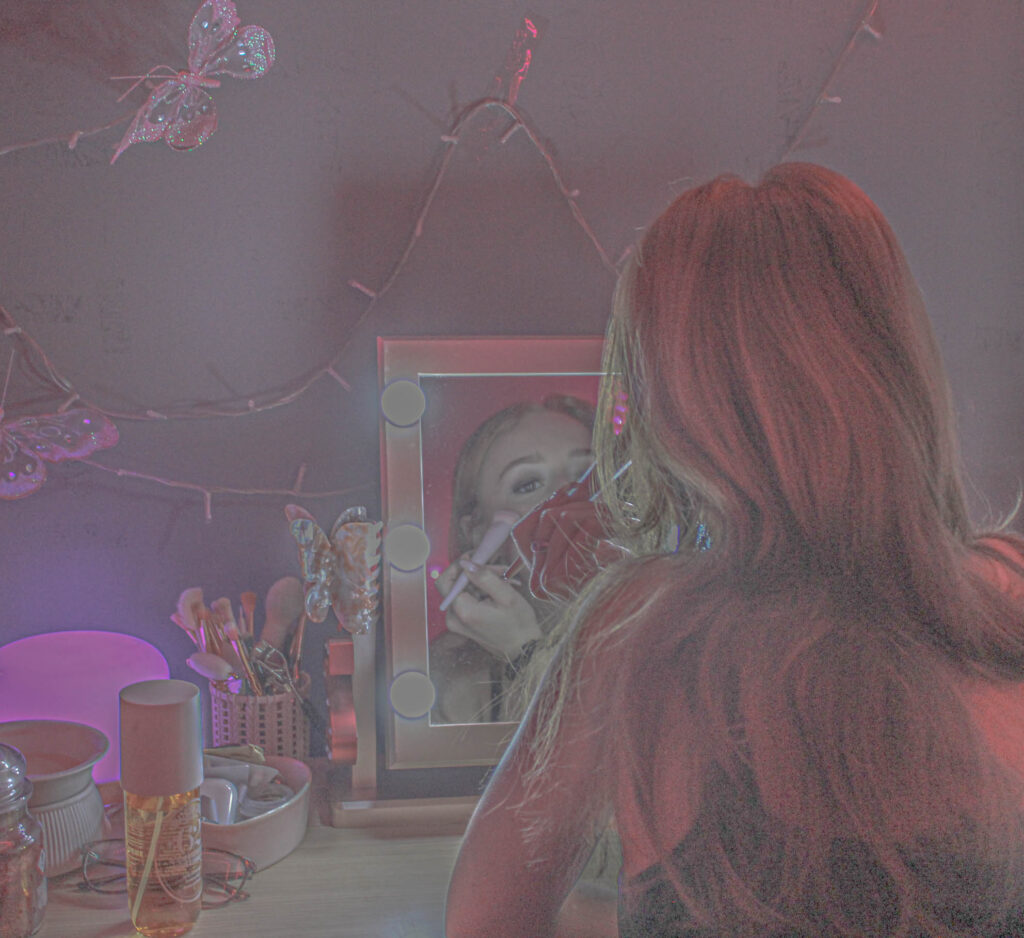
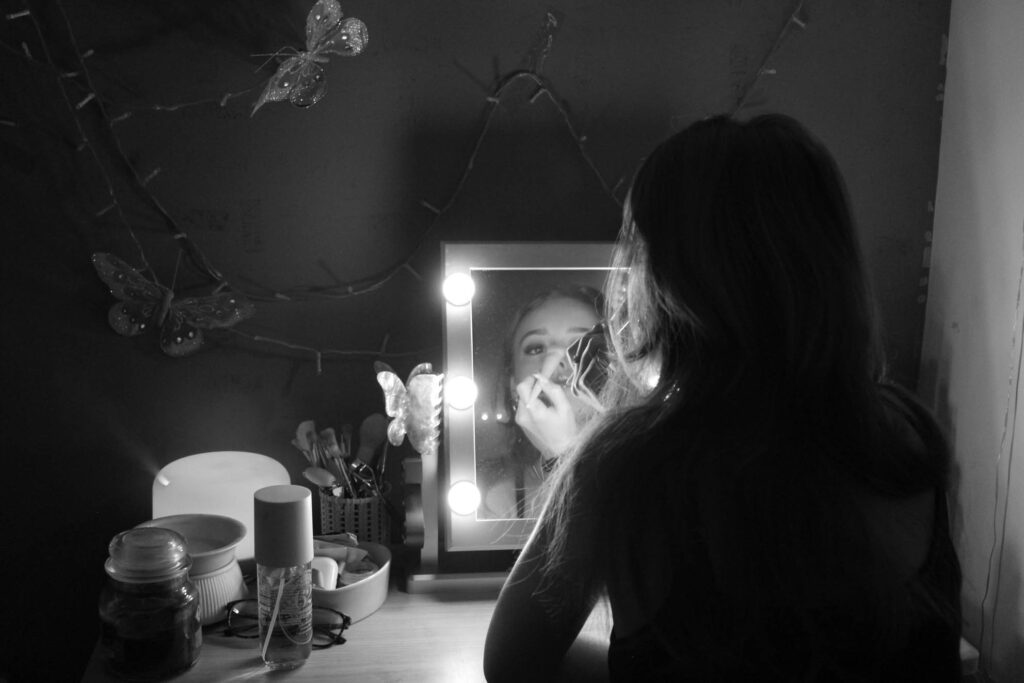

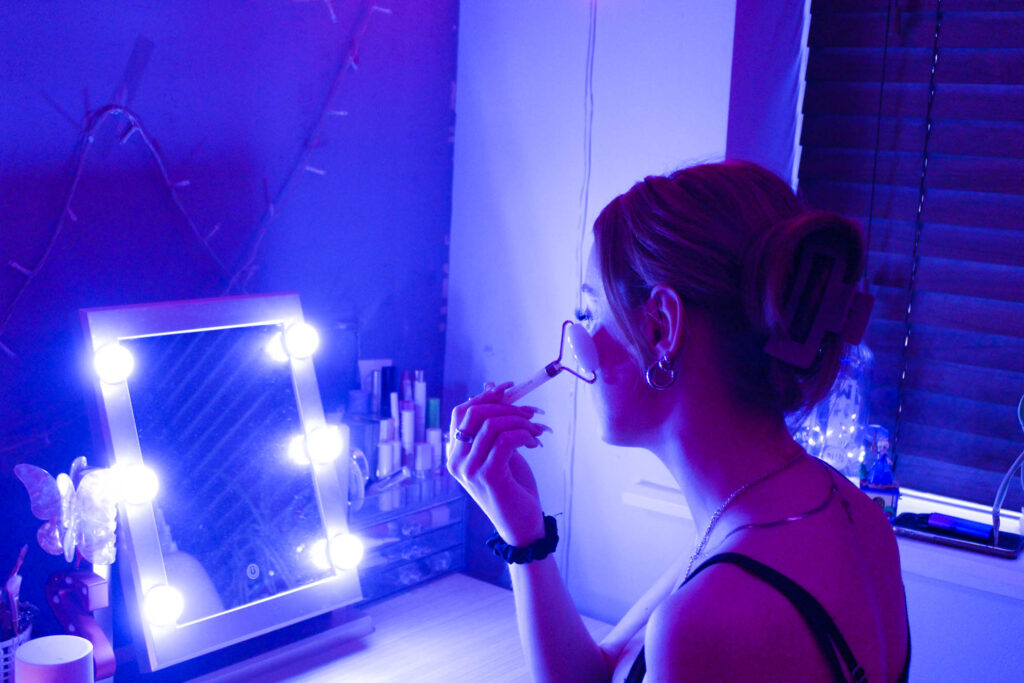
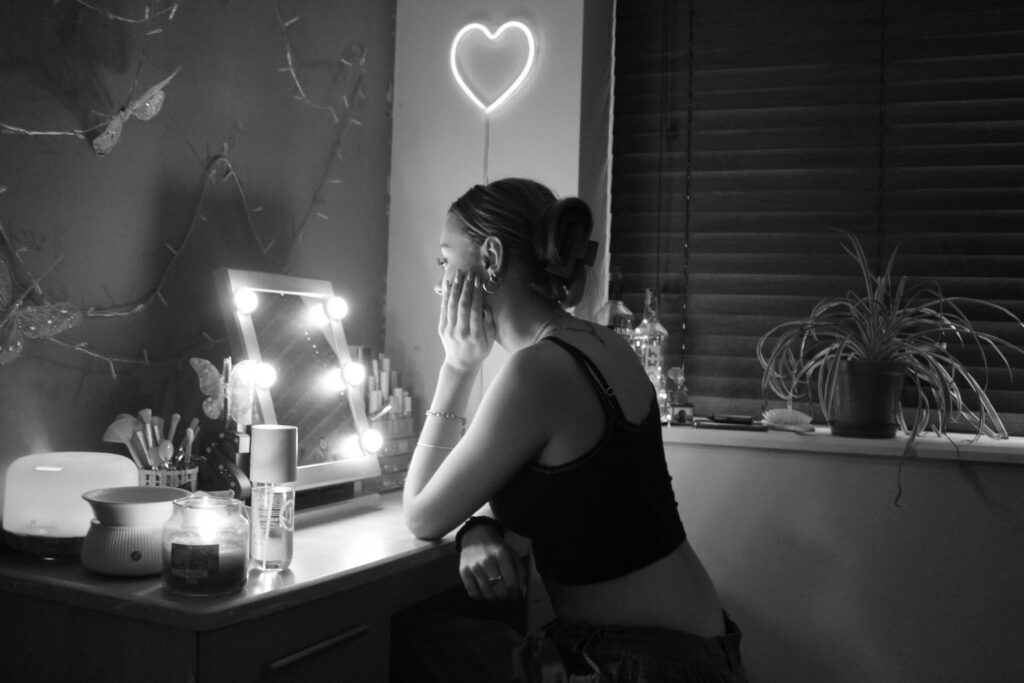
Photoshopped Image:
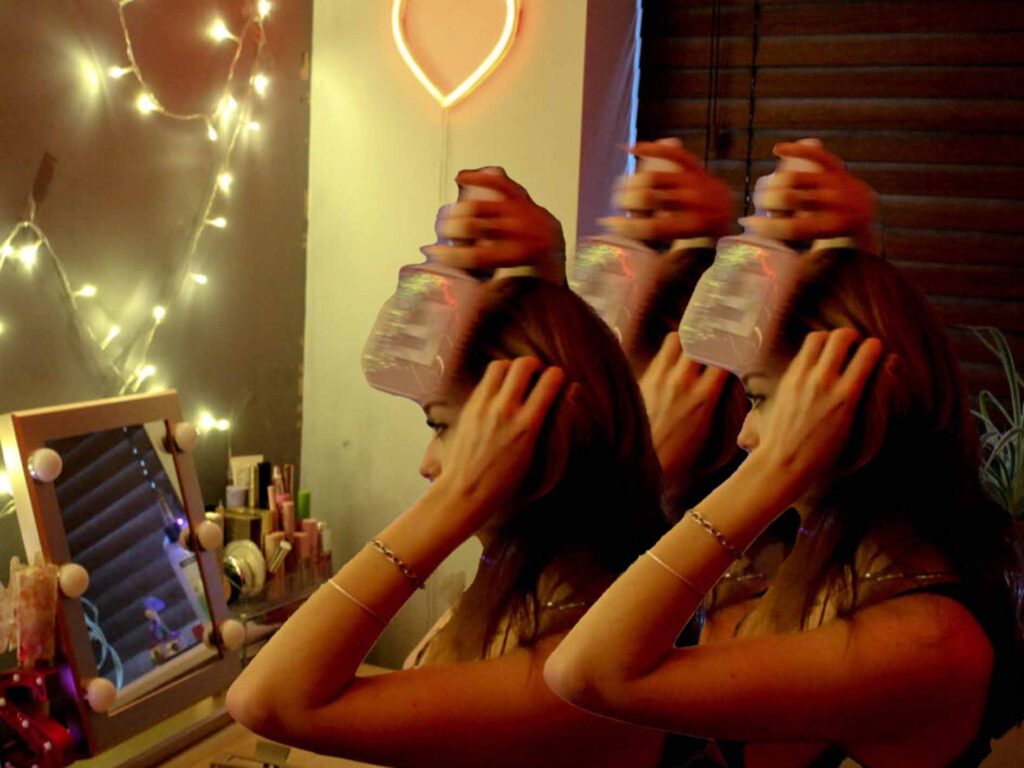
I used photoshop to focus on the engagement with the object, I did this by highlighting my character and duplicating to her in order to make the main focus of the images the engagement of the feminine action.
My response photoshoot ~Francesca Woodman (edited) :
I chose Francesca Woodman as my second artist reference because I believe her use of blurring and merging images allows for a blur between lines of femininity and masculinity. Blurring an image can somewhat make it look ‘cool’ but it also creates an image which you have to actually use your brain to configure the silhouette between the lines, but while you do this your brain wants to put this silhouette into a category of whether this character we are viewing is a boy or a girl? a man or a lady?, this is due to our brains being fed so many stereotypes from a young age making us want to consistently use them and fit everything into one box or another. This is why I chose the environment of these images to be at the skatepark. The skate park is typically associate with boys due to skating being a ‘sport’, where you often get hurt and thrown around which is seen to be more masculine, so I have put these characters in the proximity of an environment which correlates to them, but I have used blurring the character’s into their environments’ to turn skateboarding into something more of a dance rather than a hardcore sport.
I have edited the photos to make them look a bit dimmer and darker, not to create a sense of eeriness but more a sense to make the images more vague, by doing this the images are in the middle, in-between showing a clear image and one that’s not configurable at all.
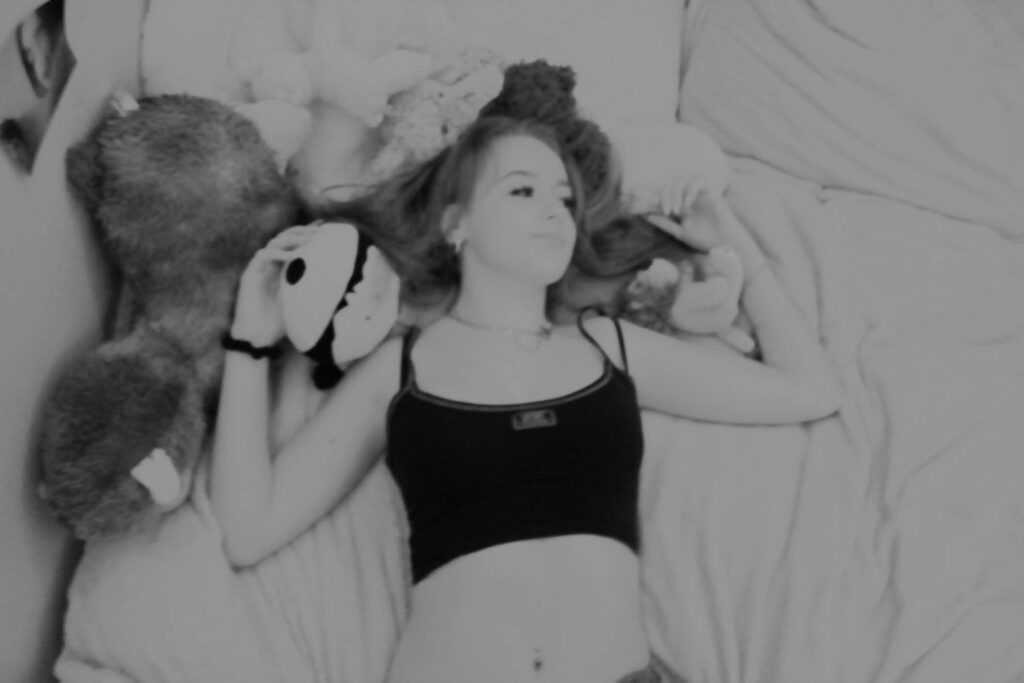
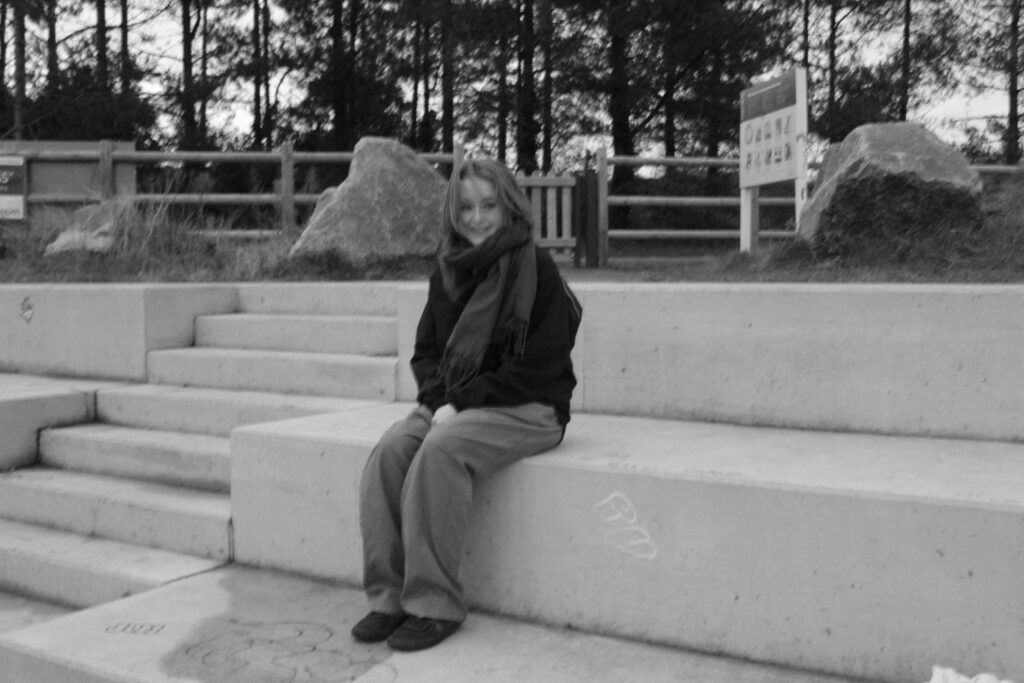
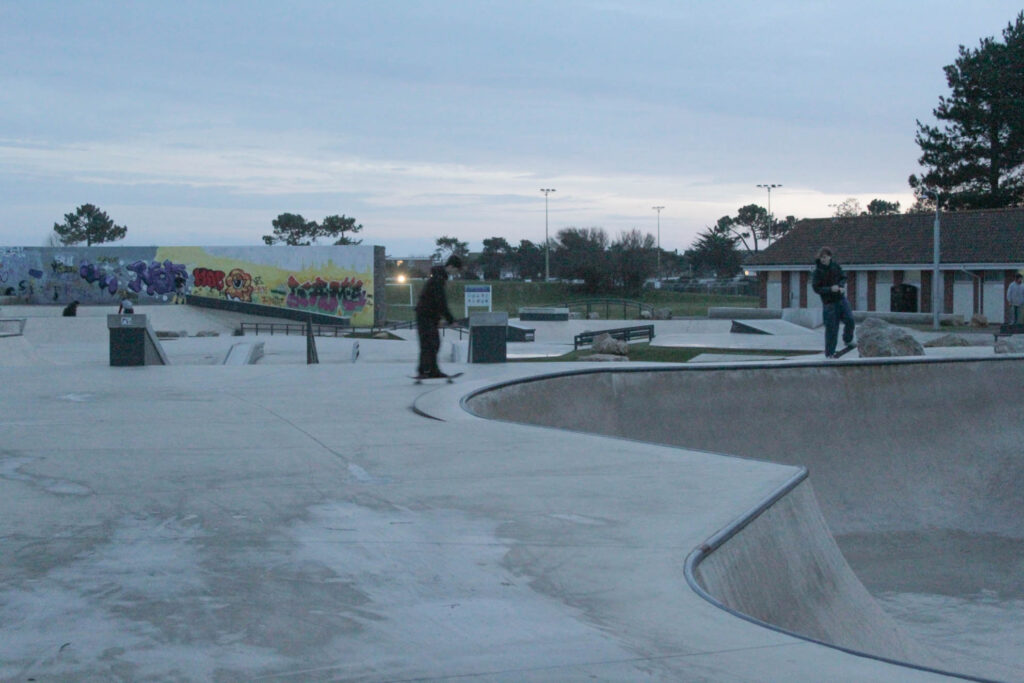
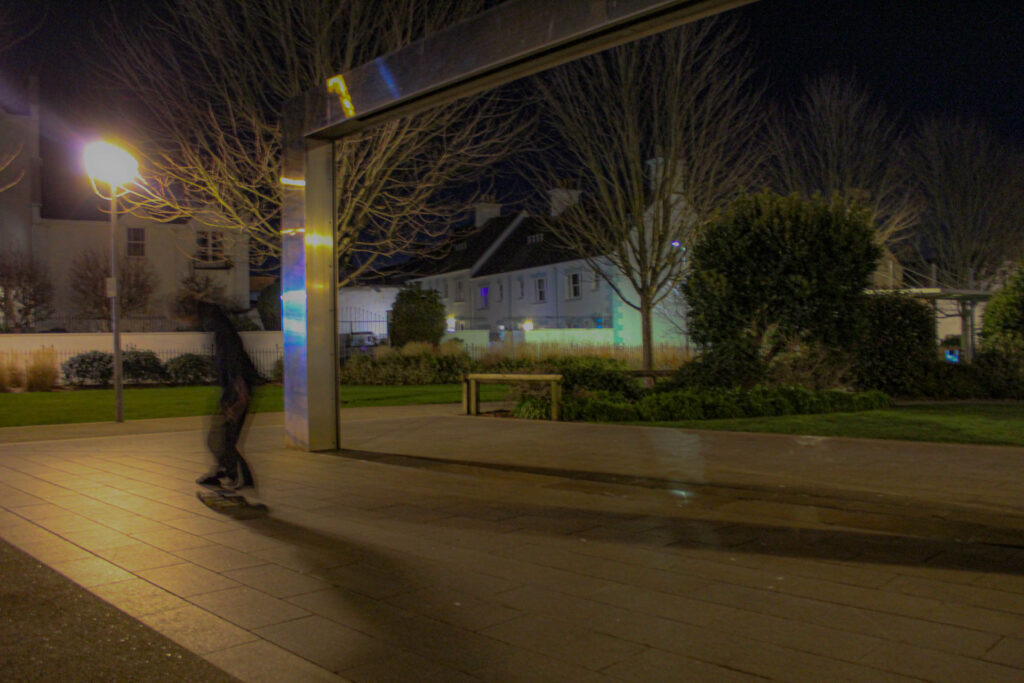
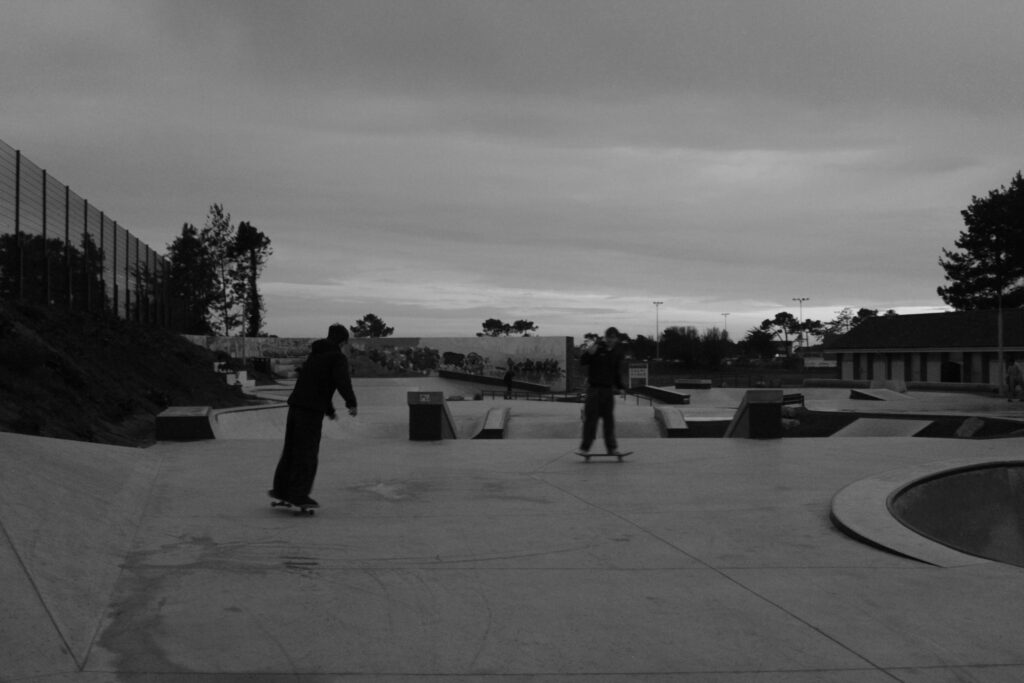
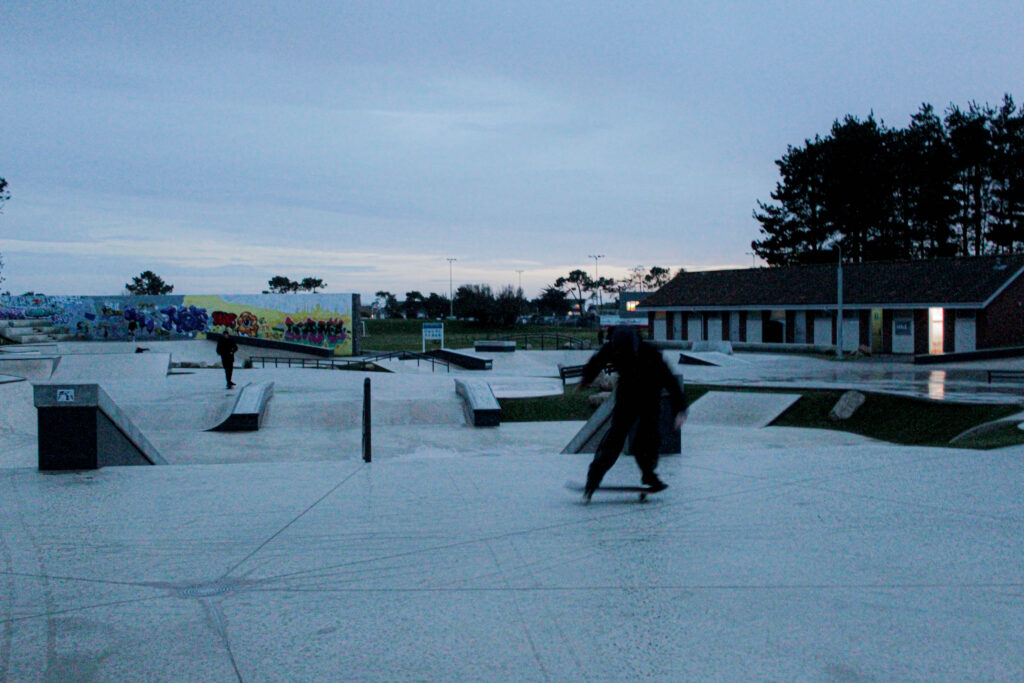
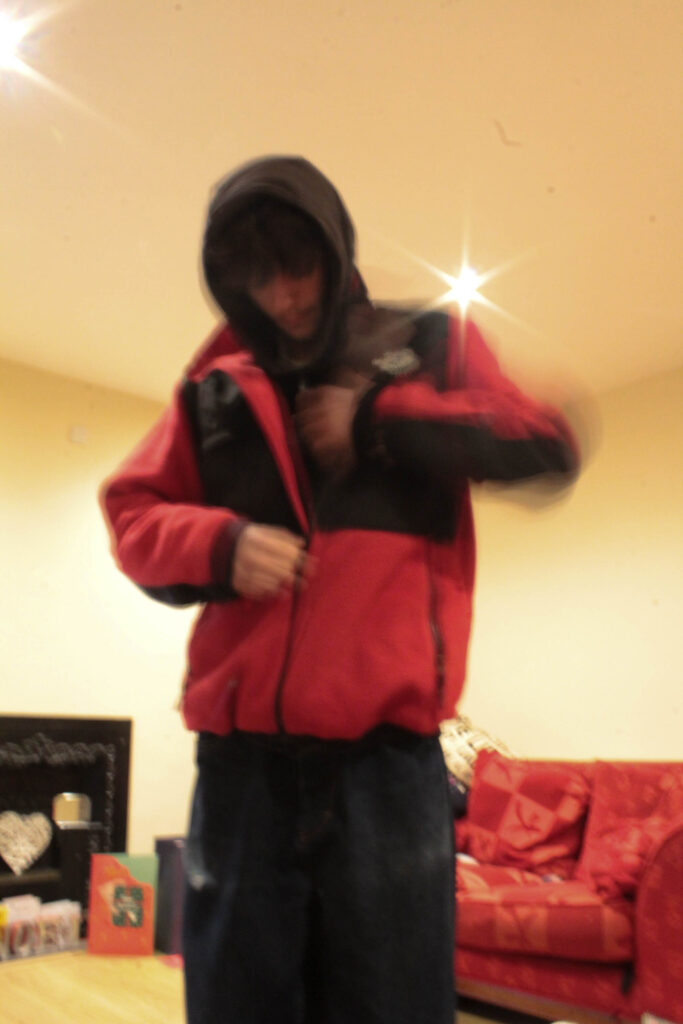
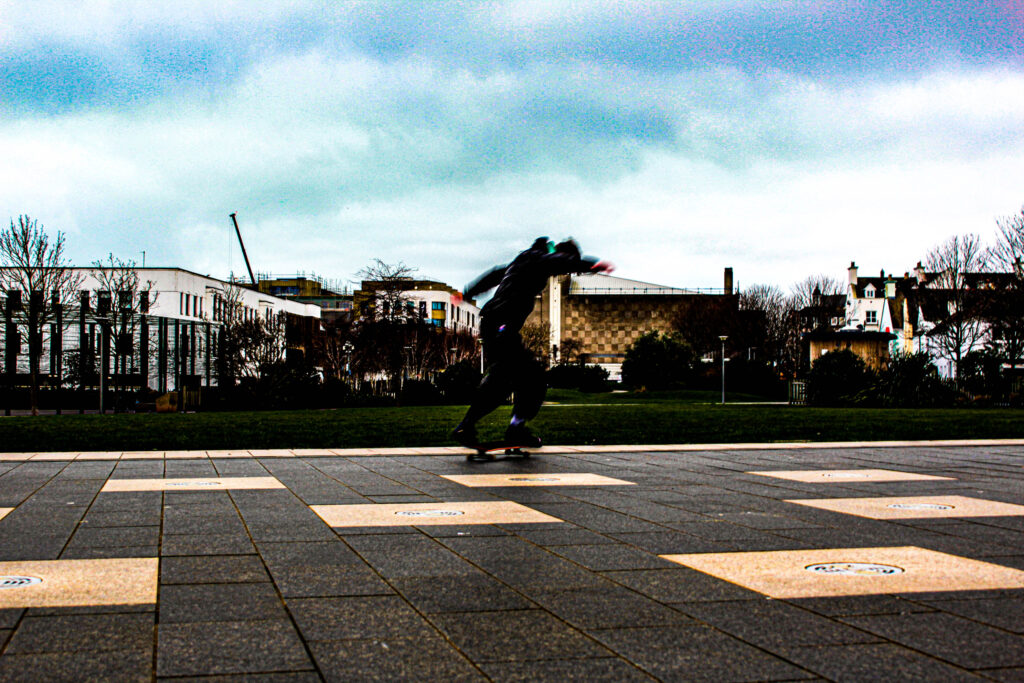
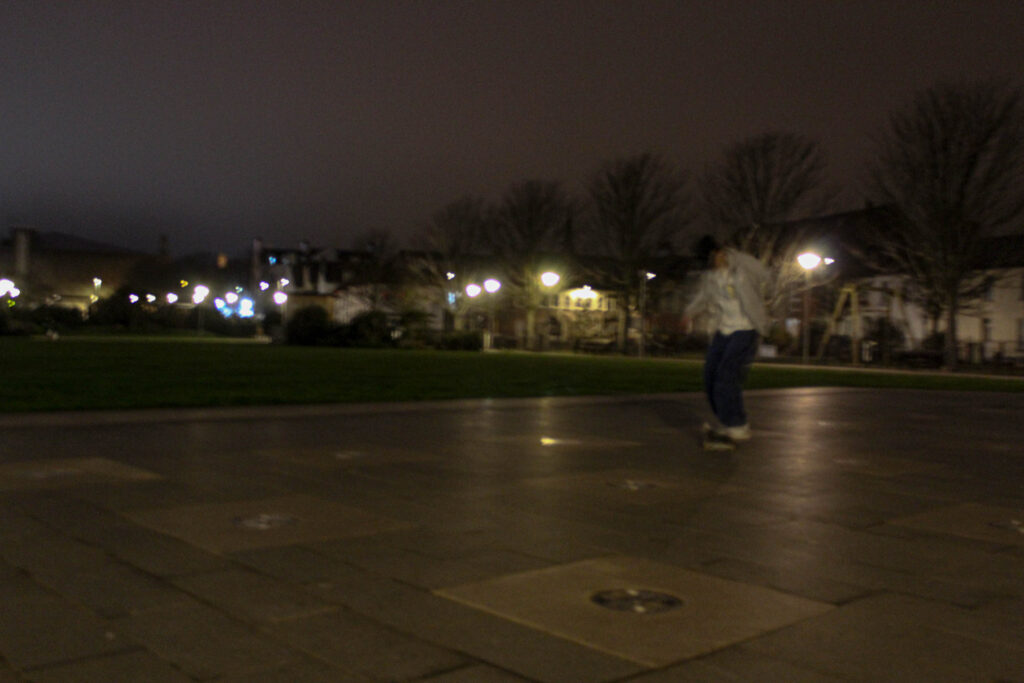

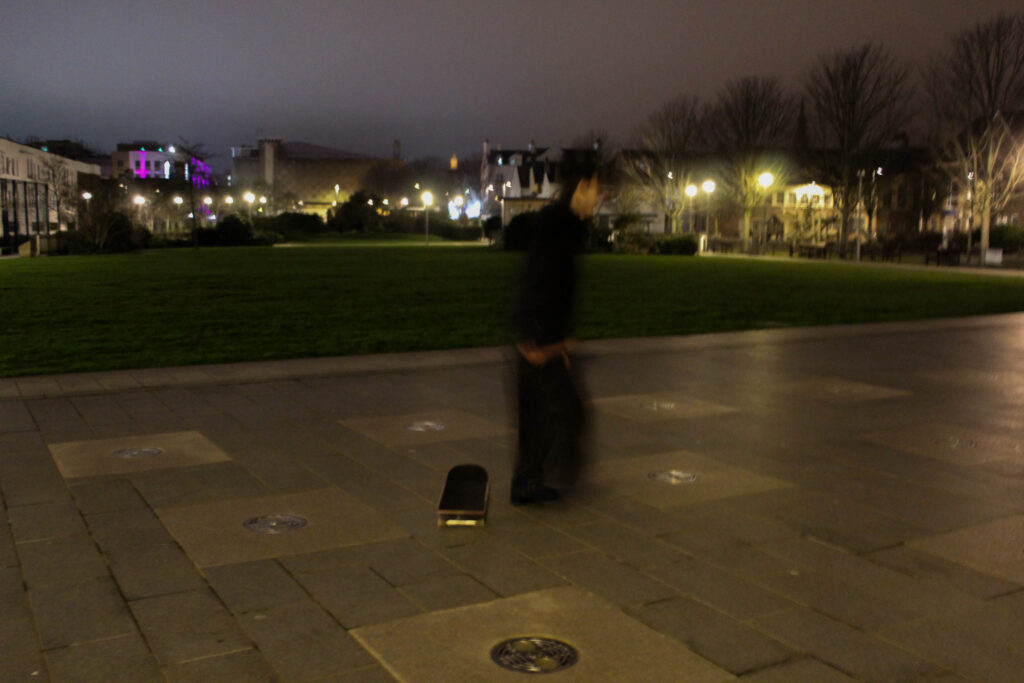
Photoshopped Image:
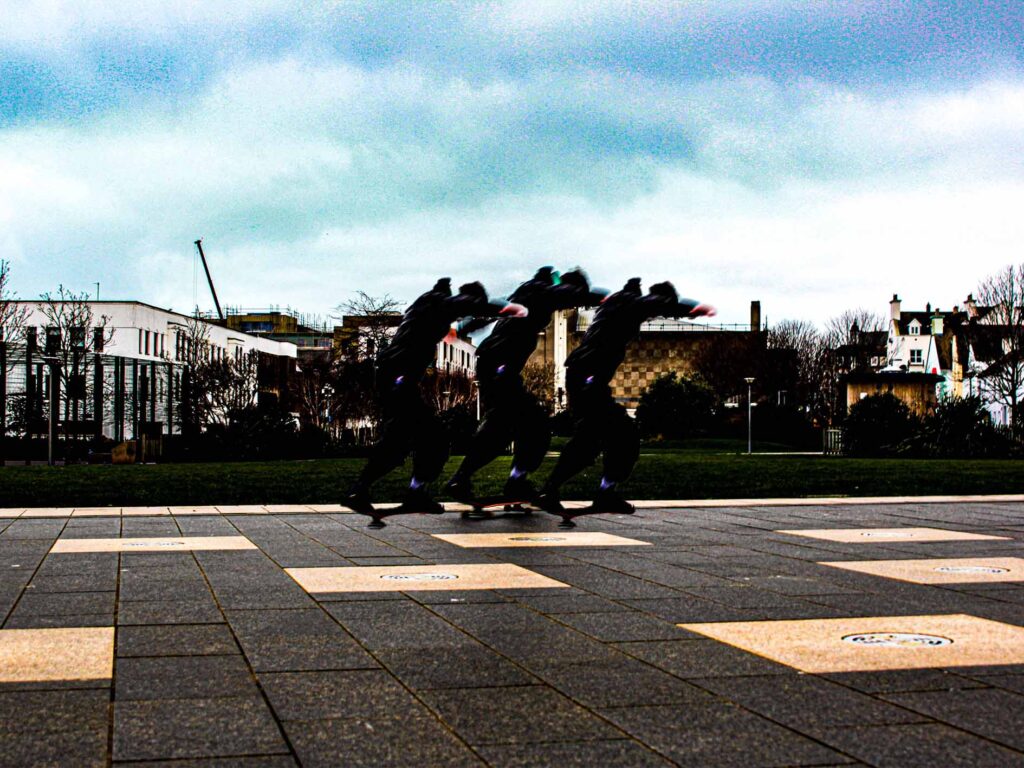
I used photoshop to created duplicates of my character, I did this to create a merge, and to make the image look even more unconfined, like it doesn’t have to be something so simple and ordinary but instead its an image of question, an image that Francesca Woodman would’ve created to add to her innovative ideas.
Personal Response Photoshoot ~Femininity (edited):
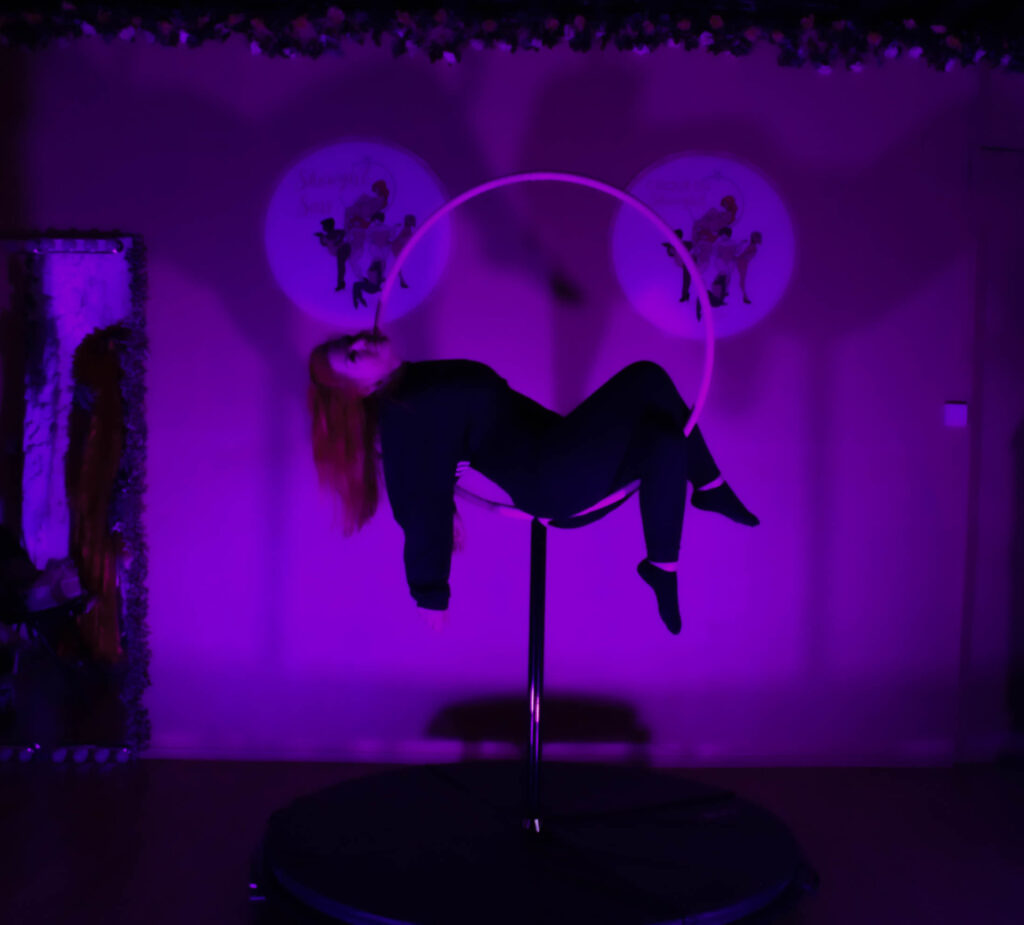
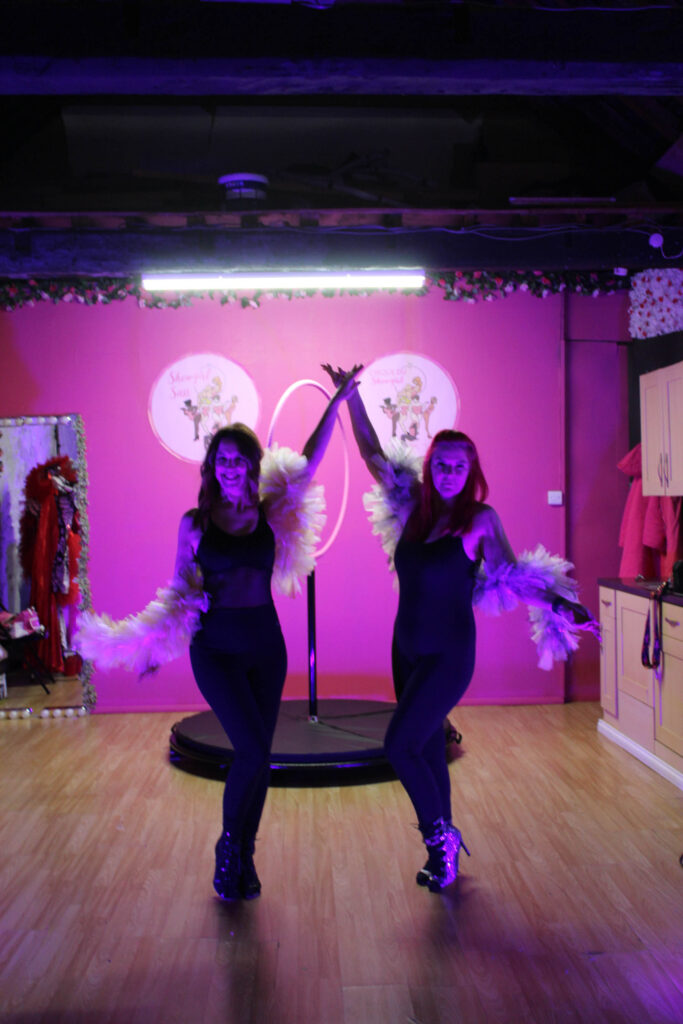
Personal Response Photoshoot ~ Contrast (edited) :
